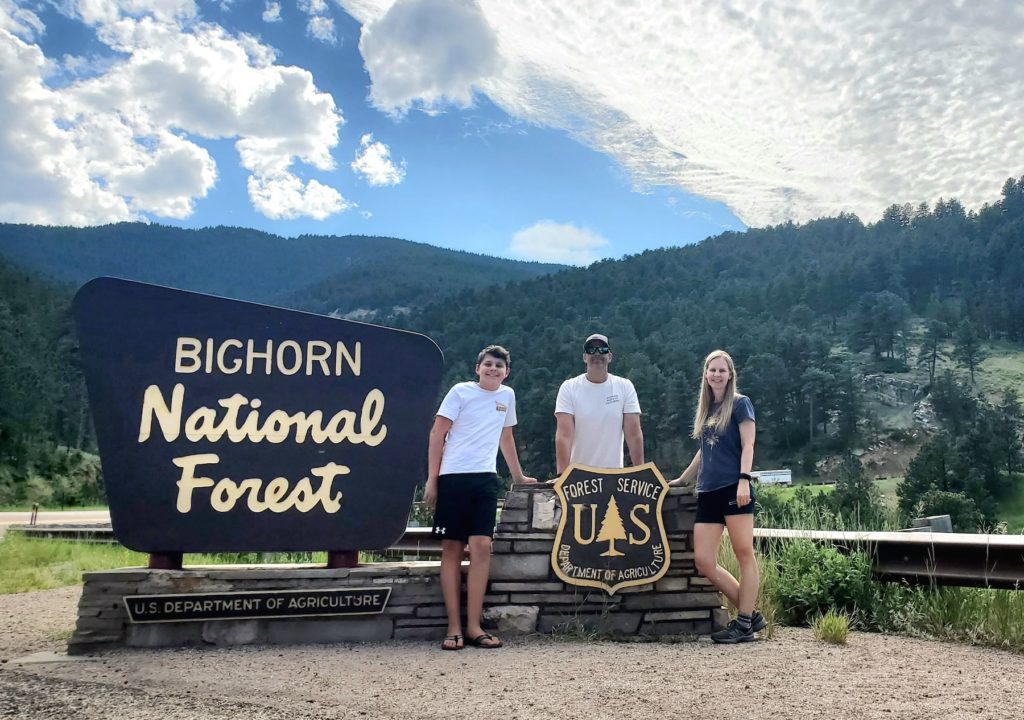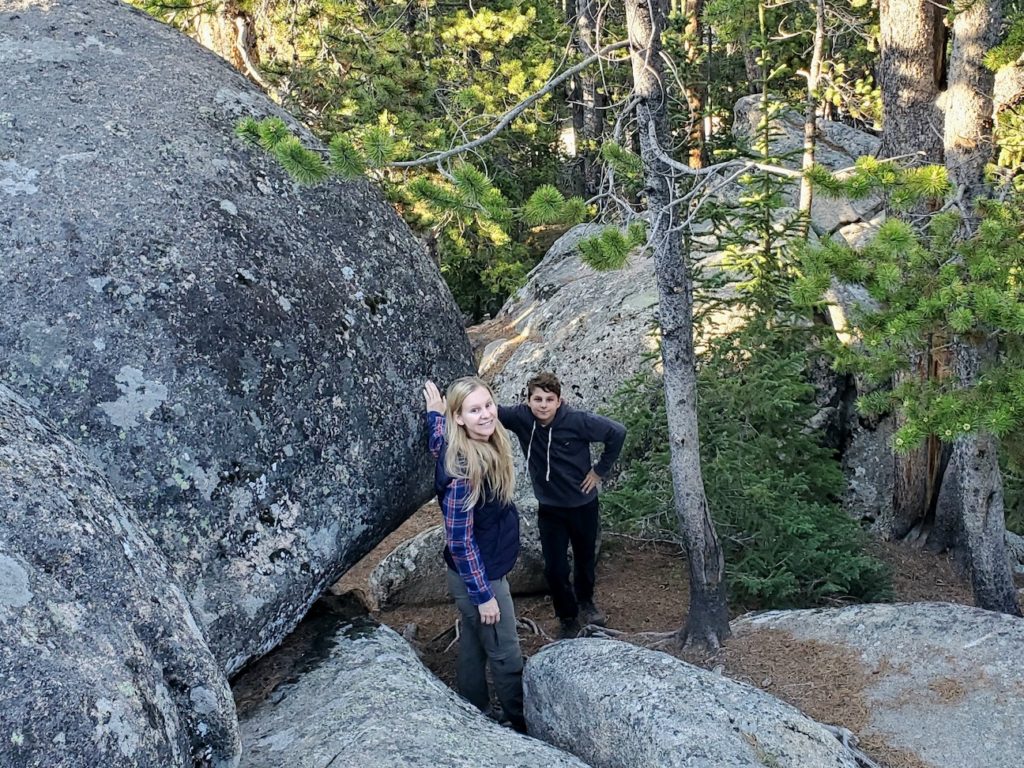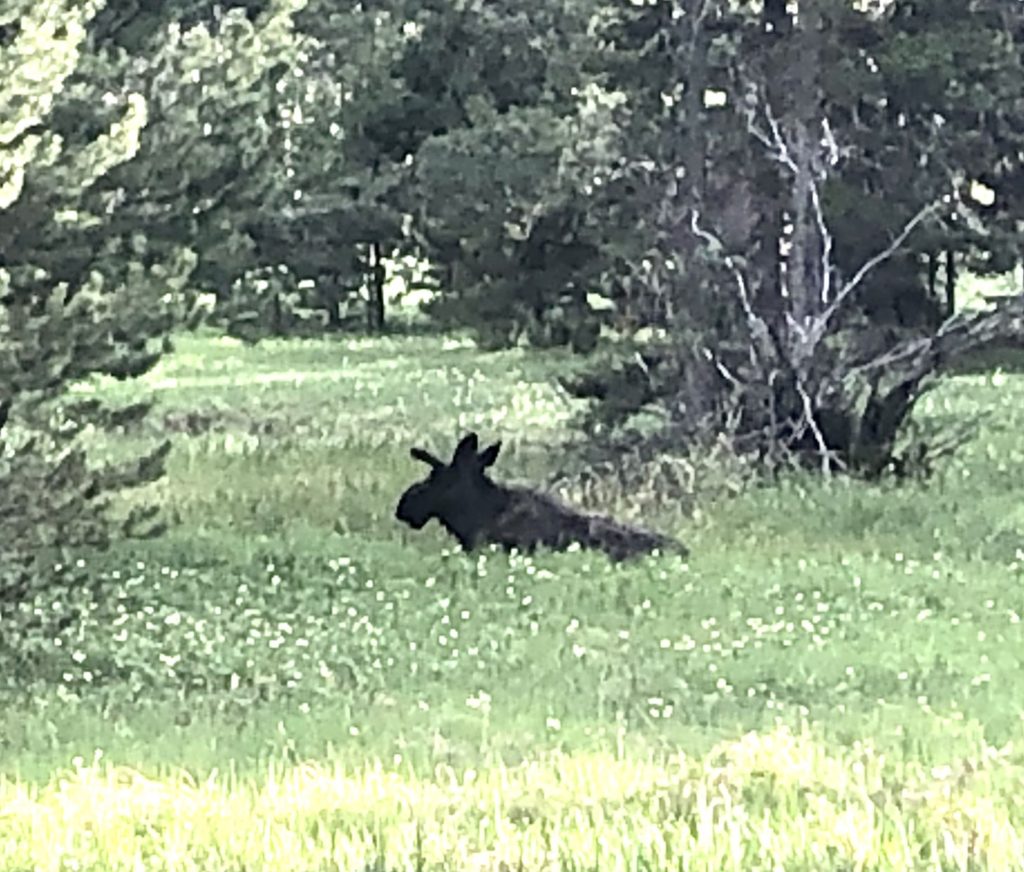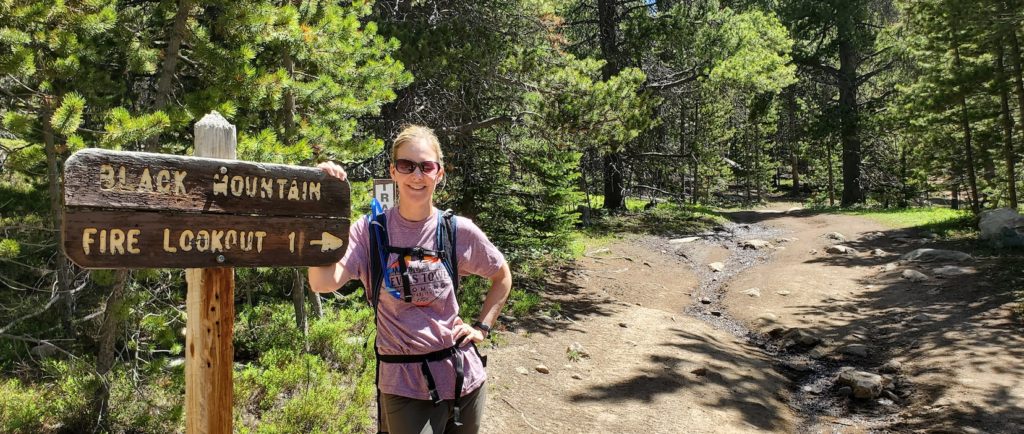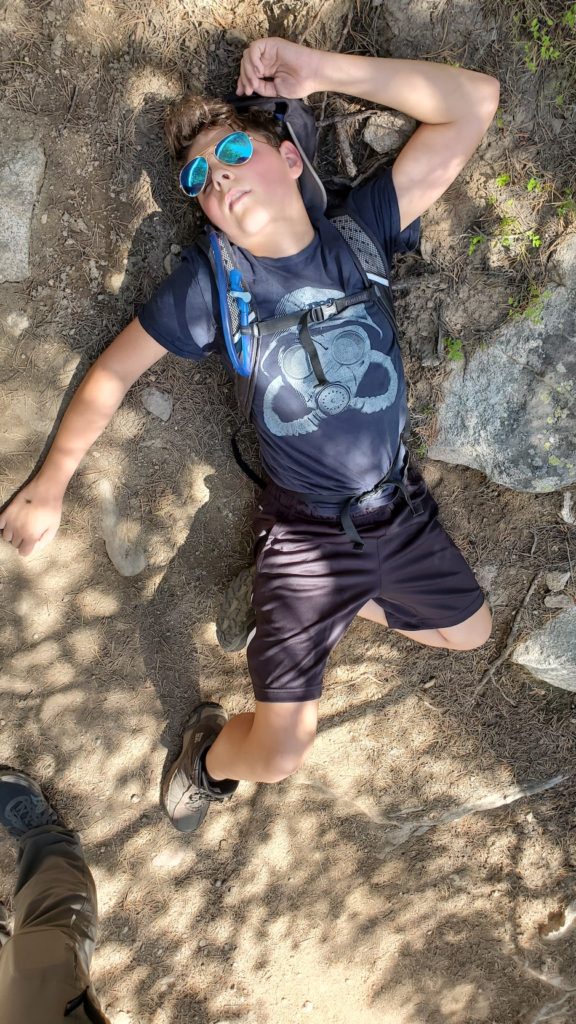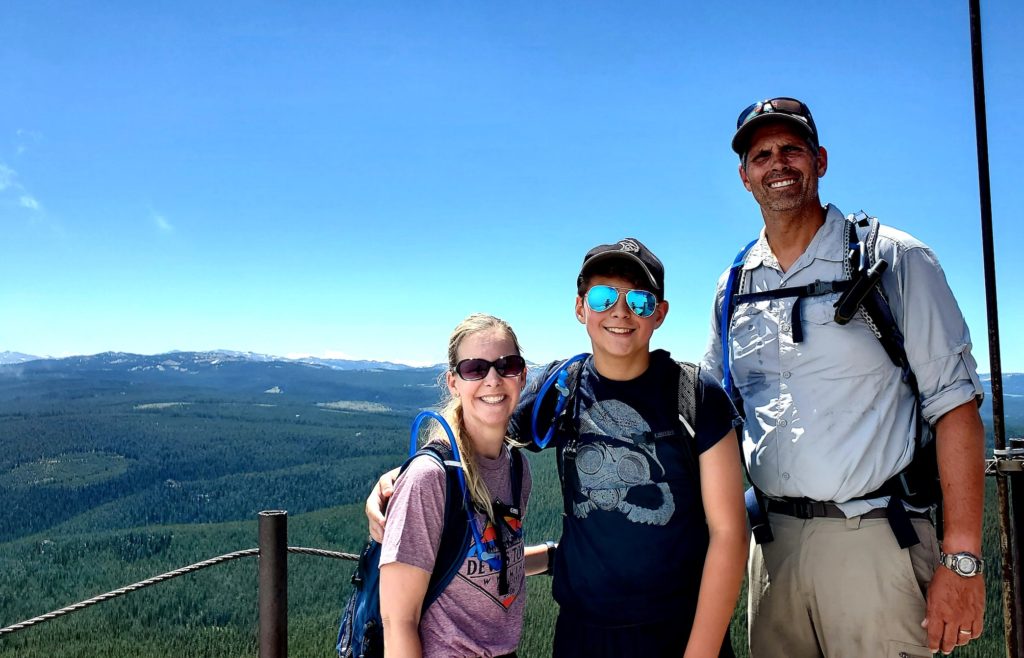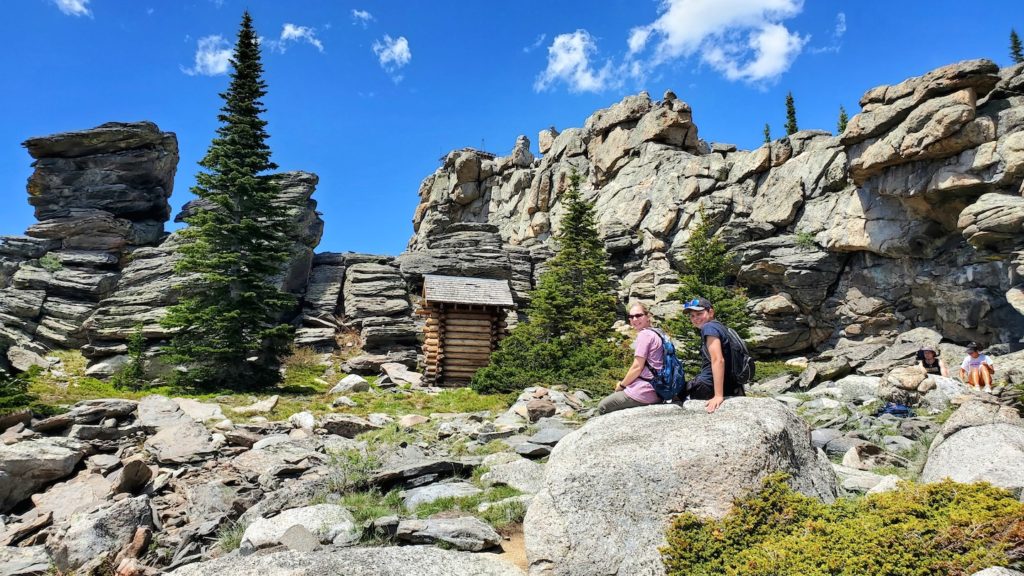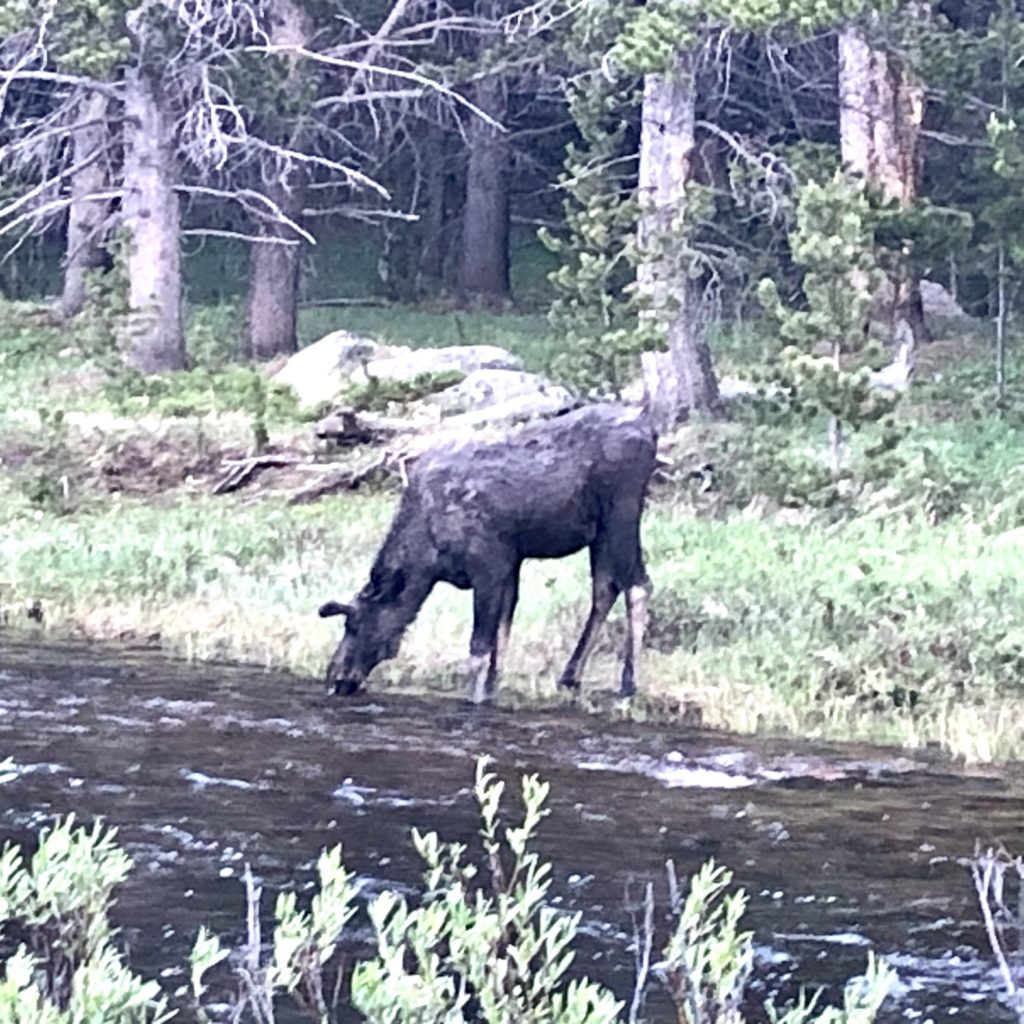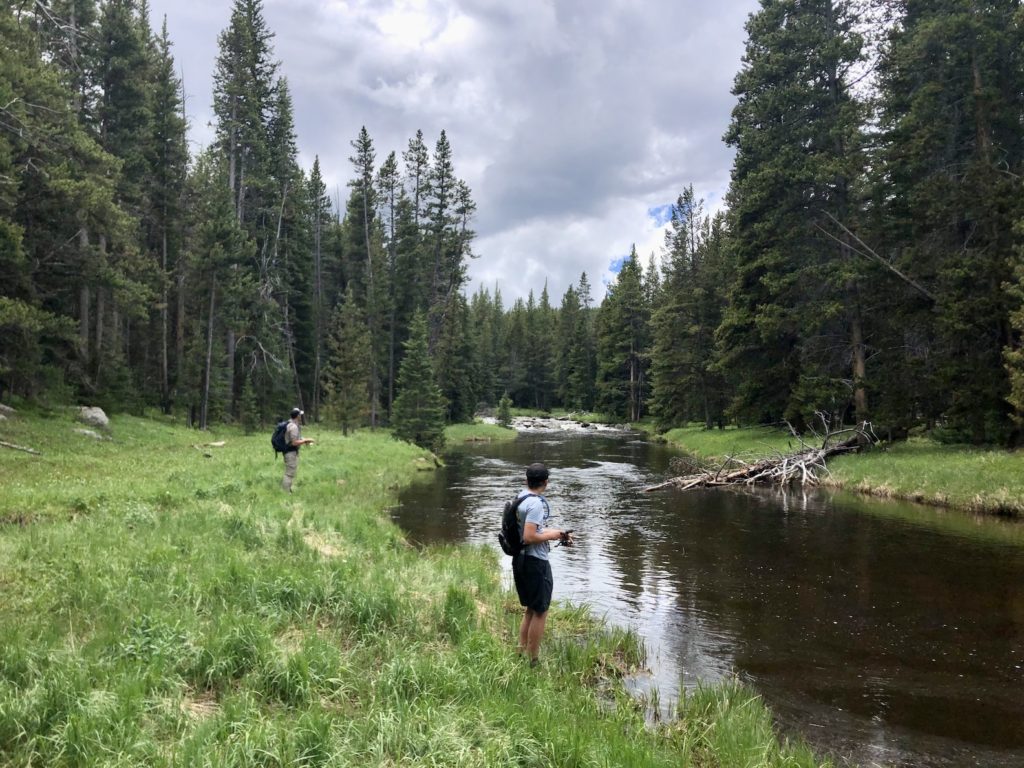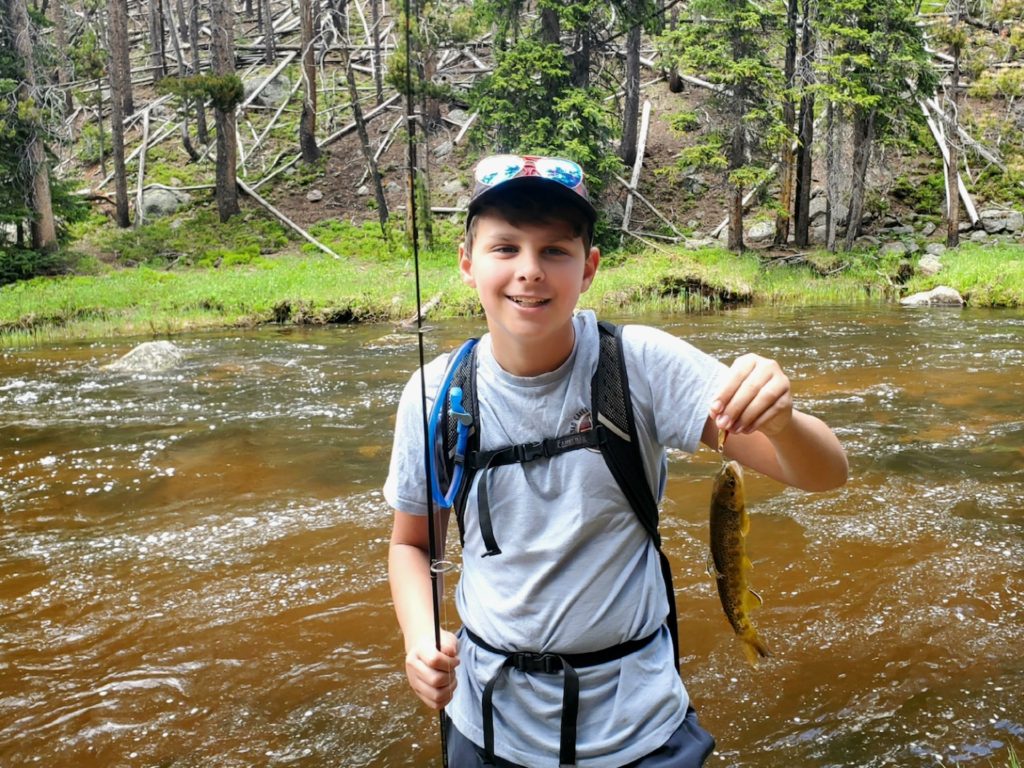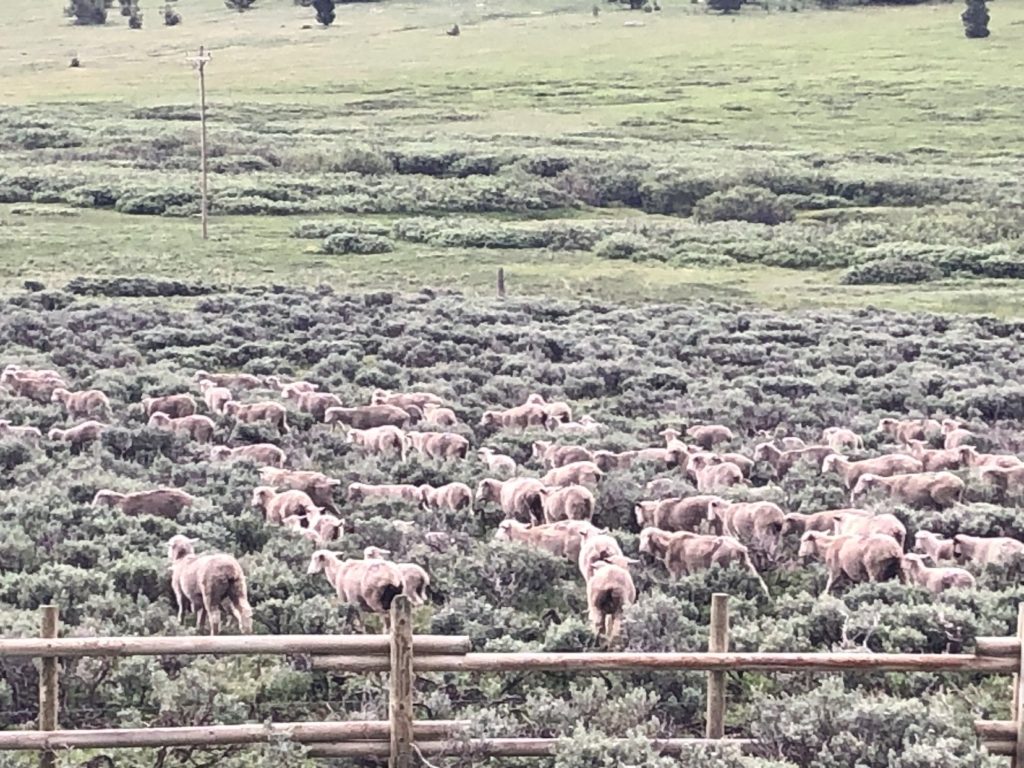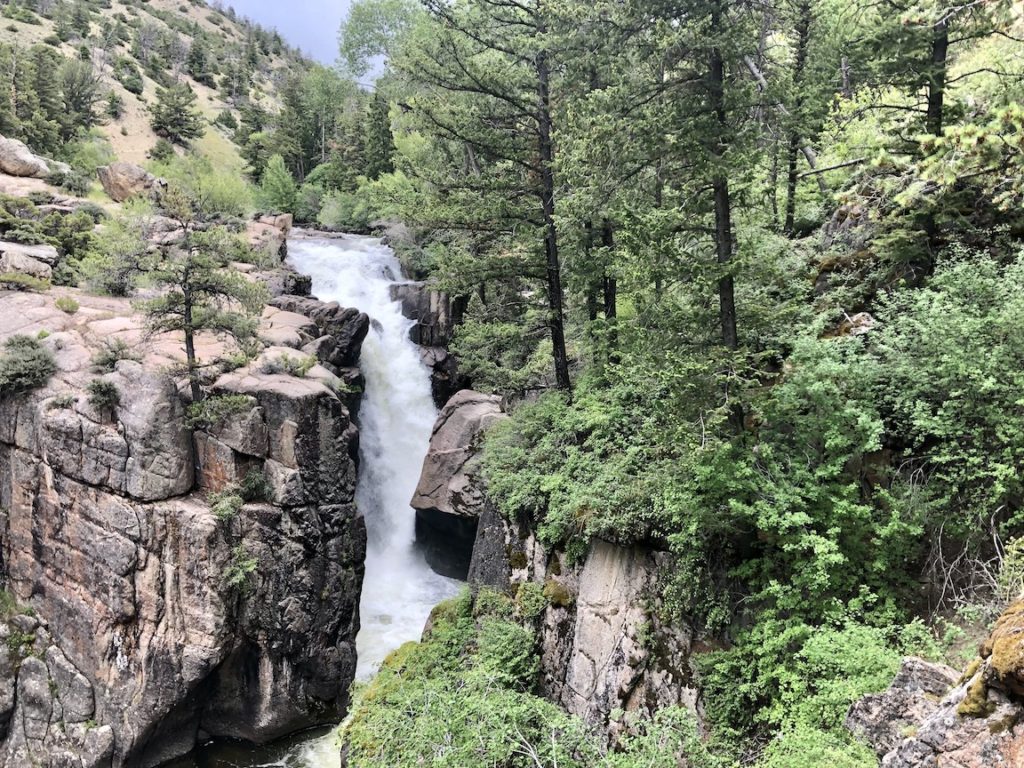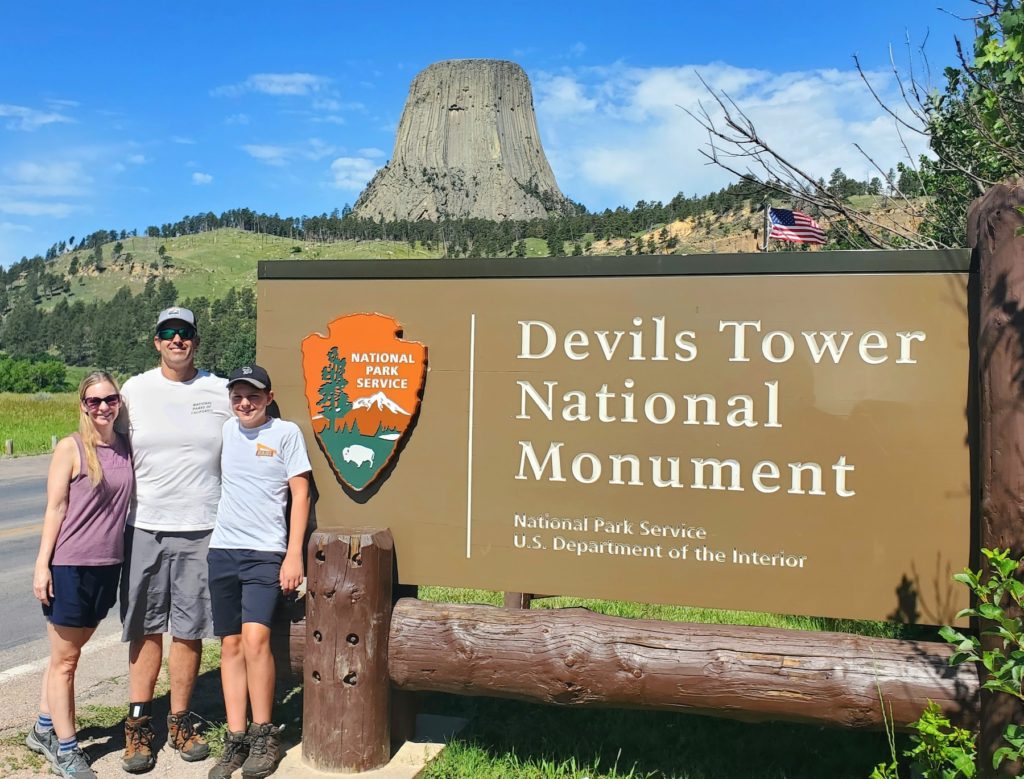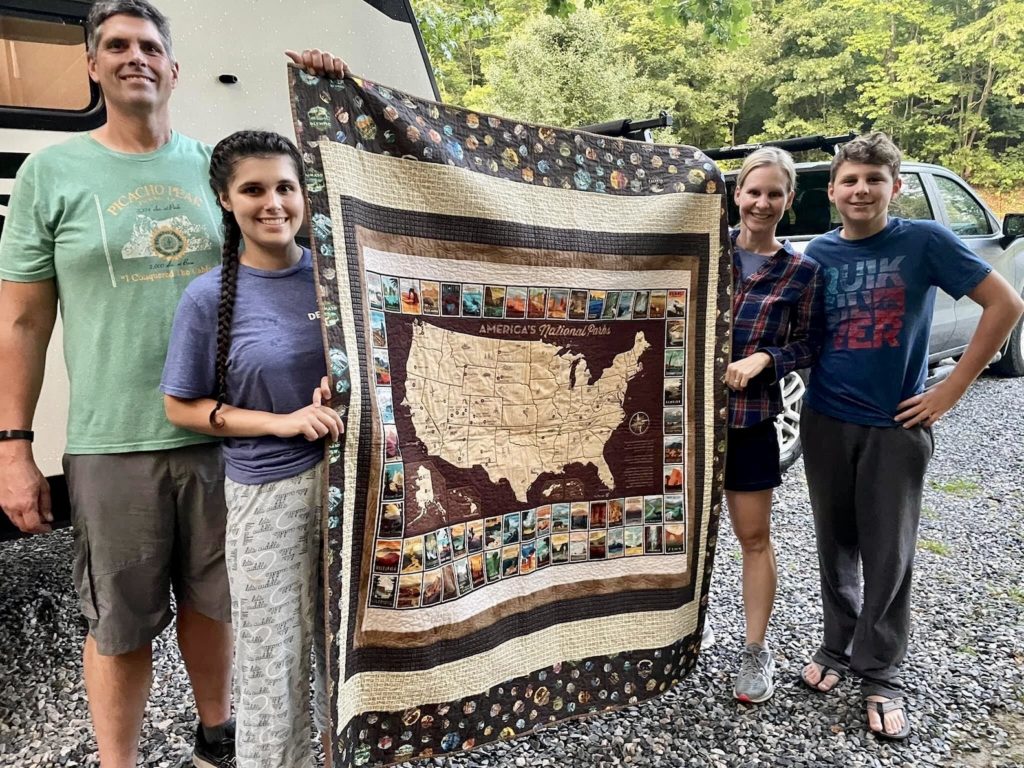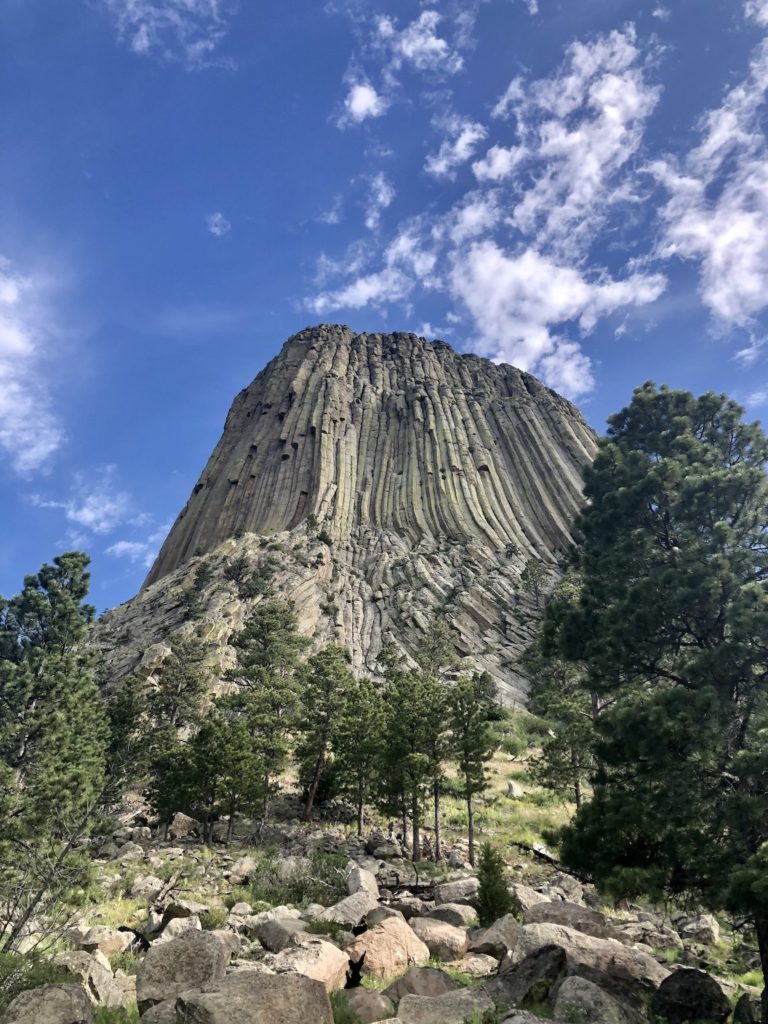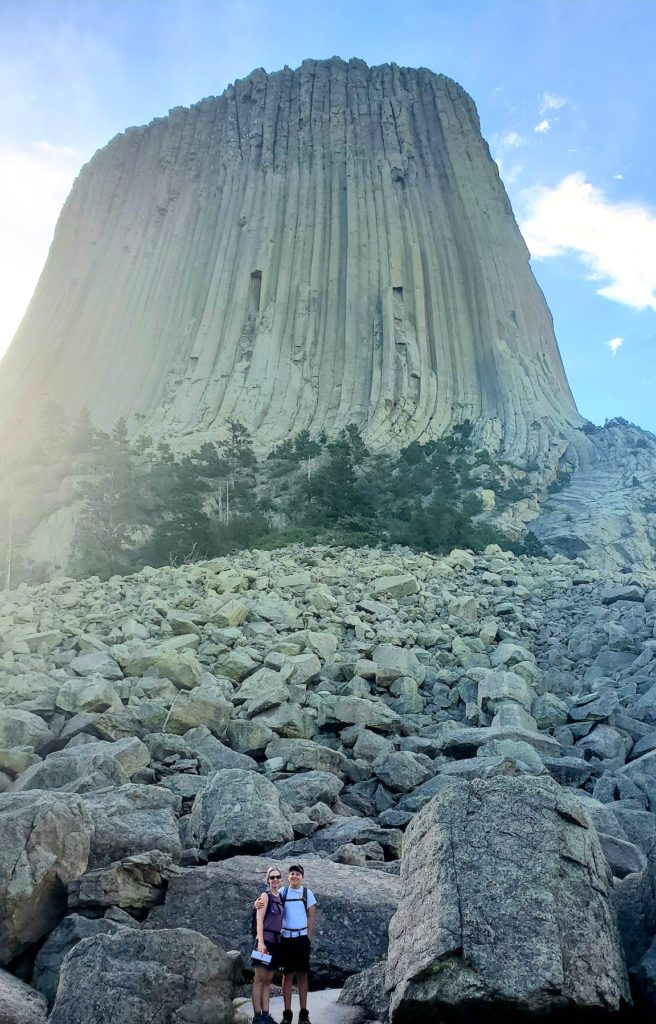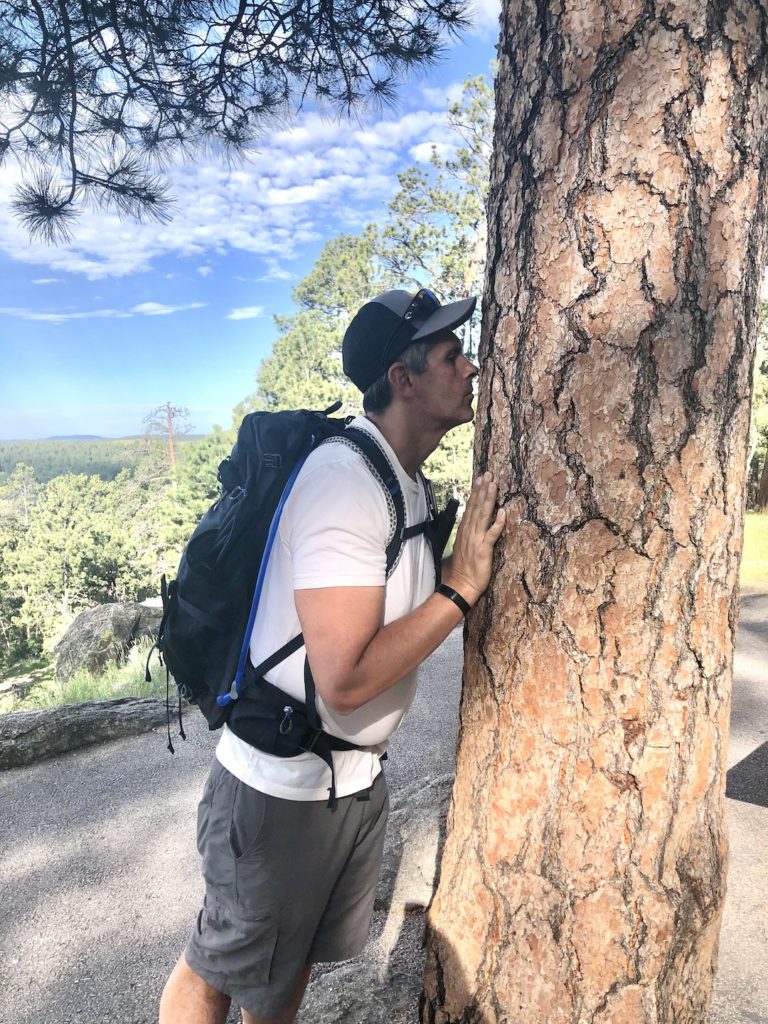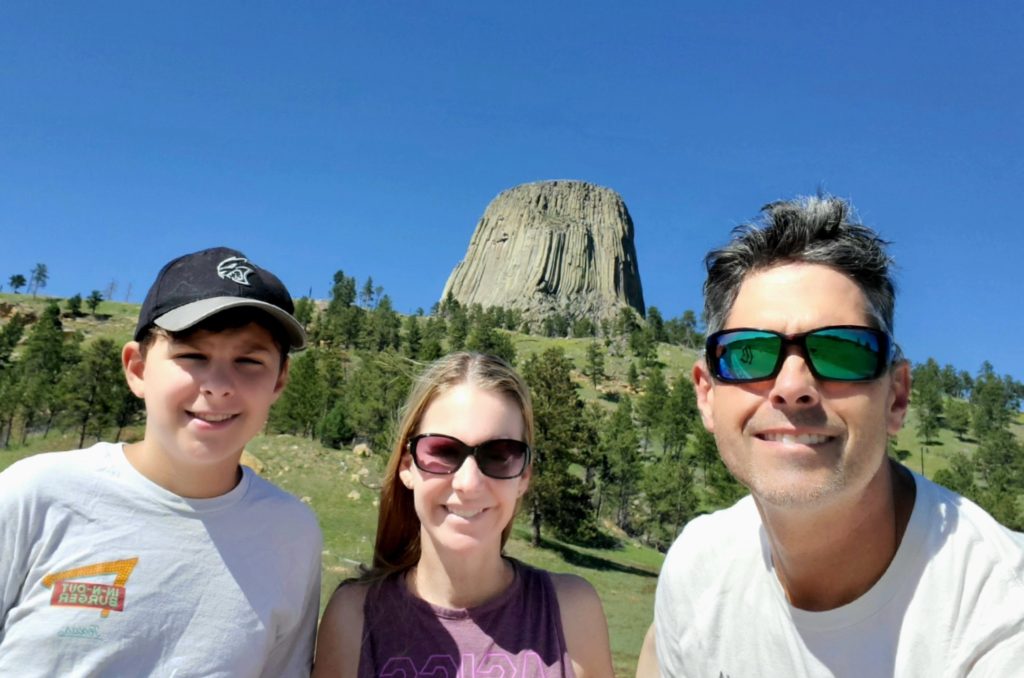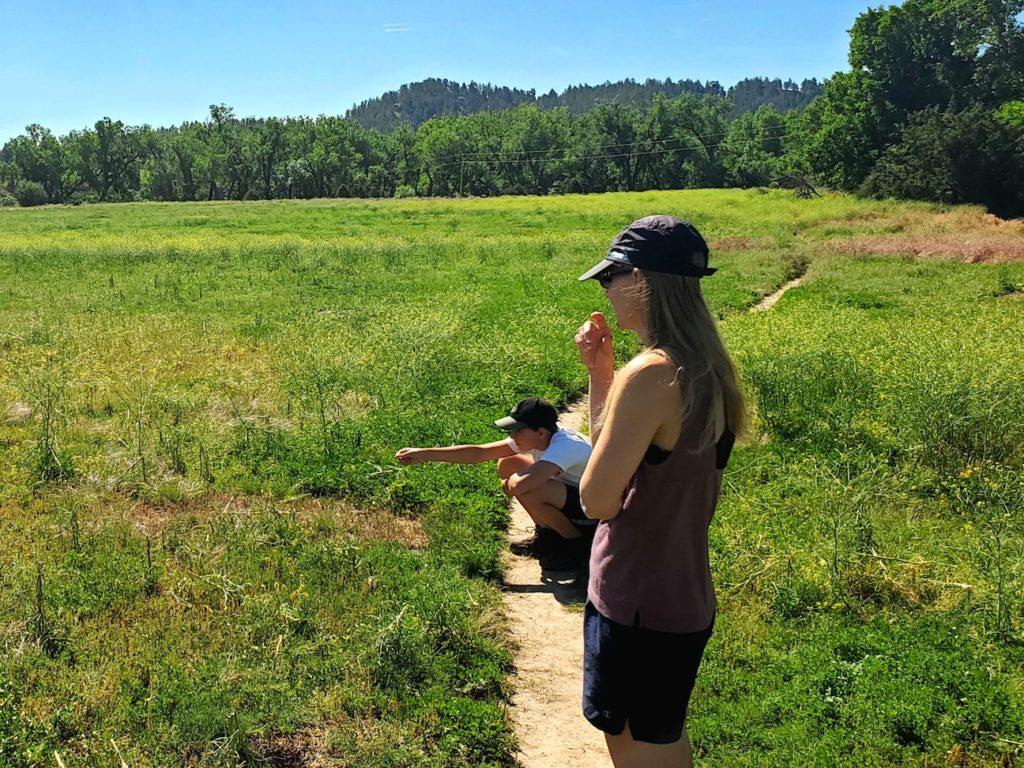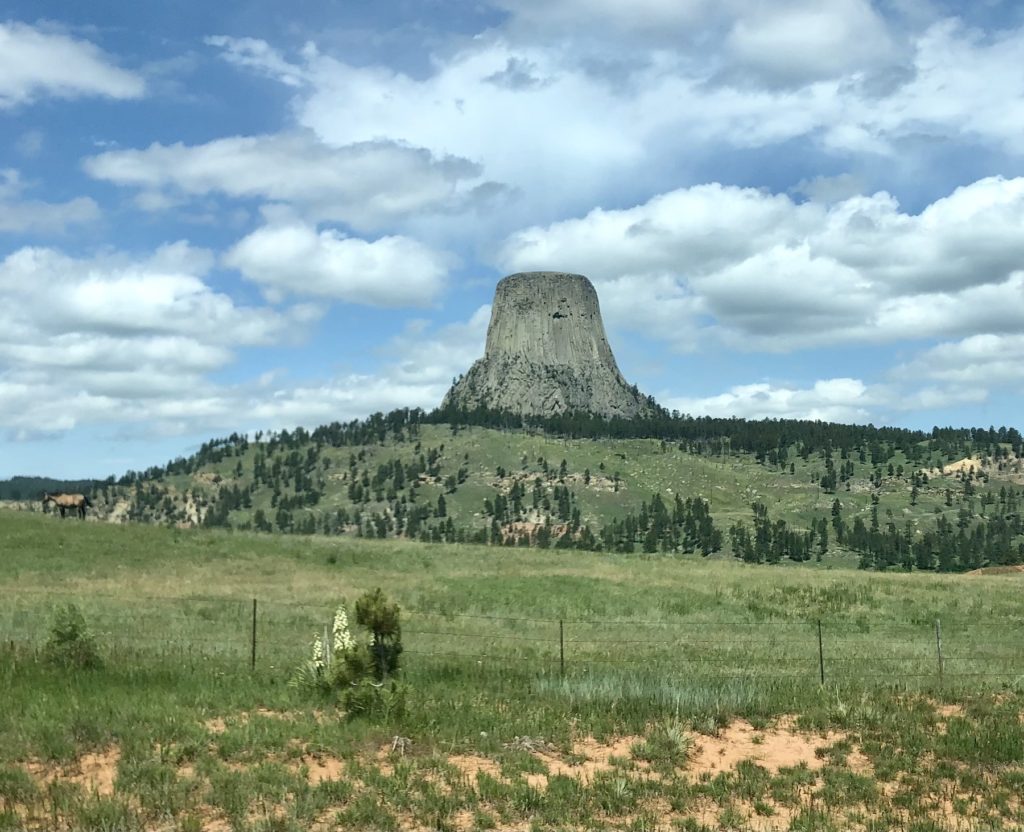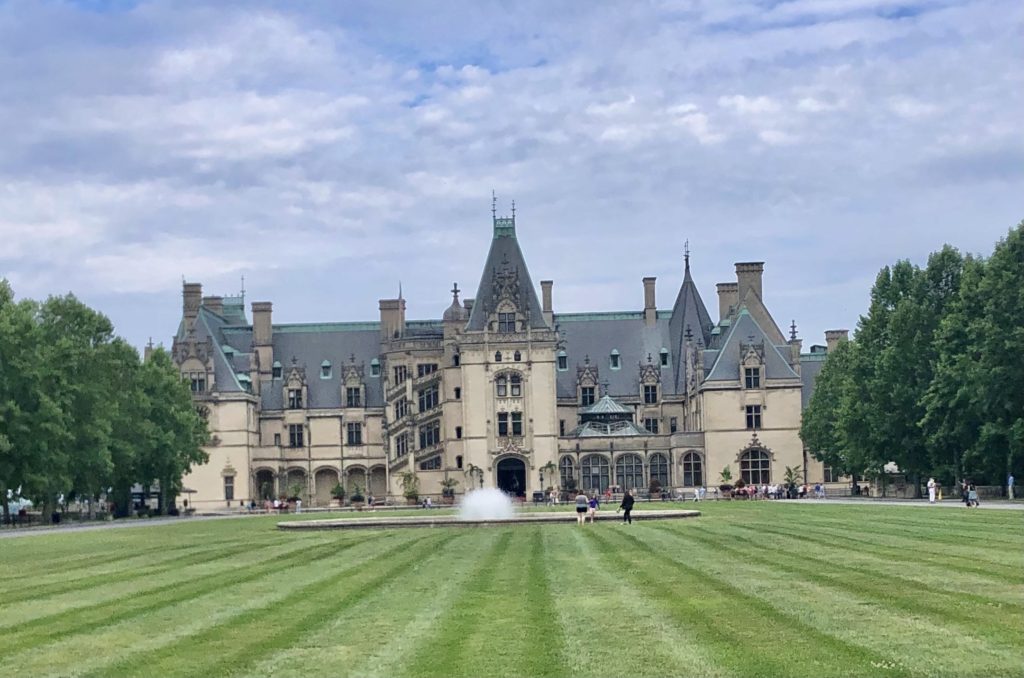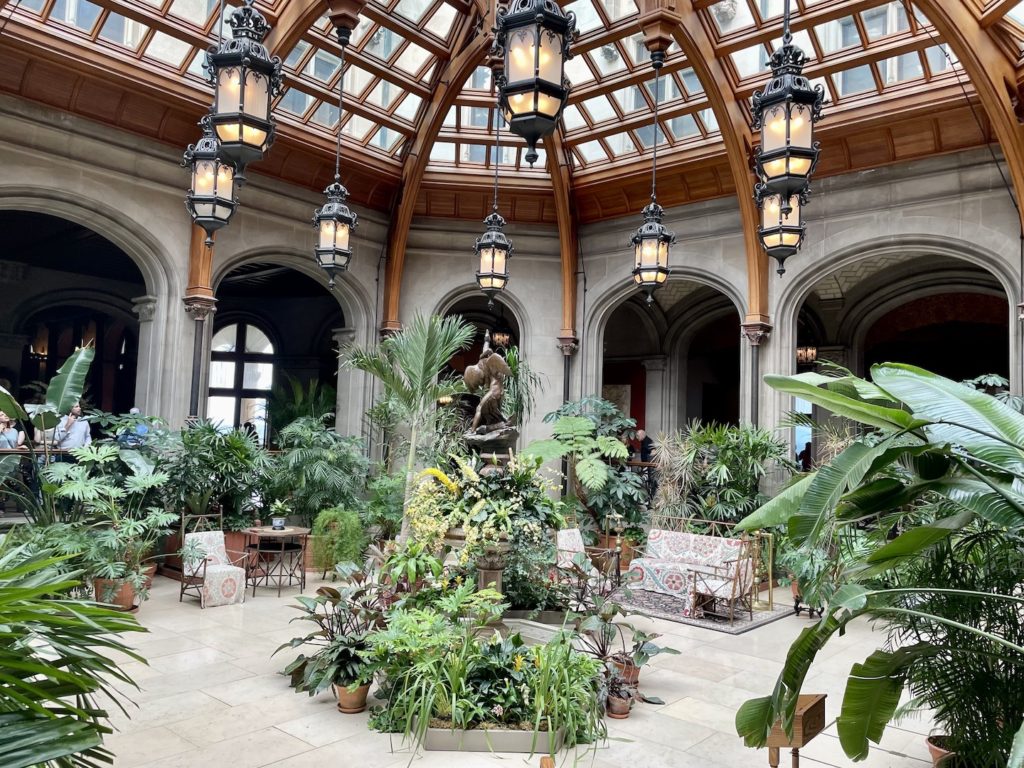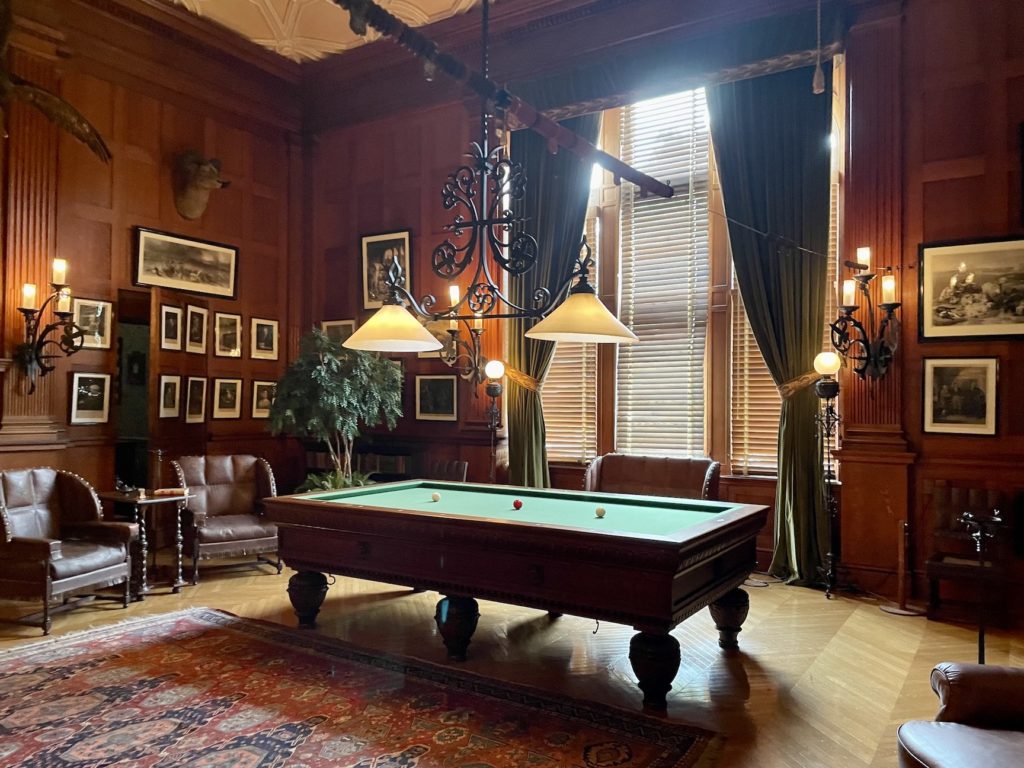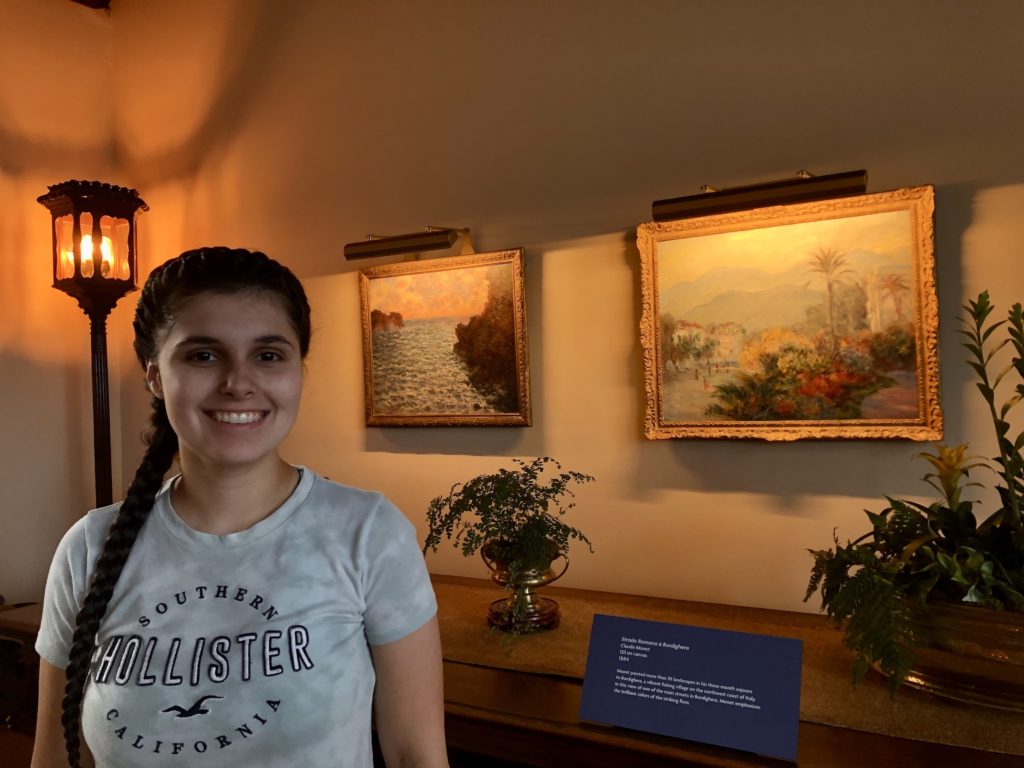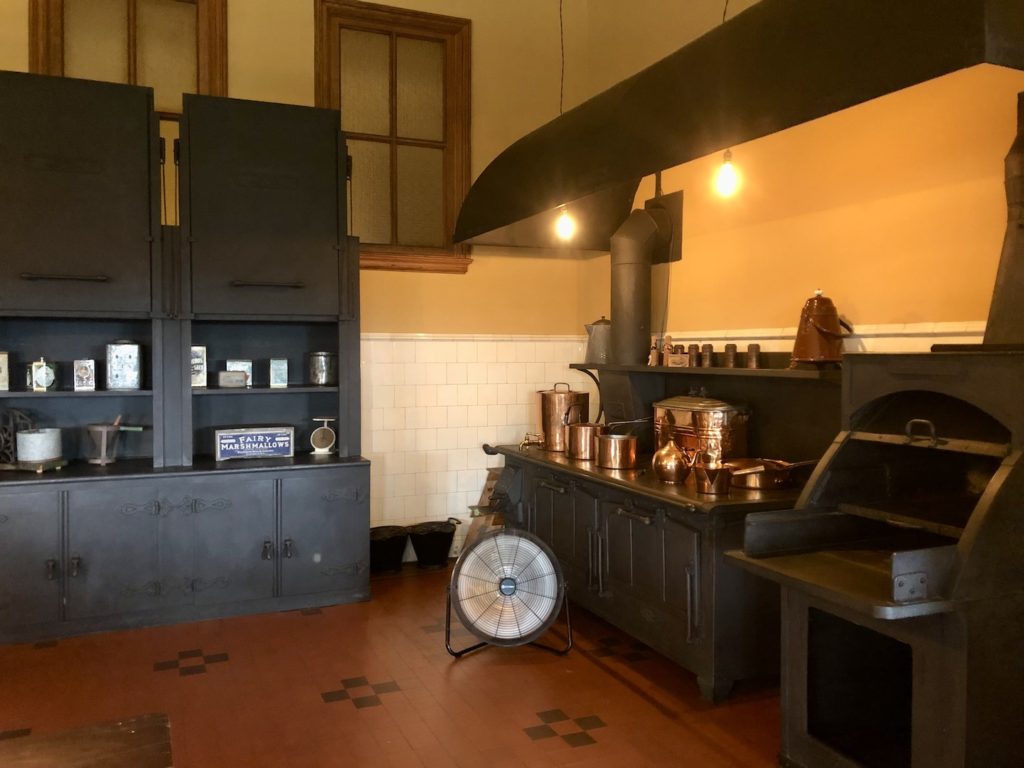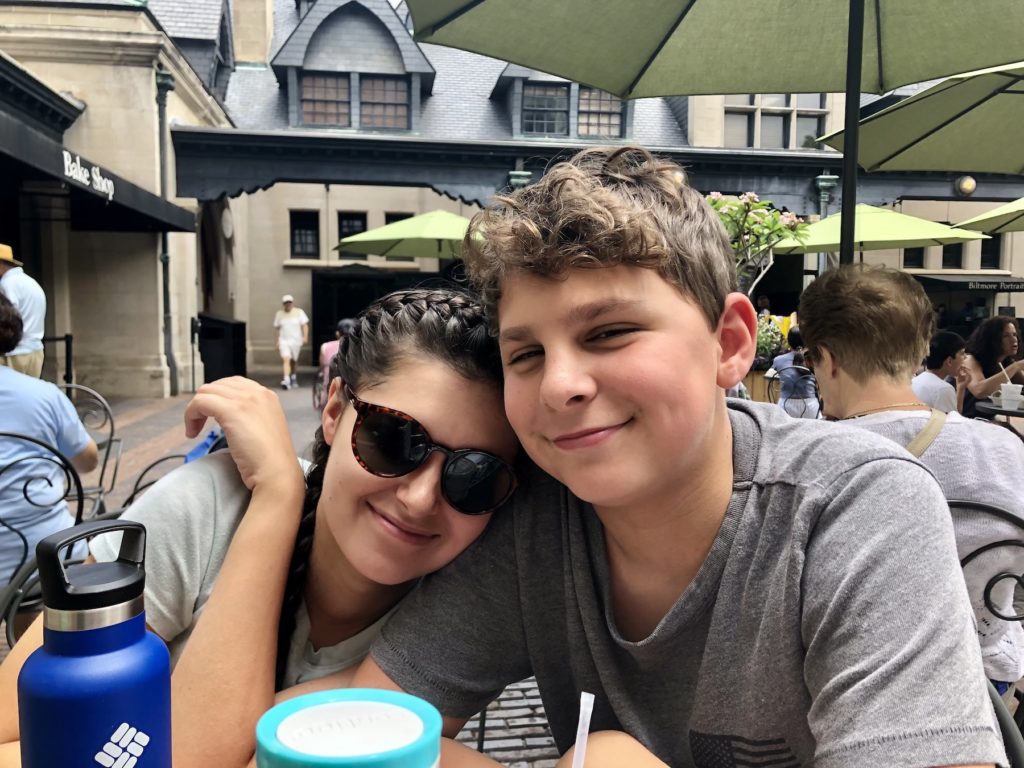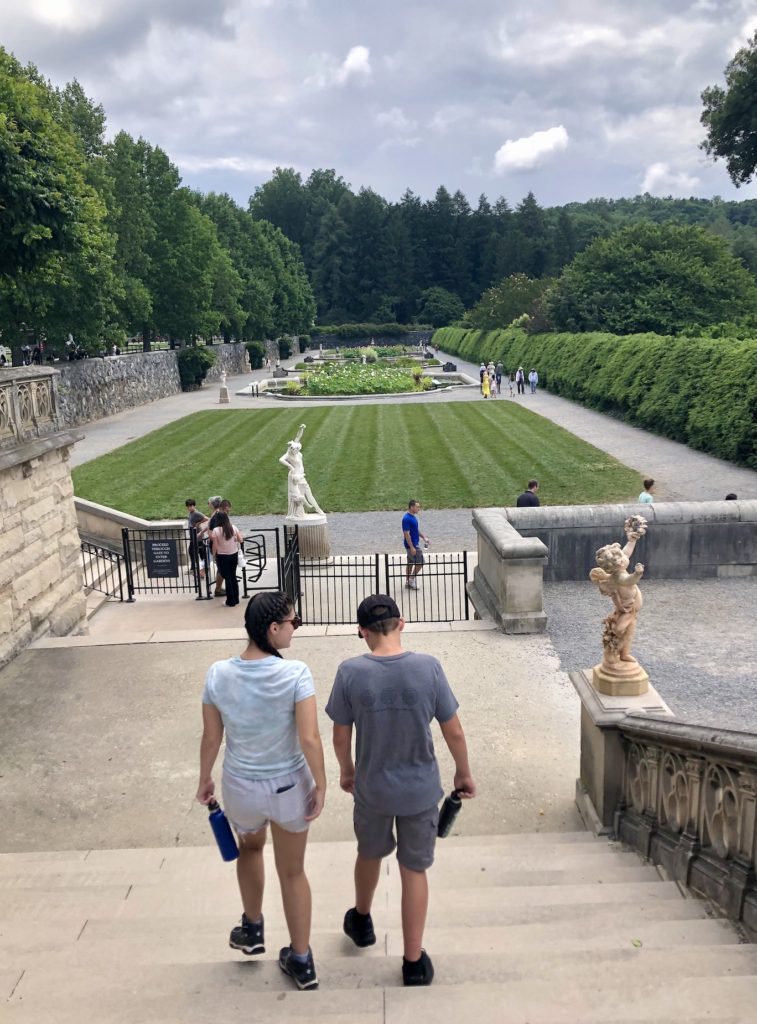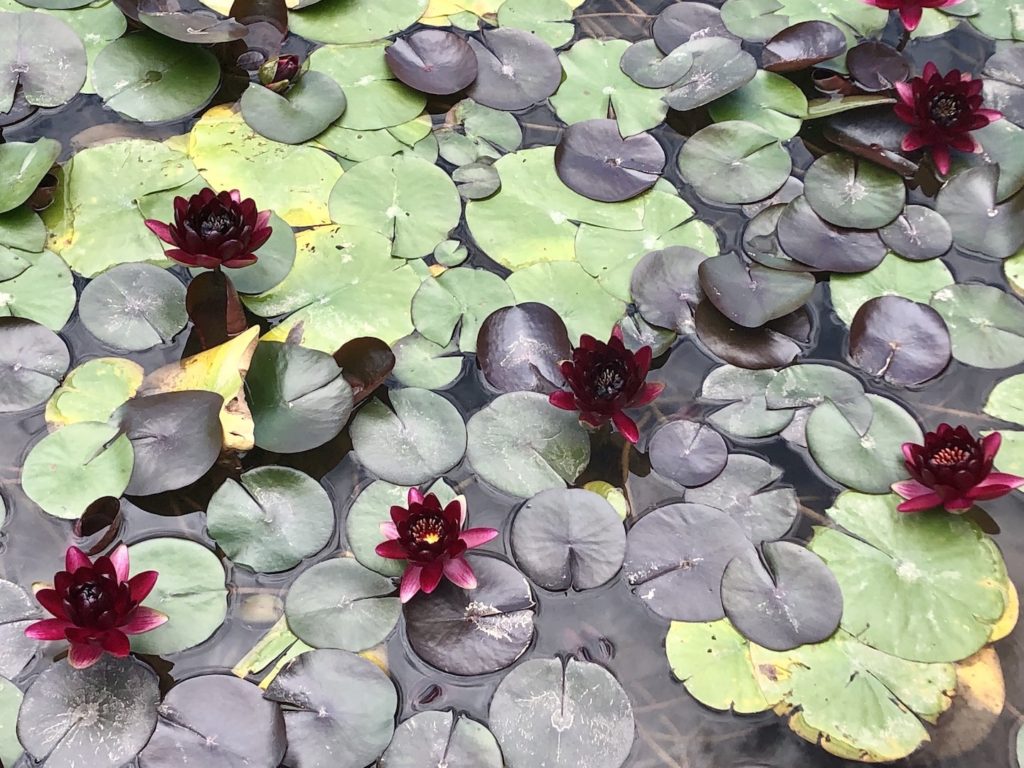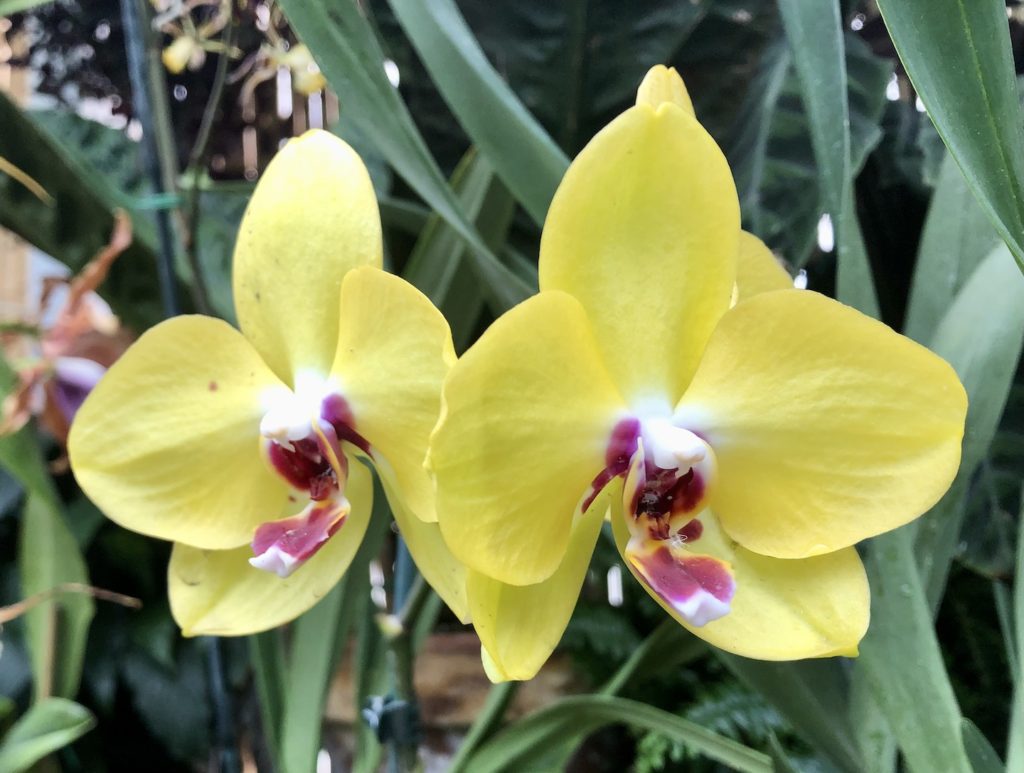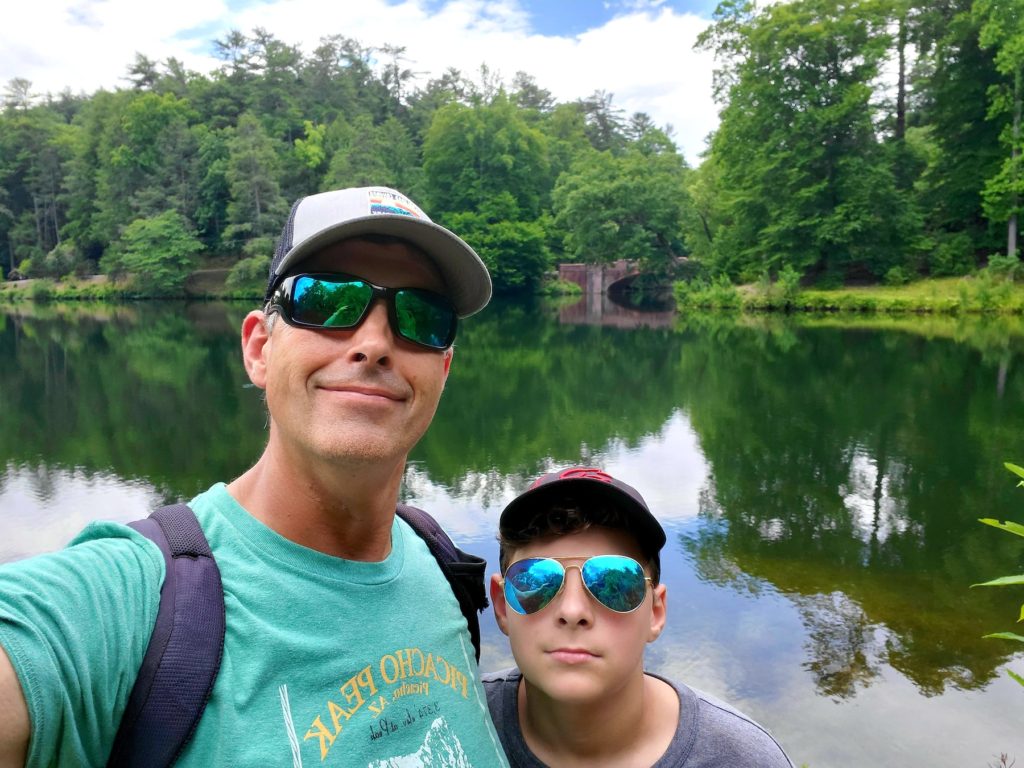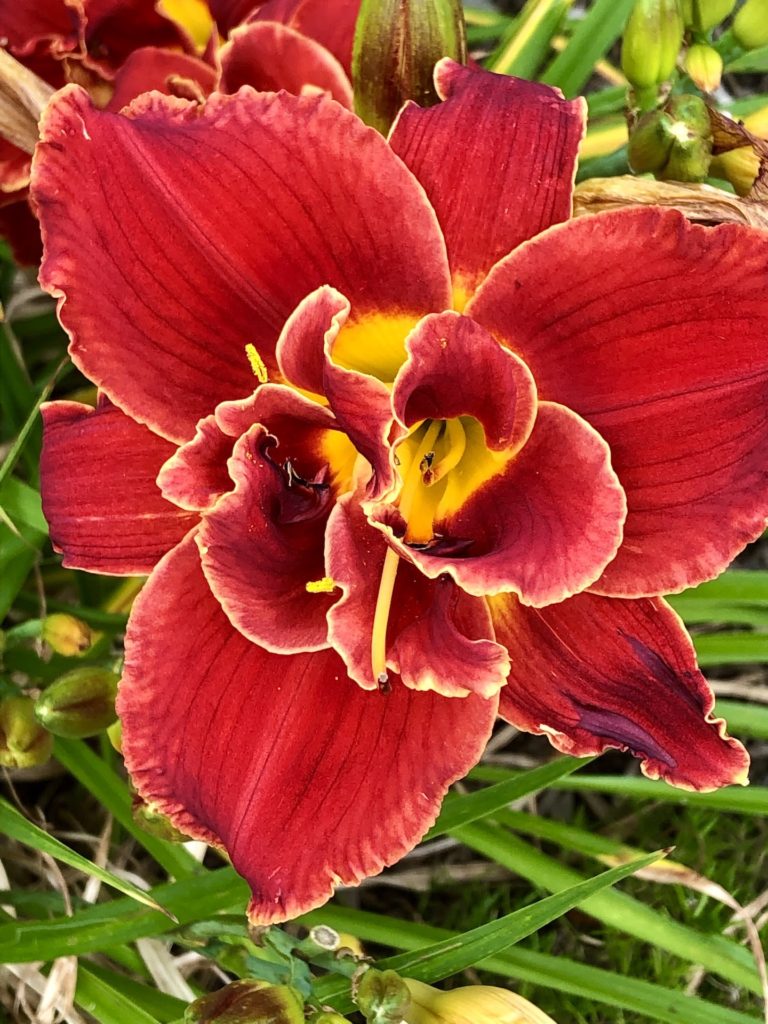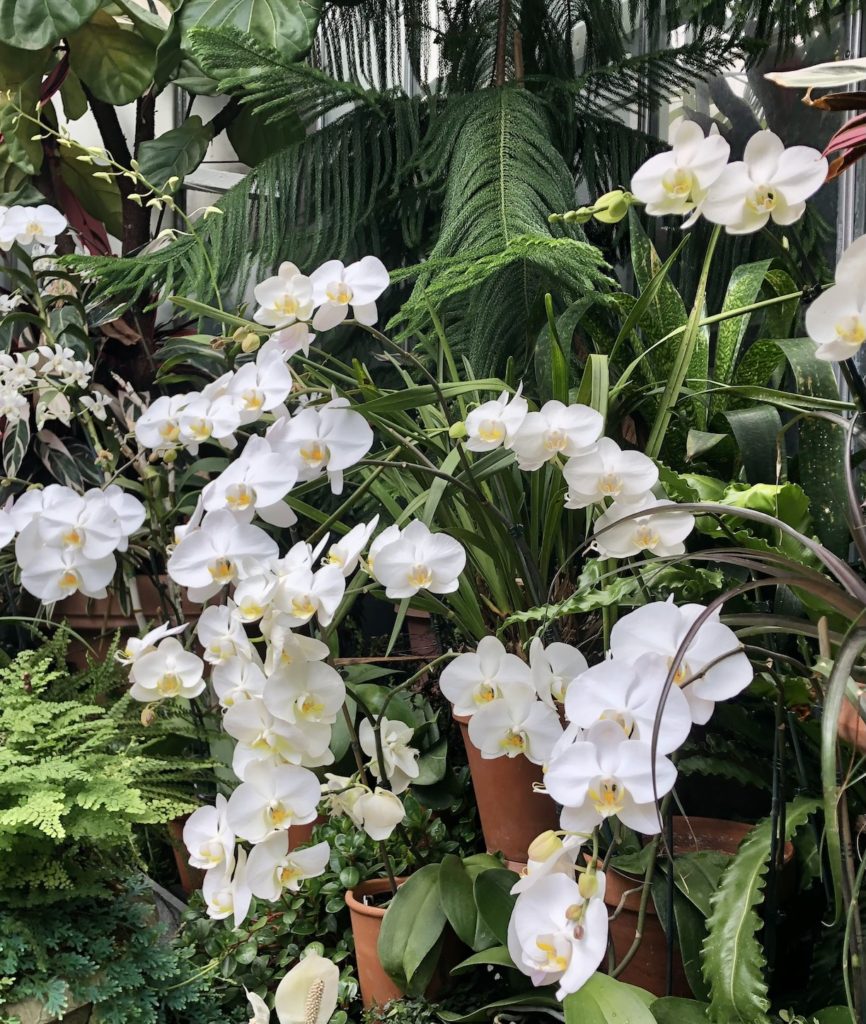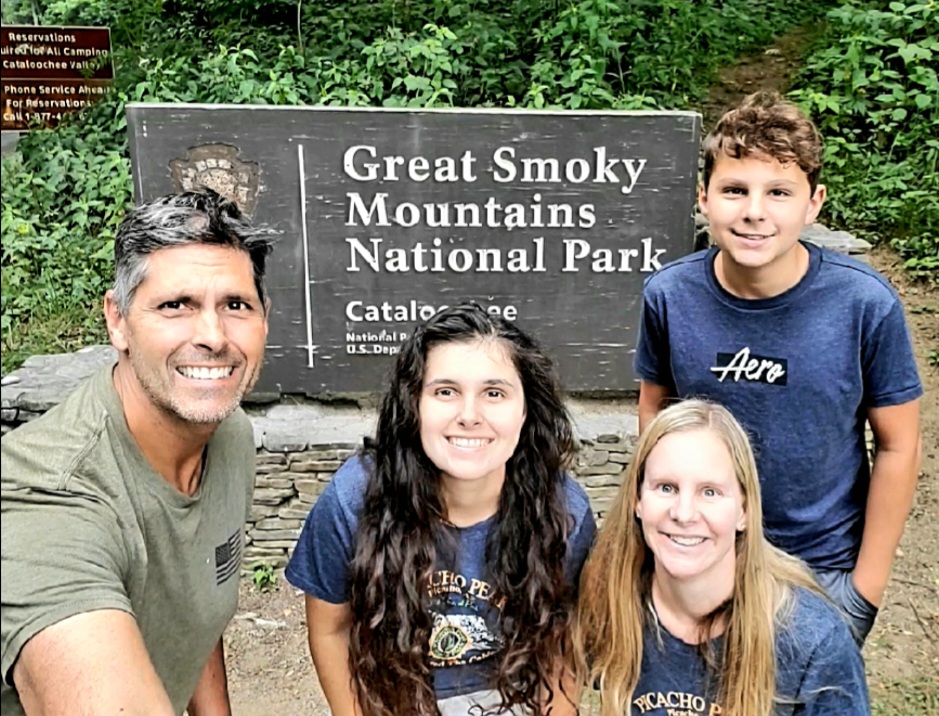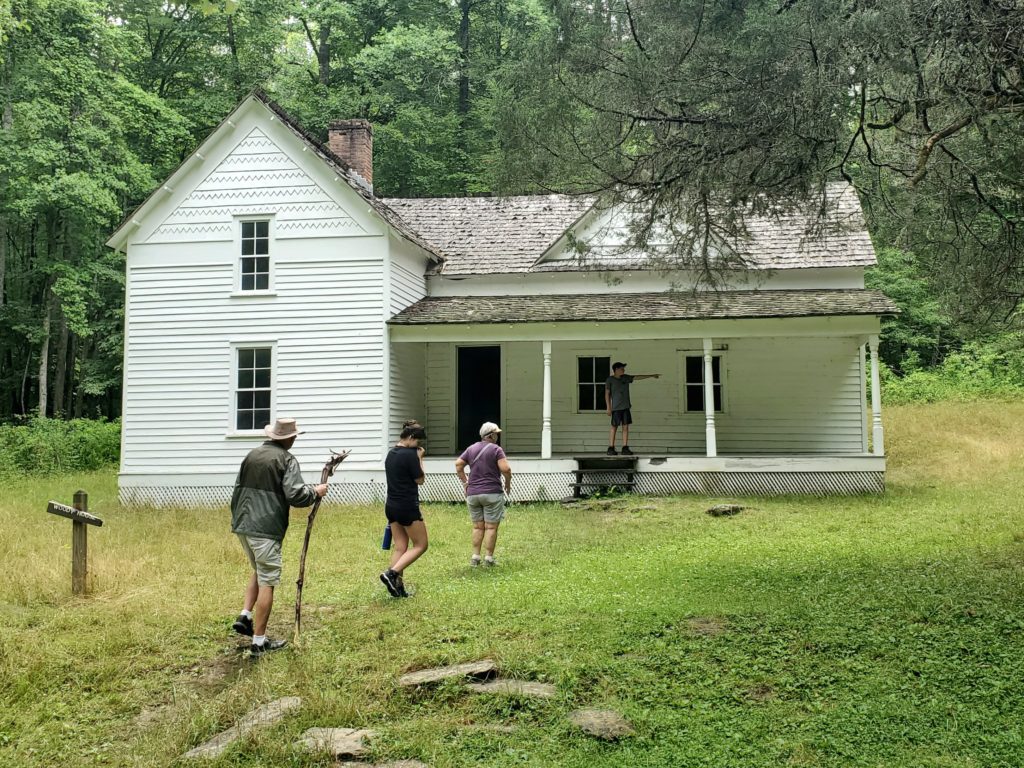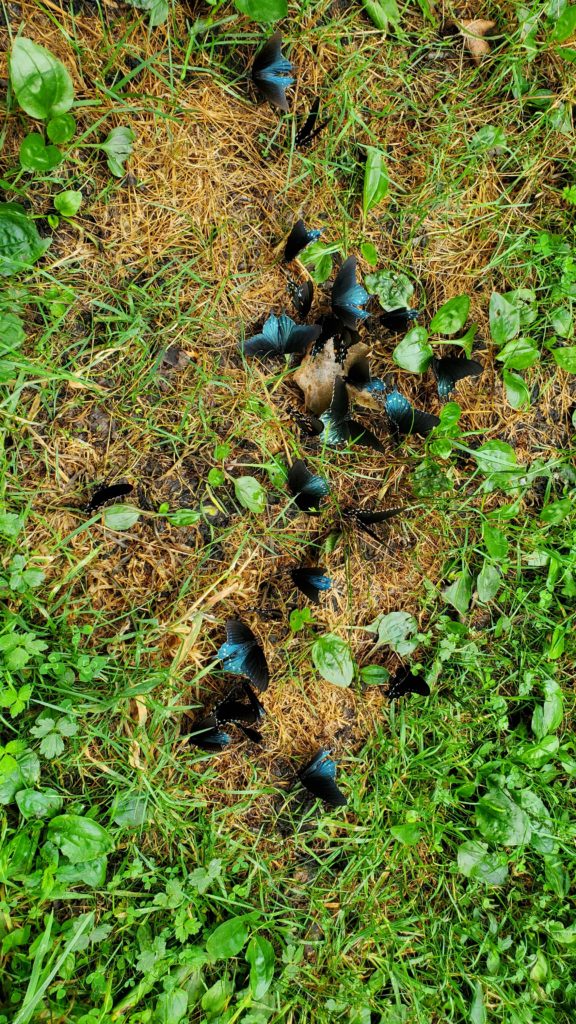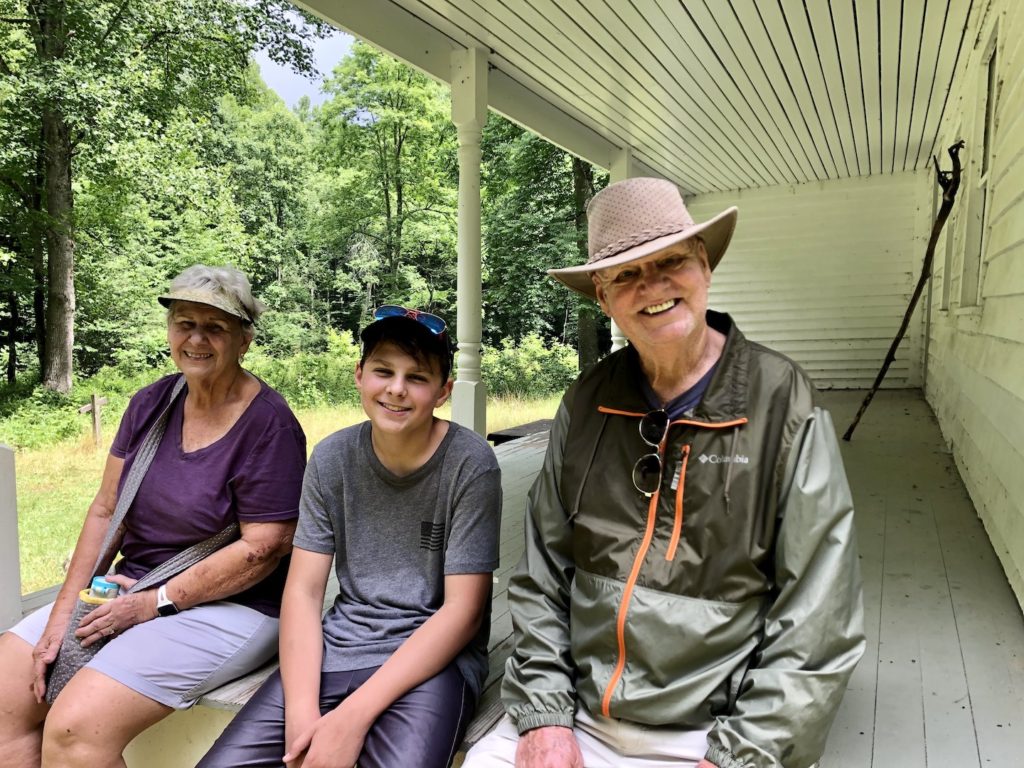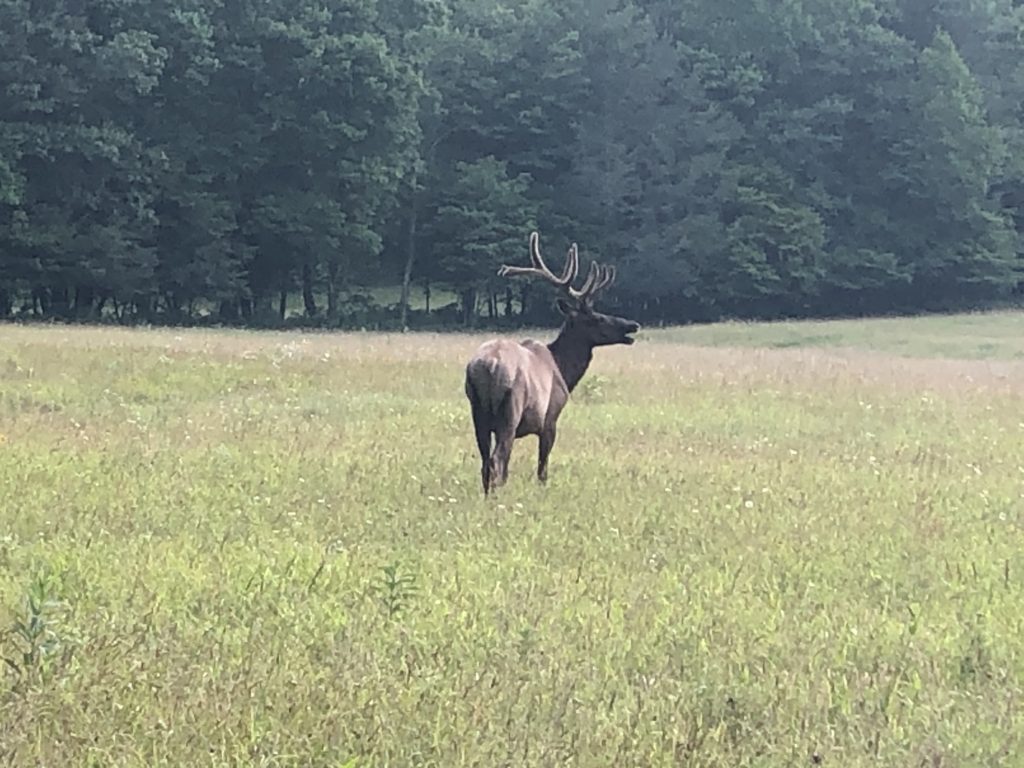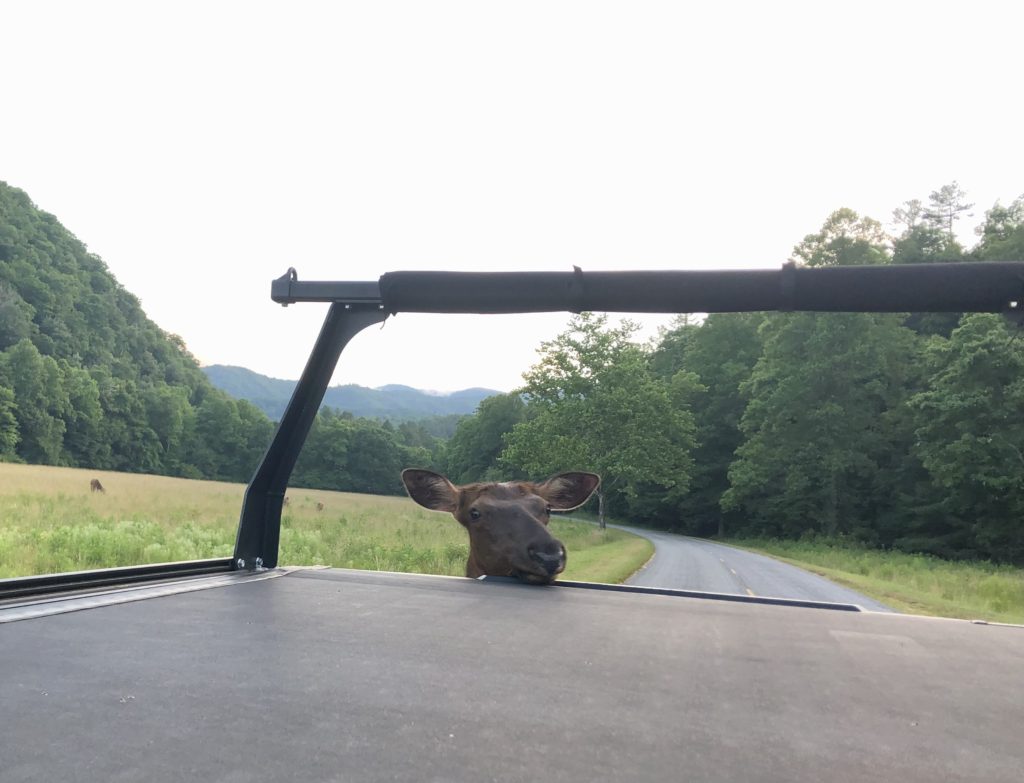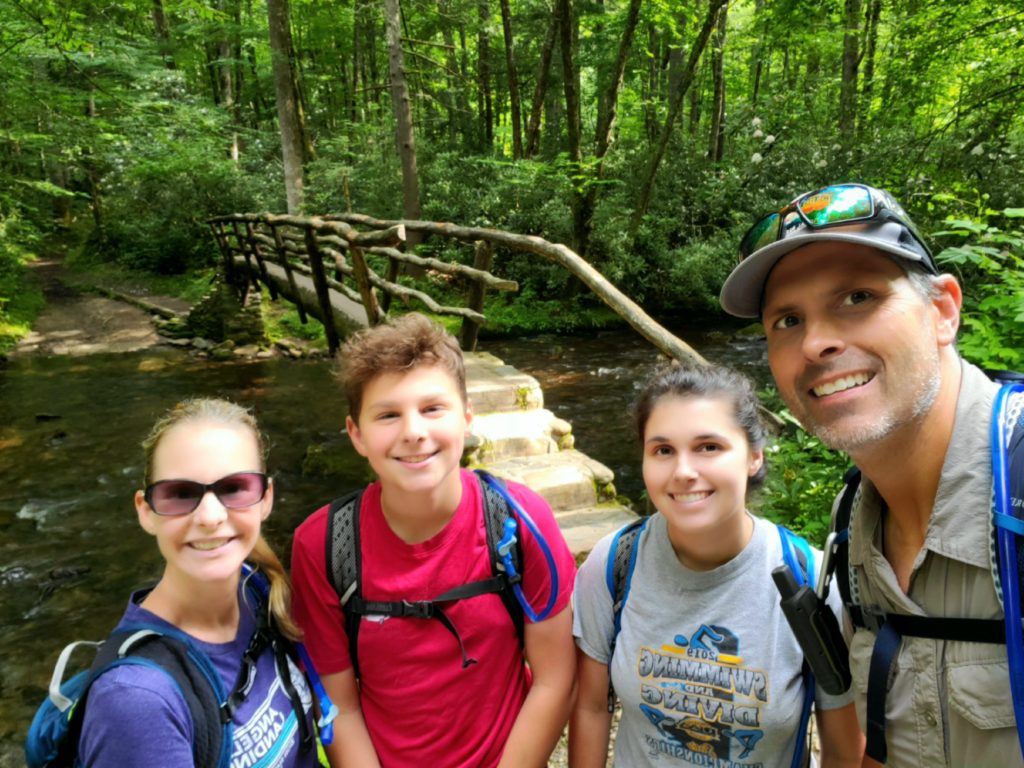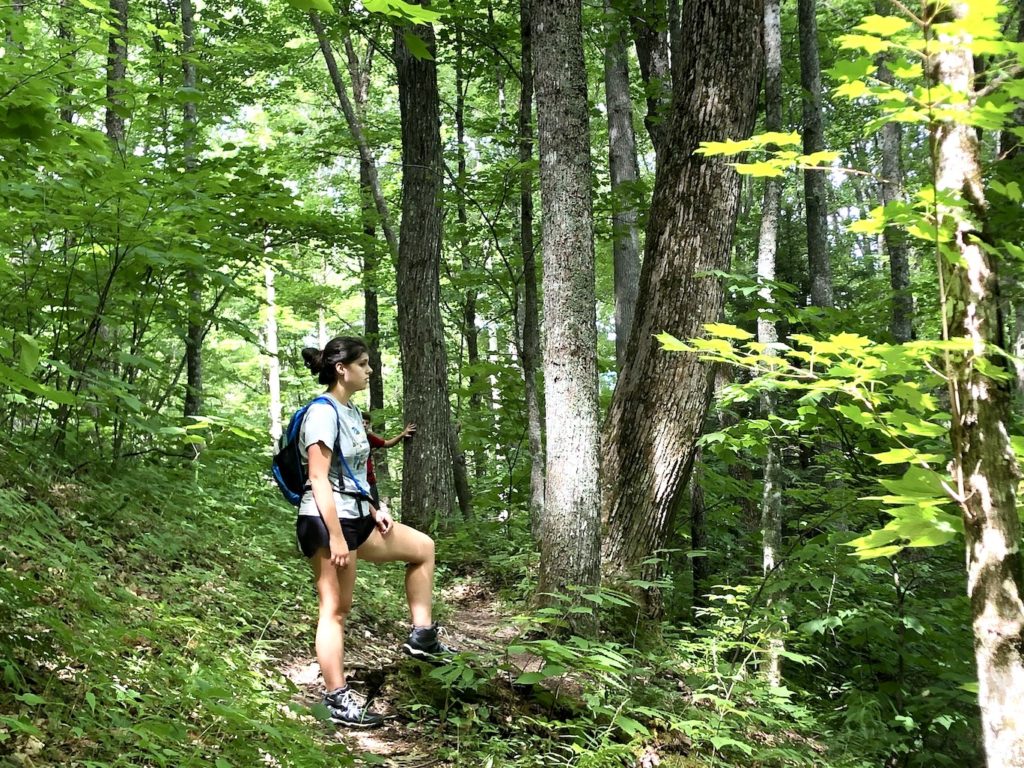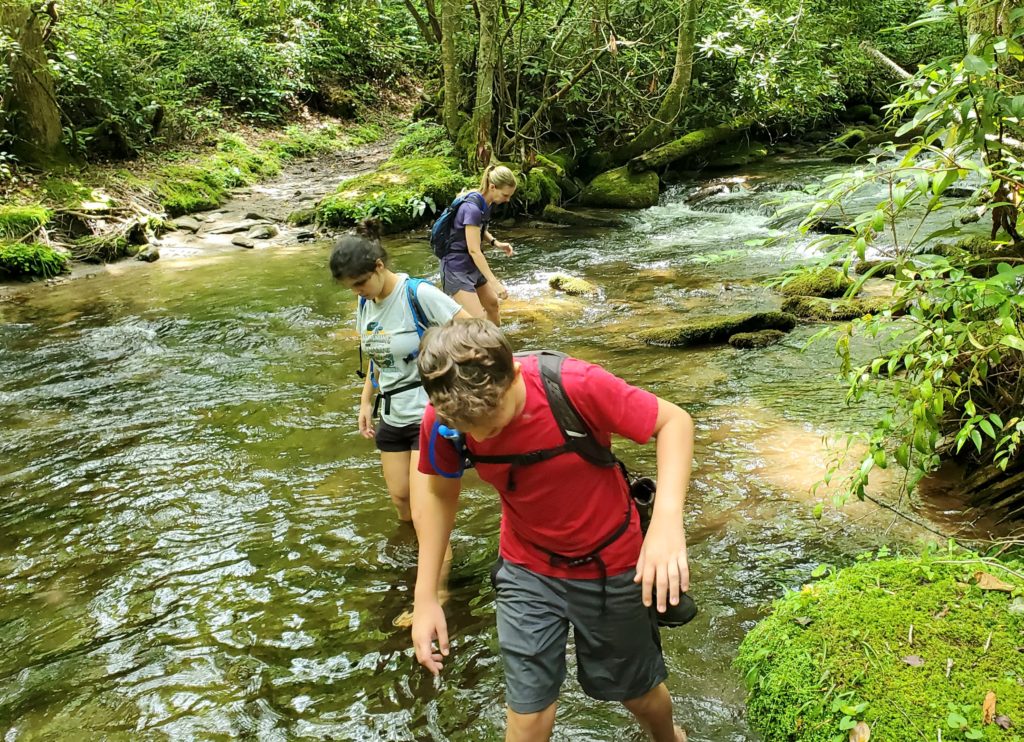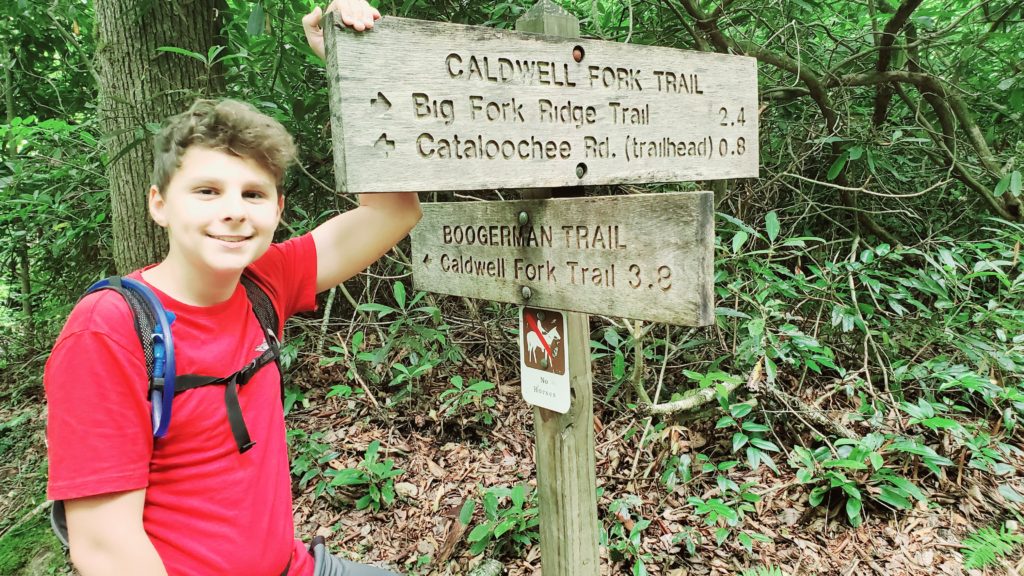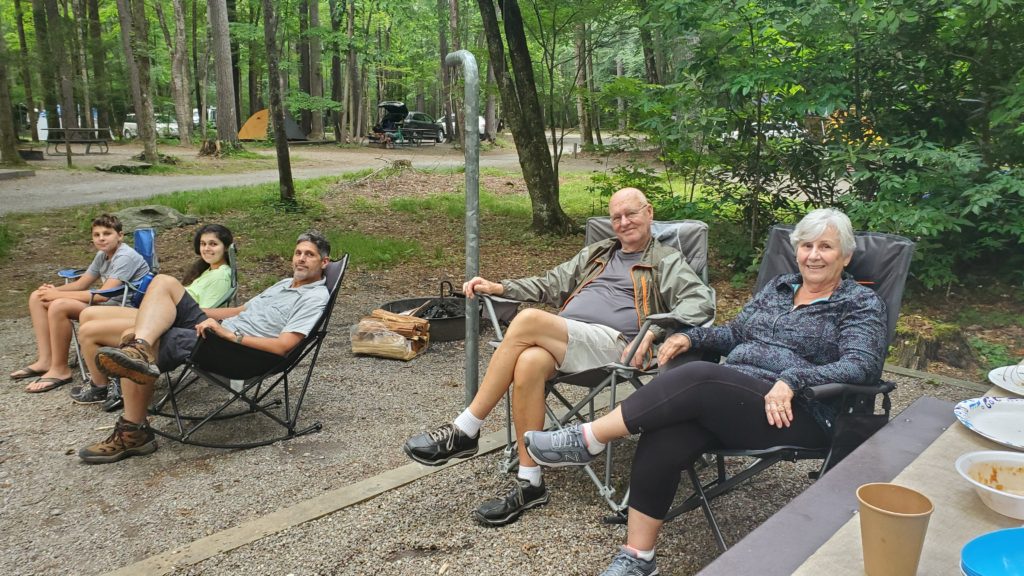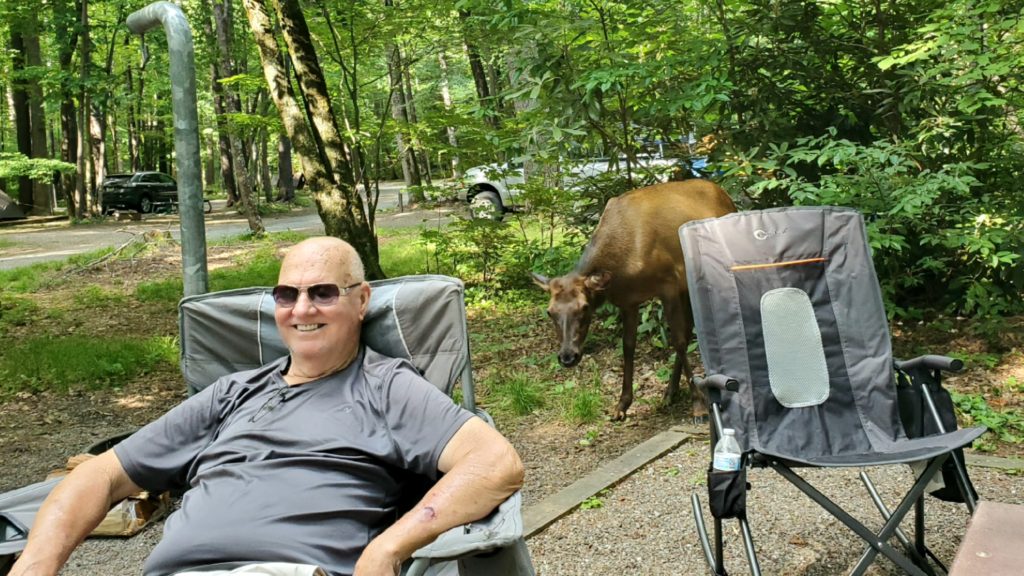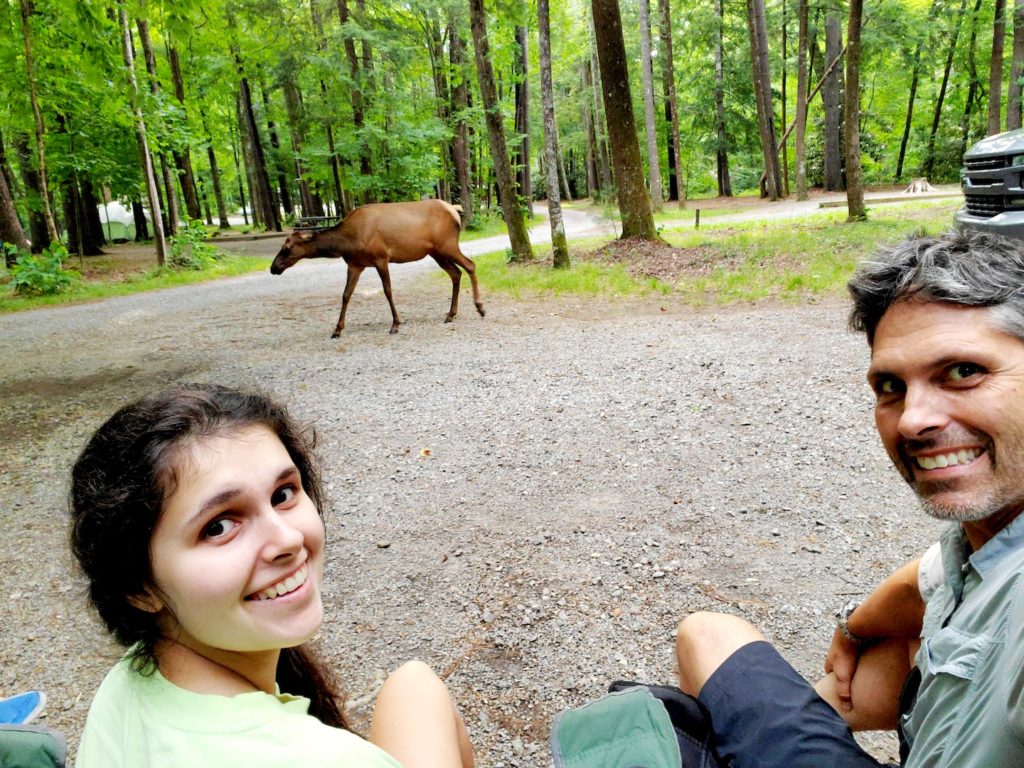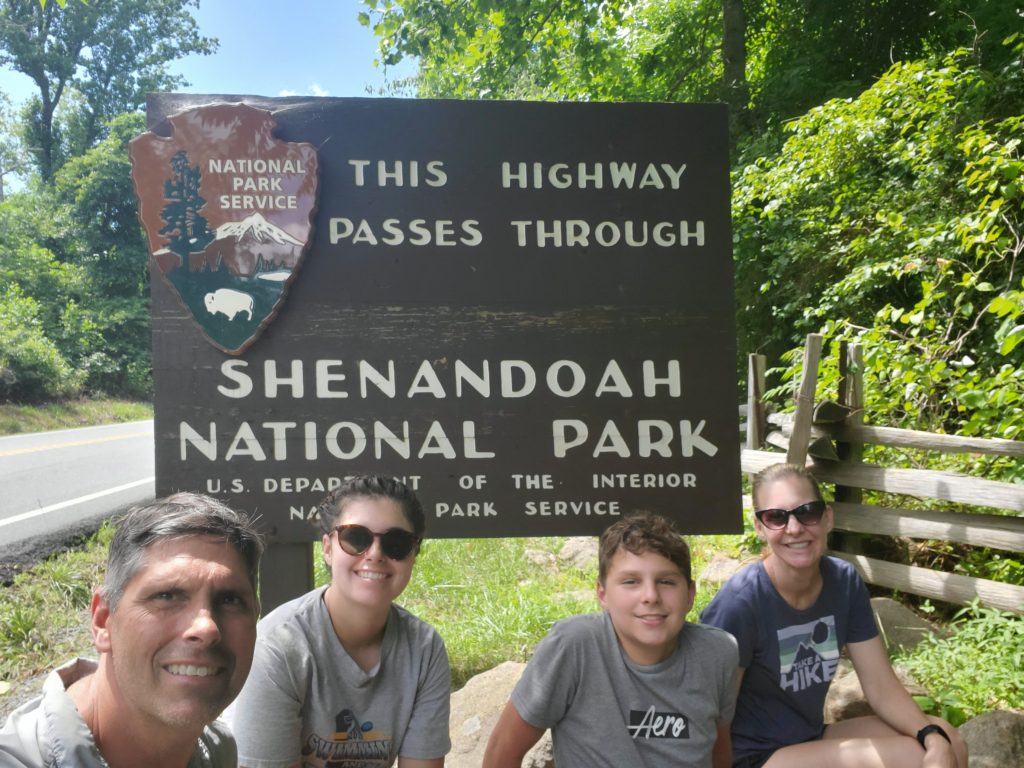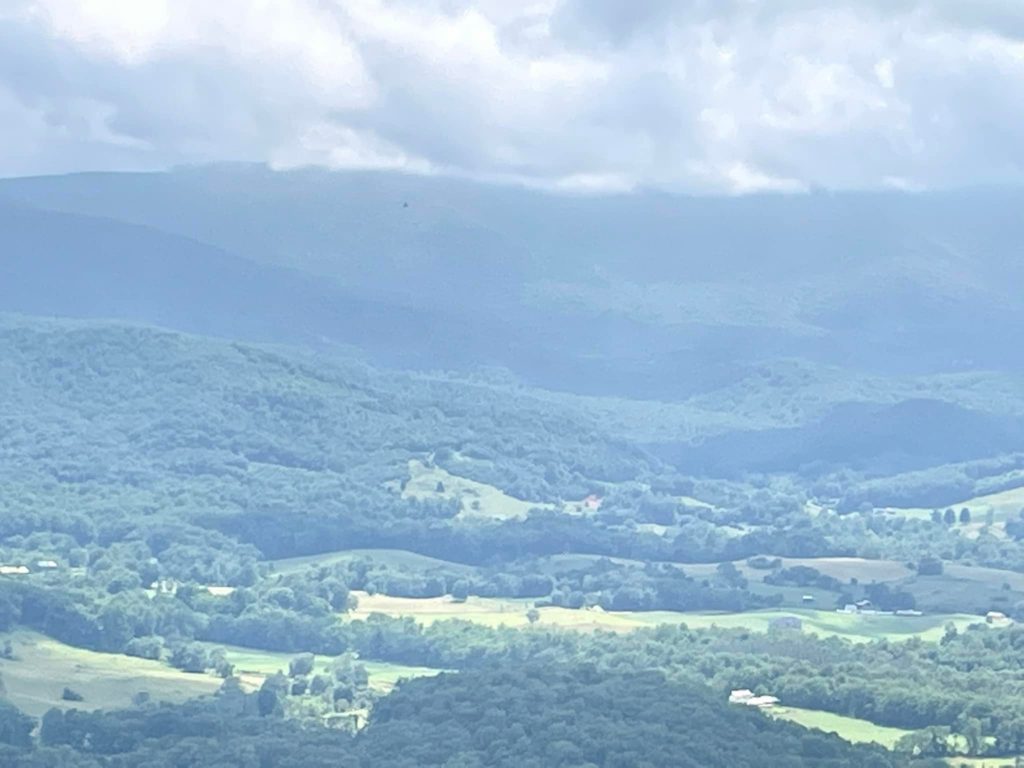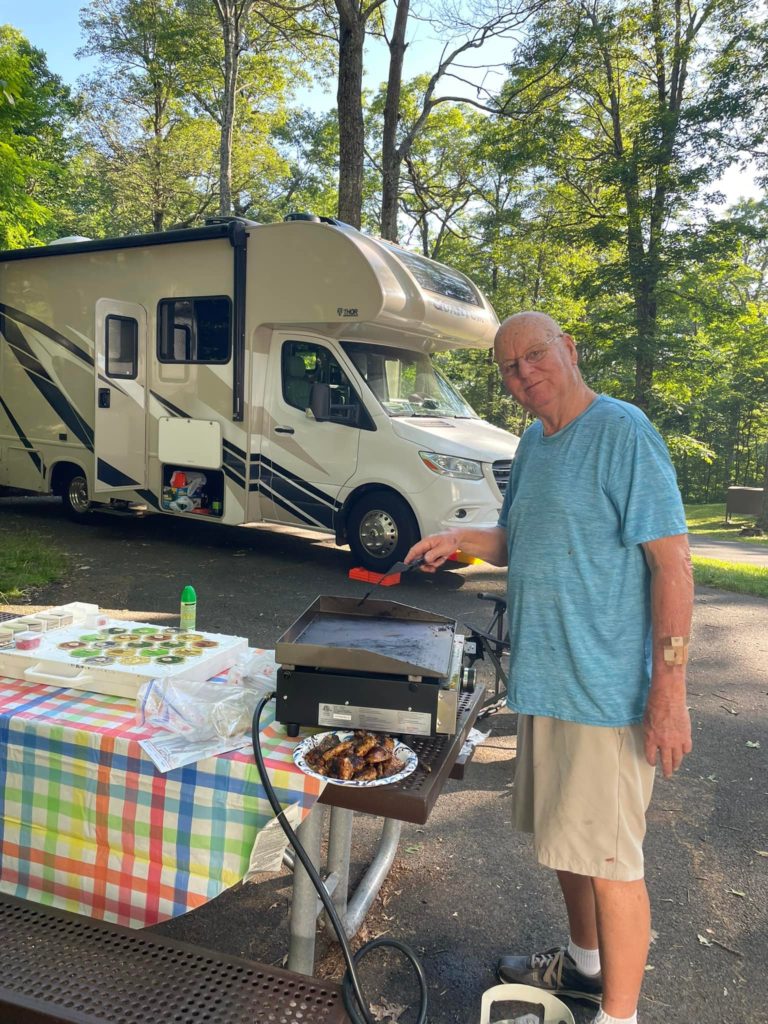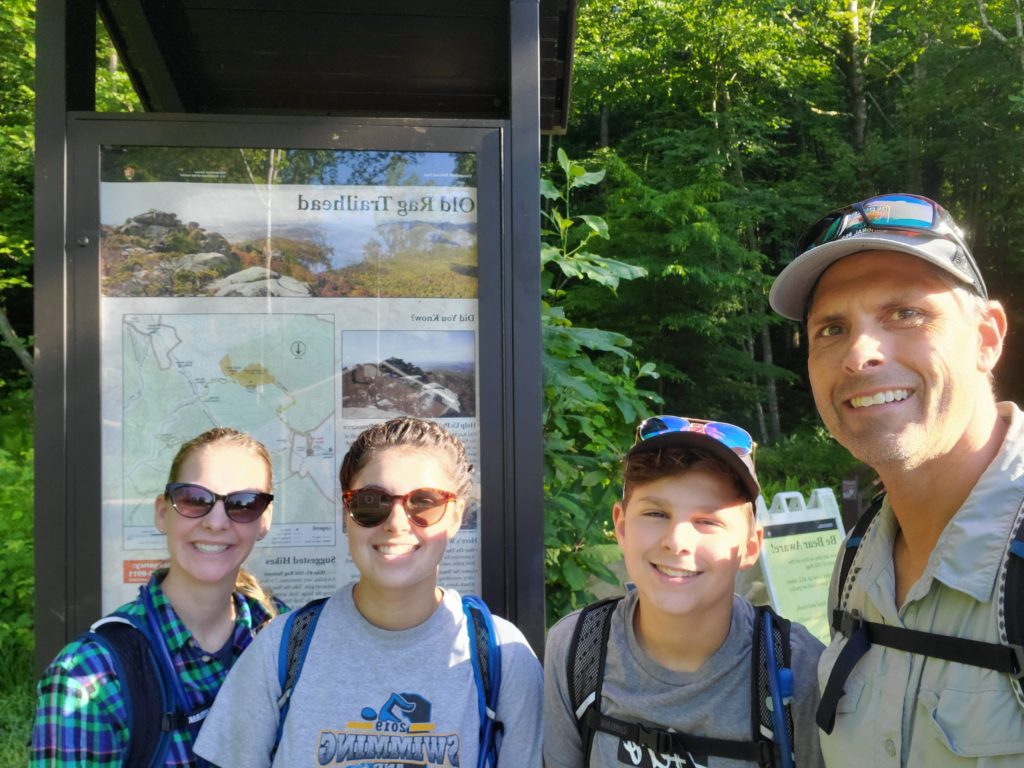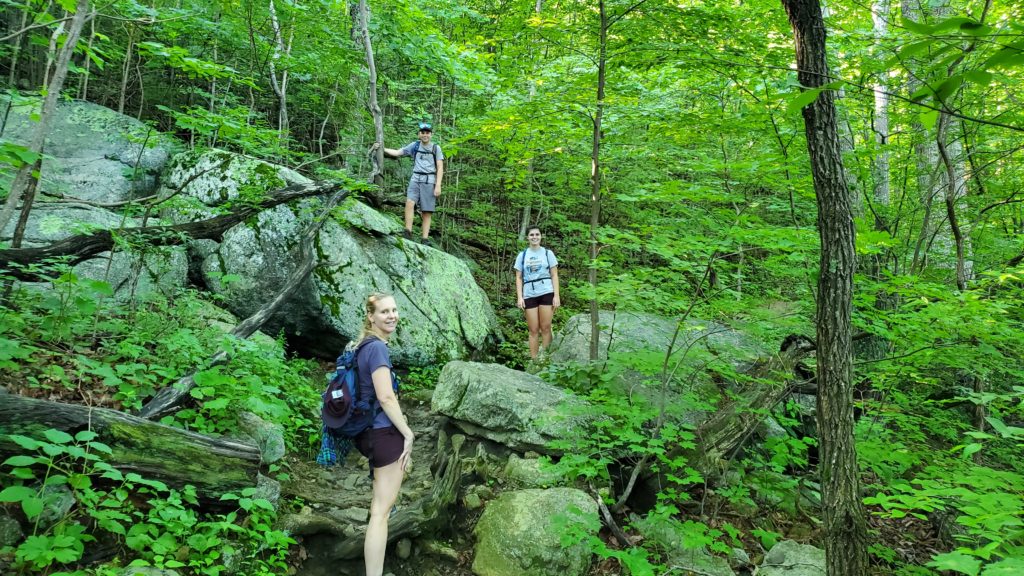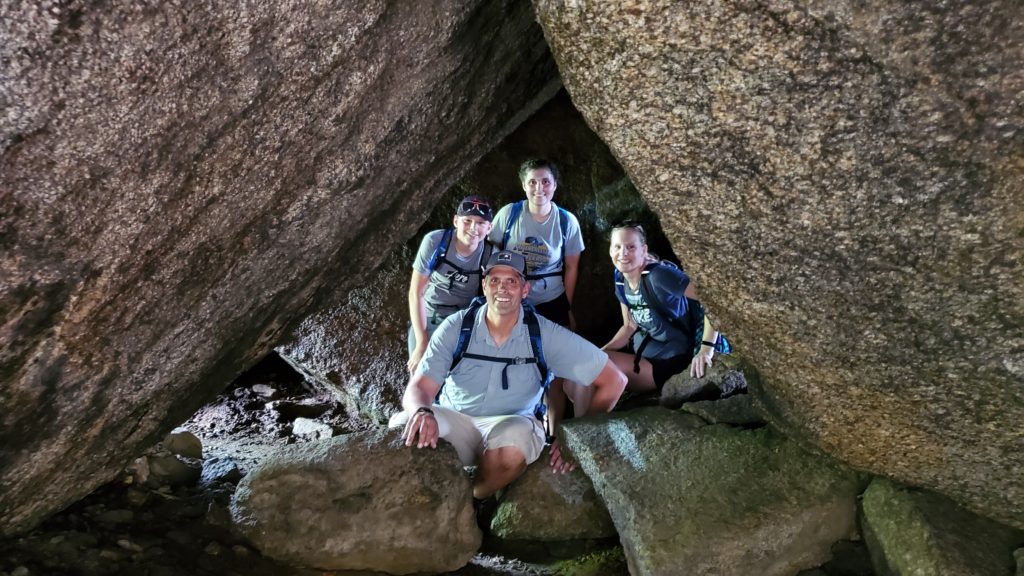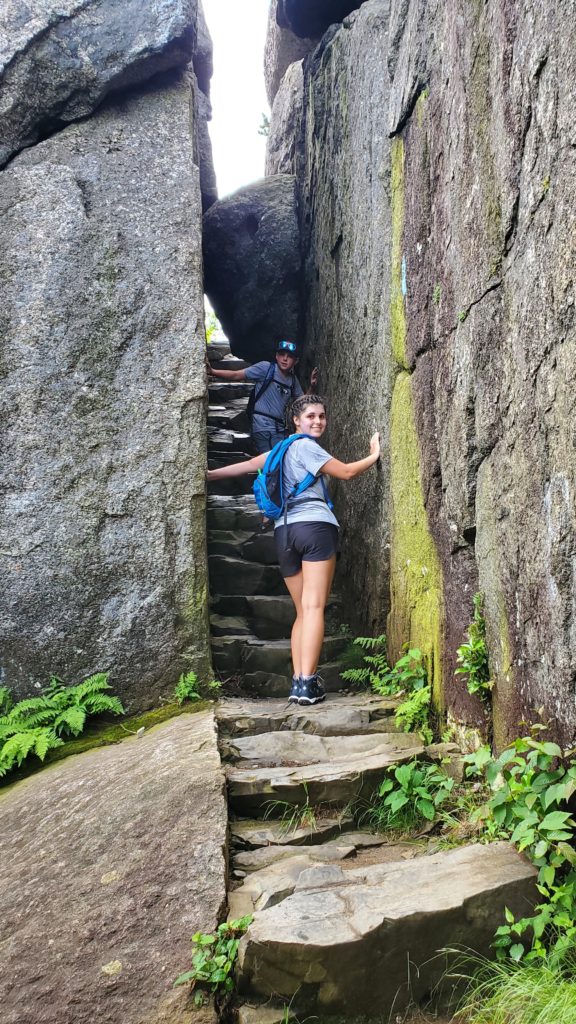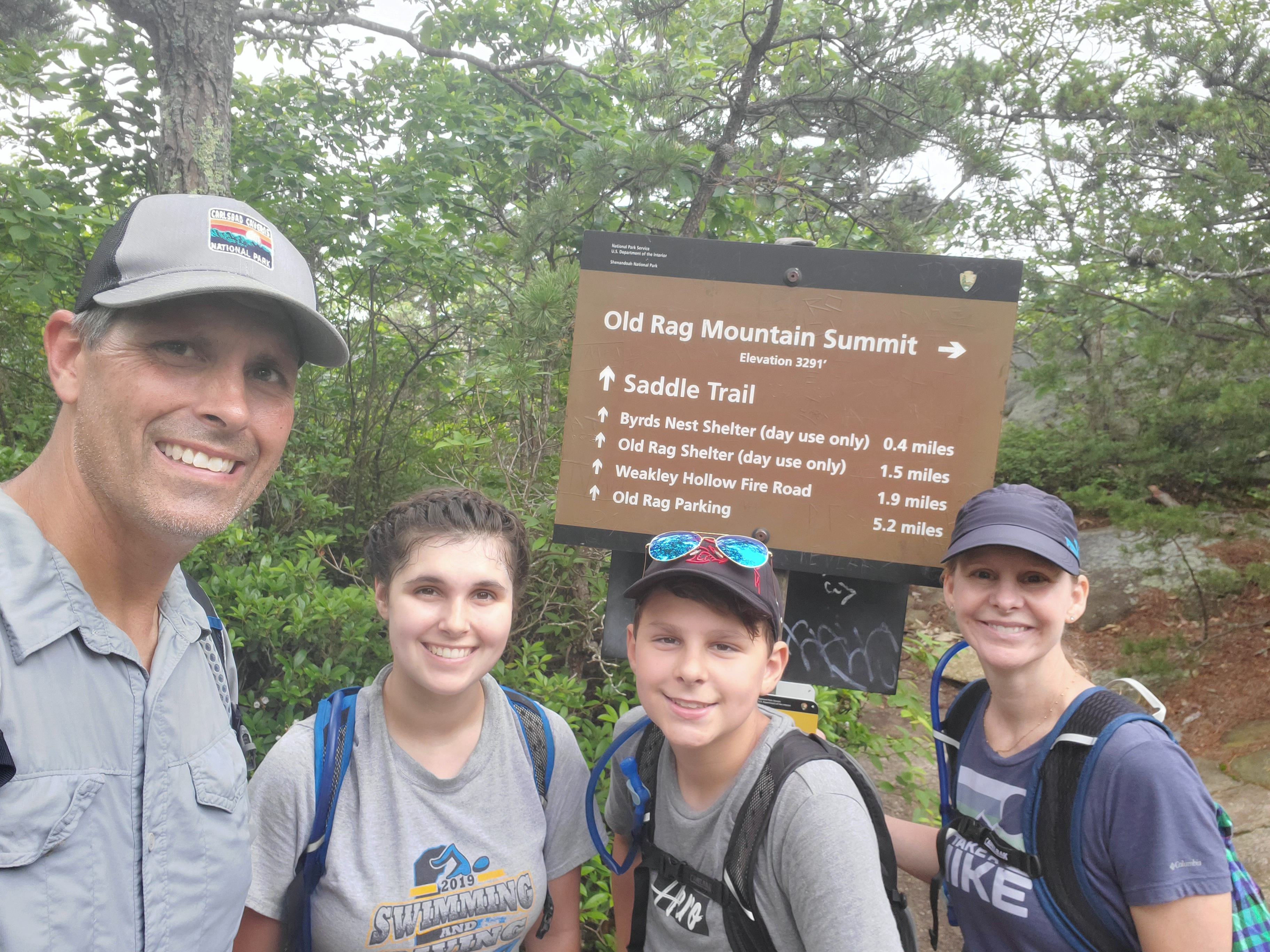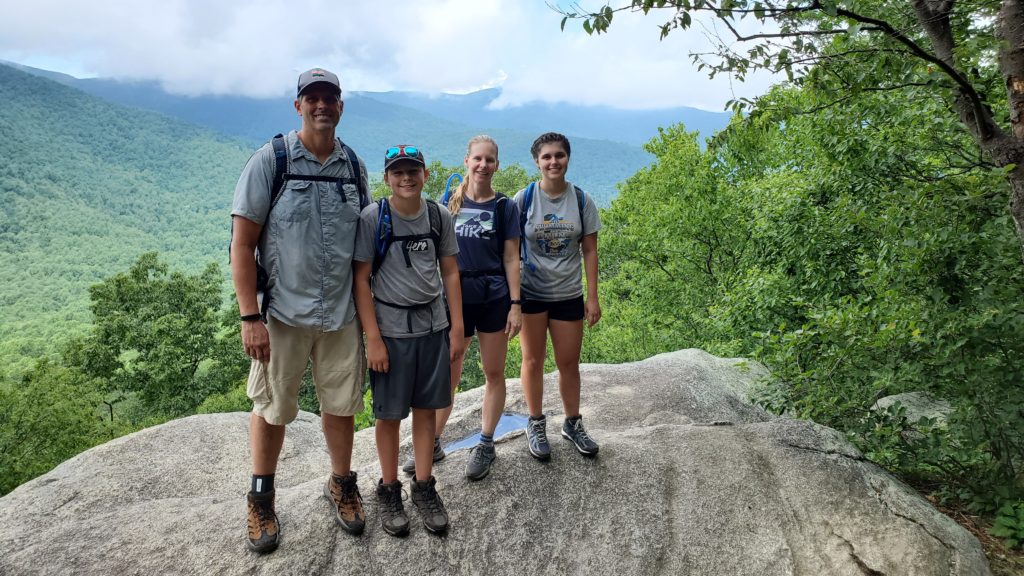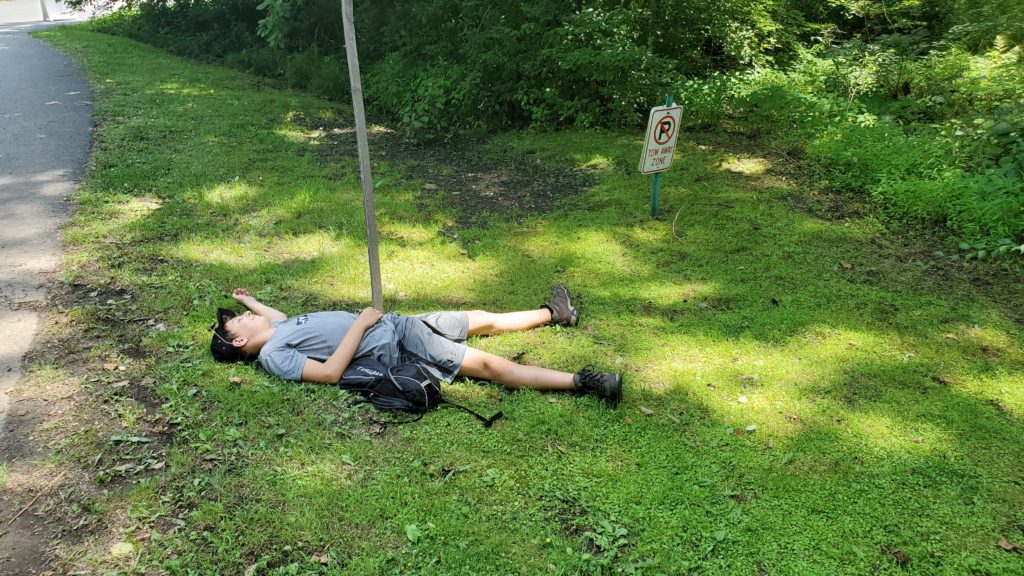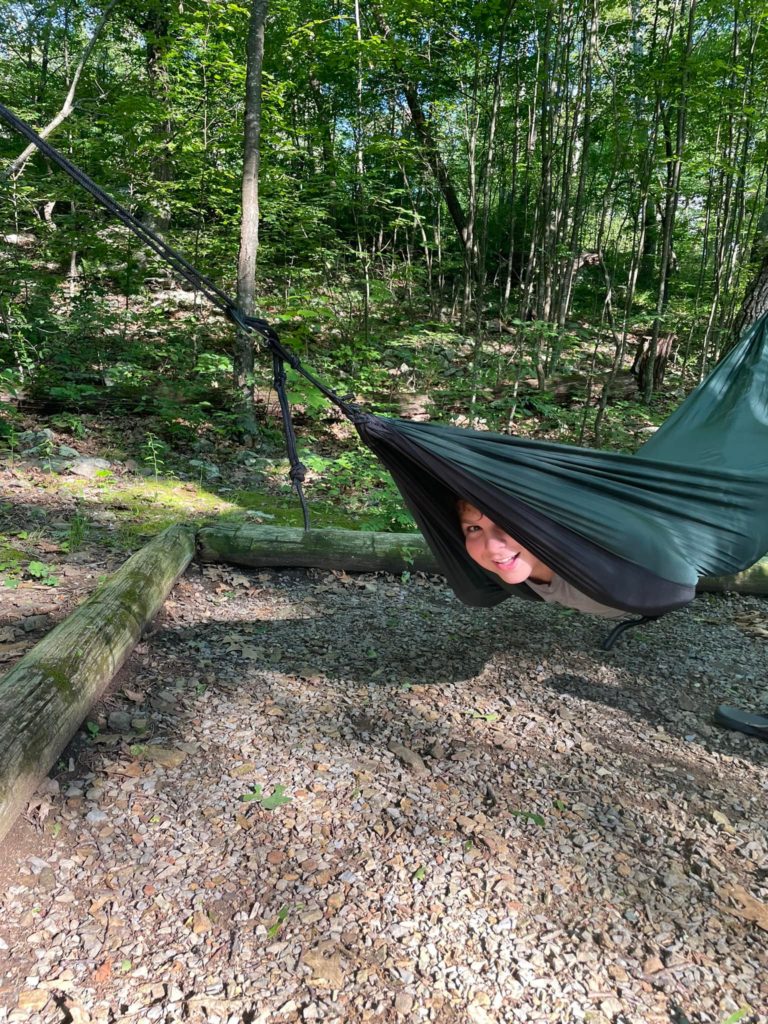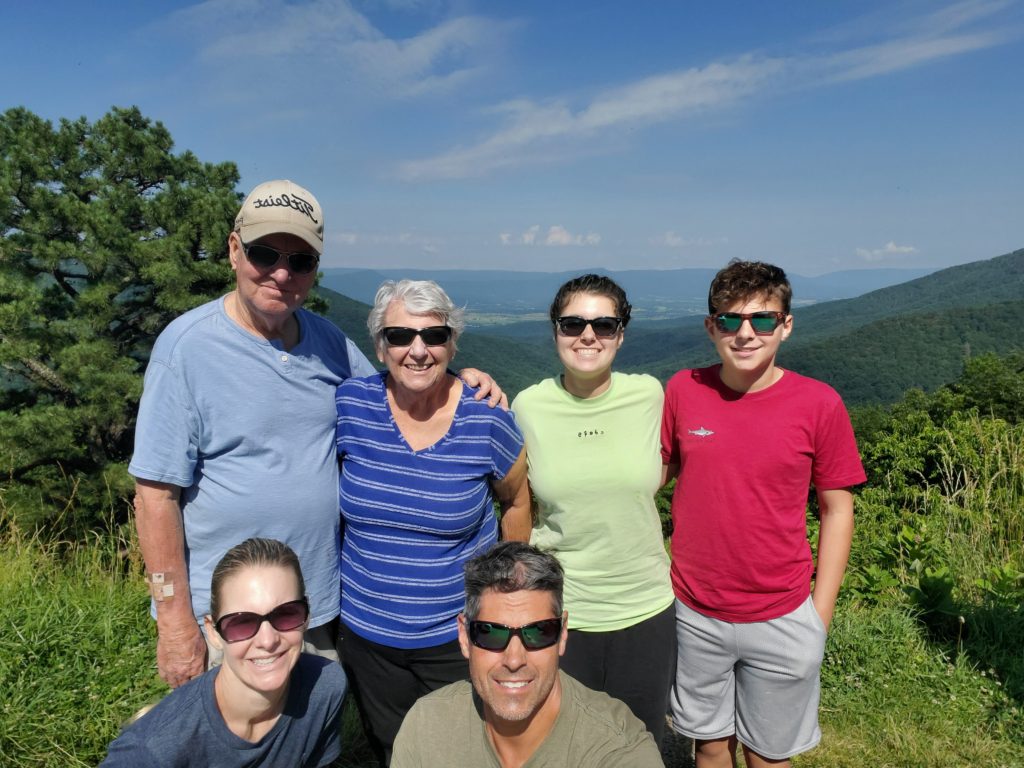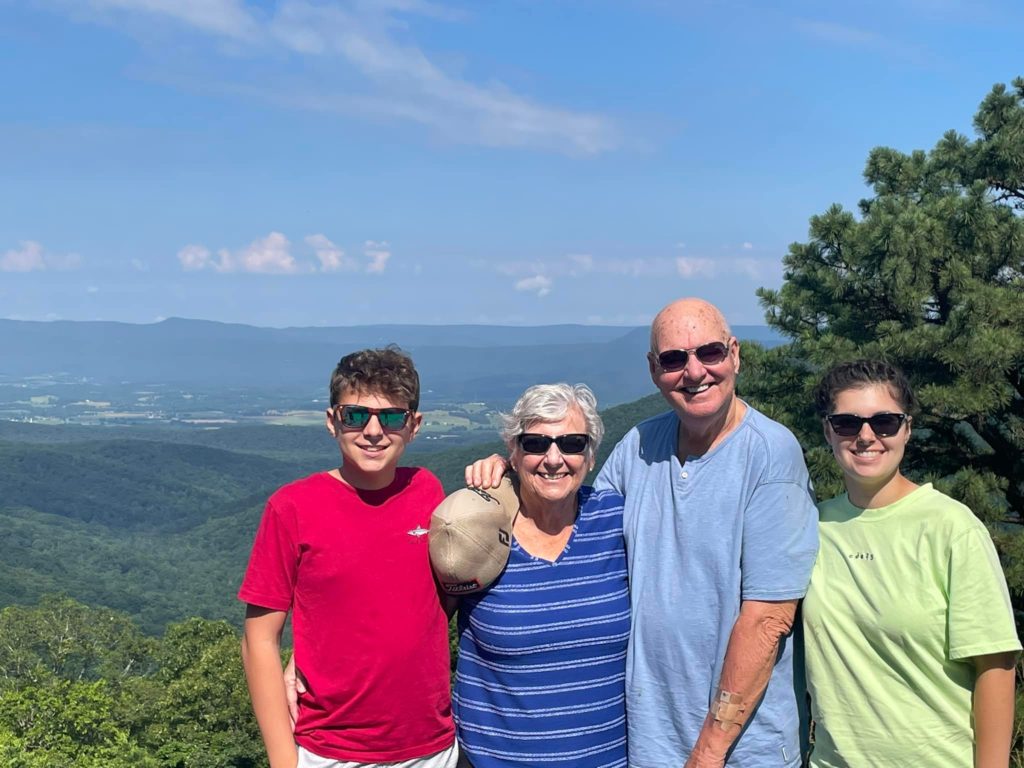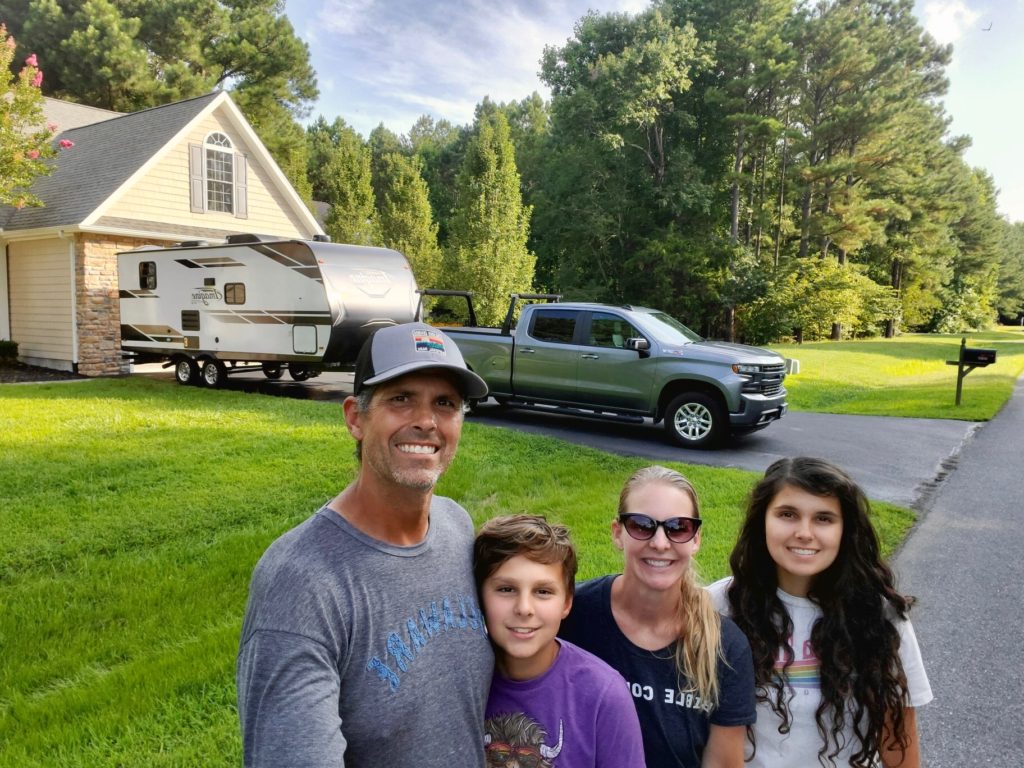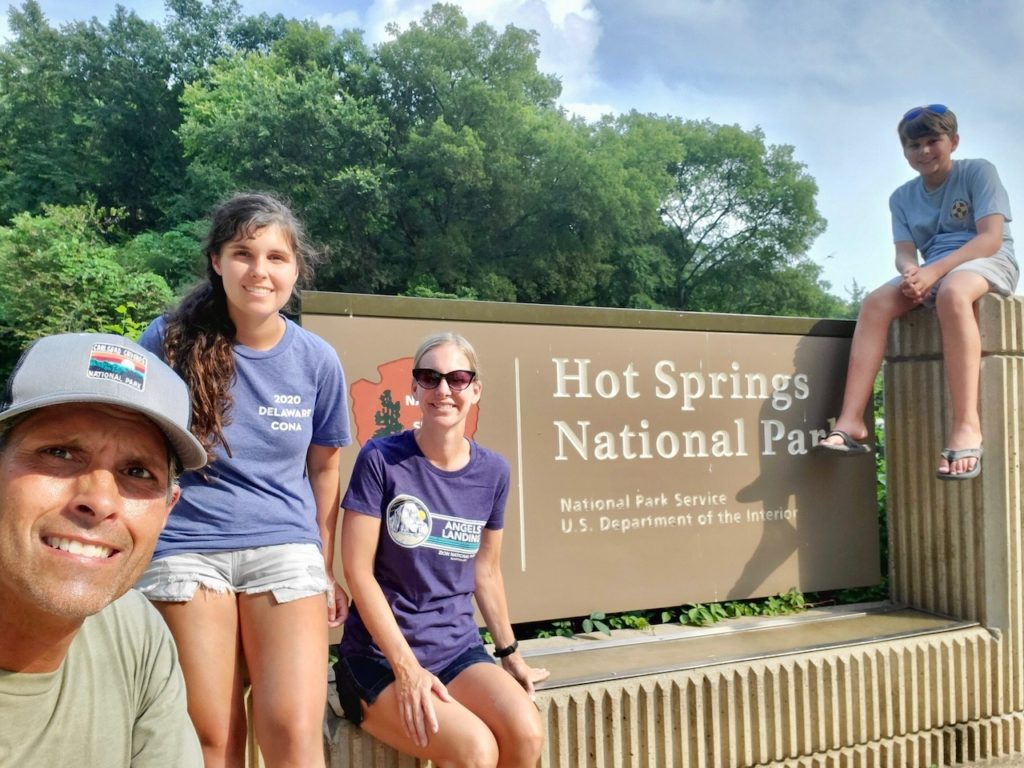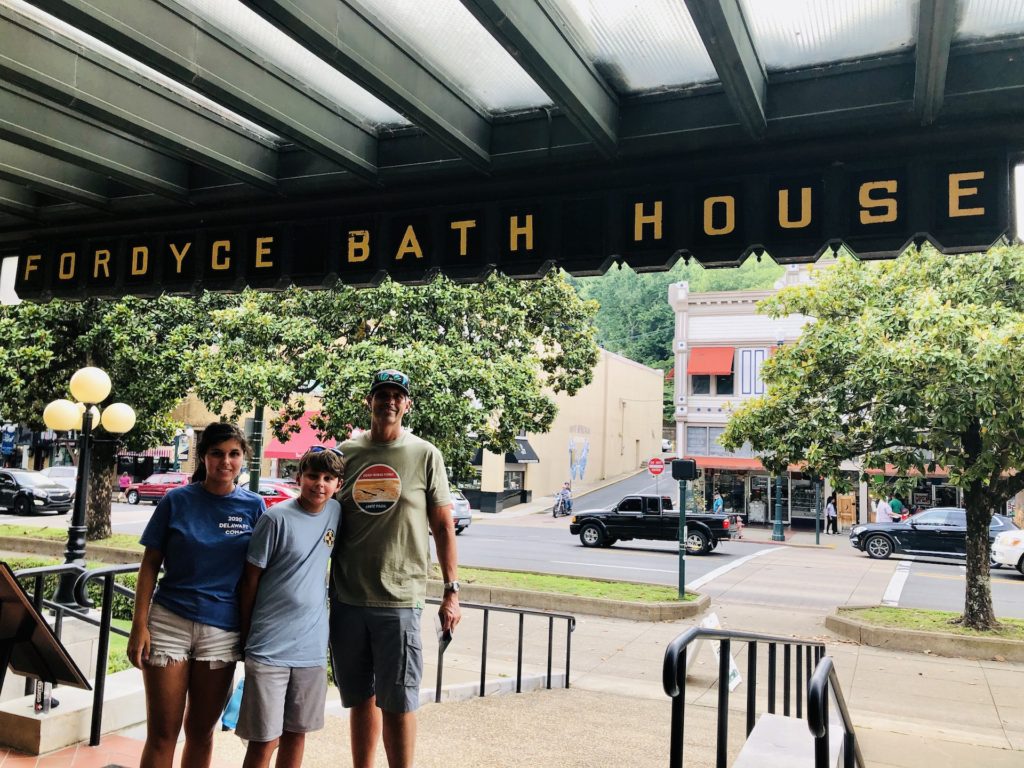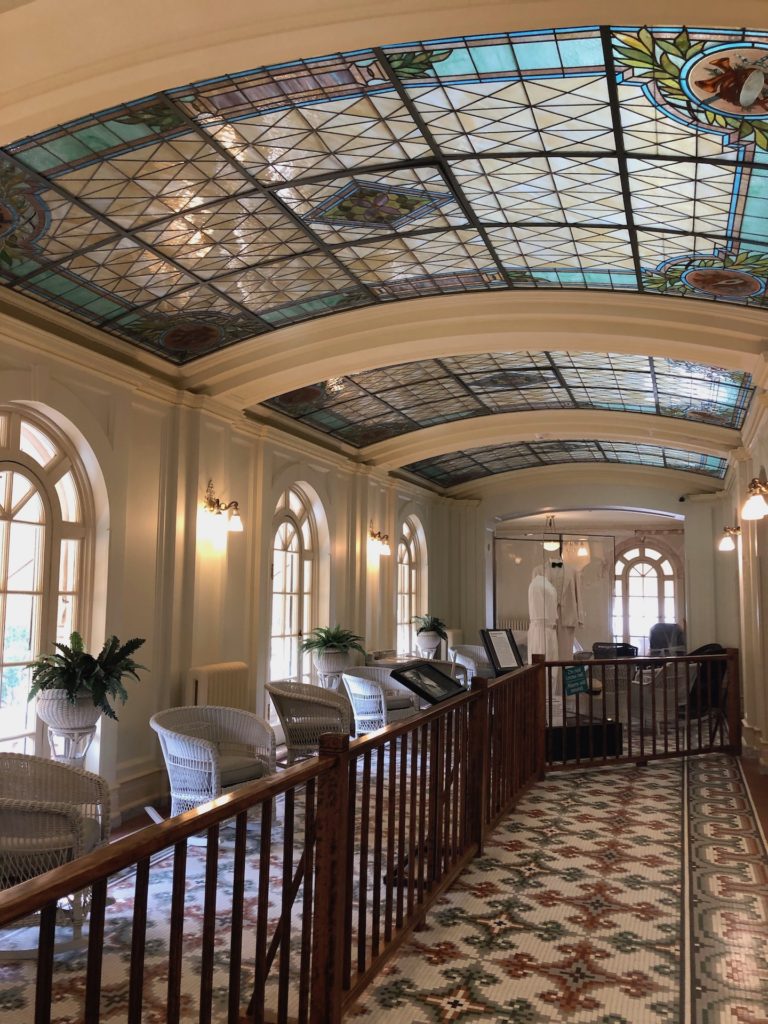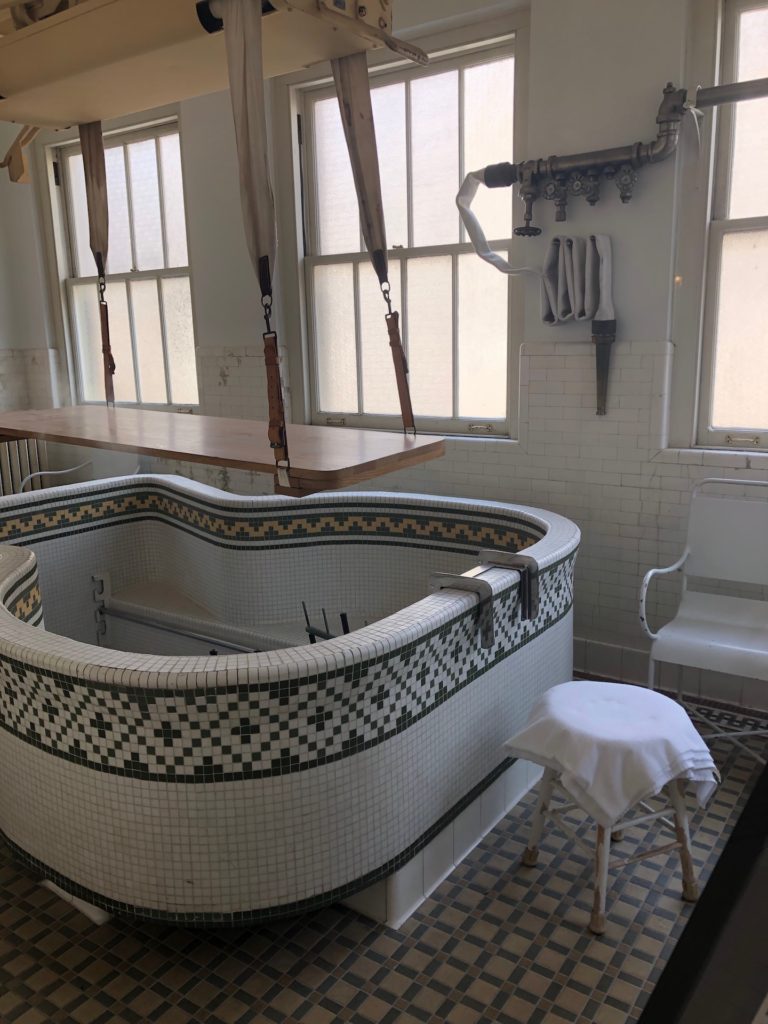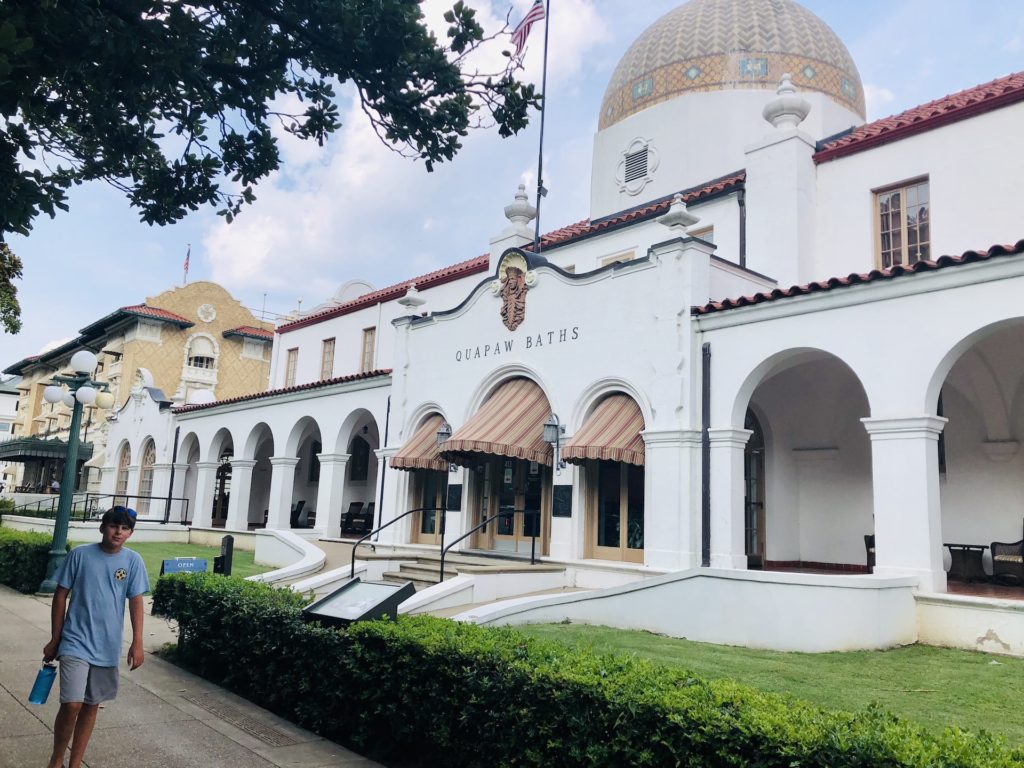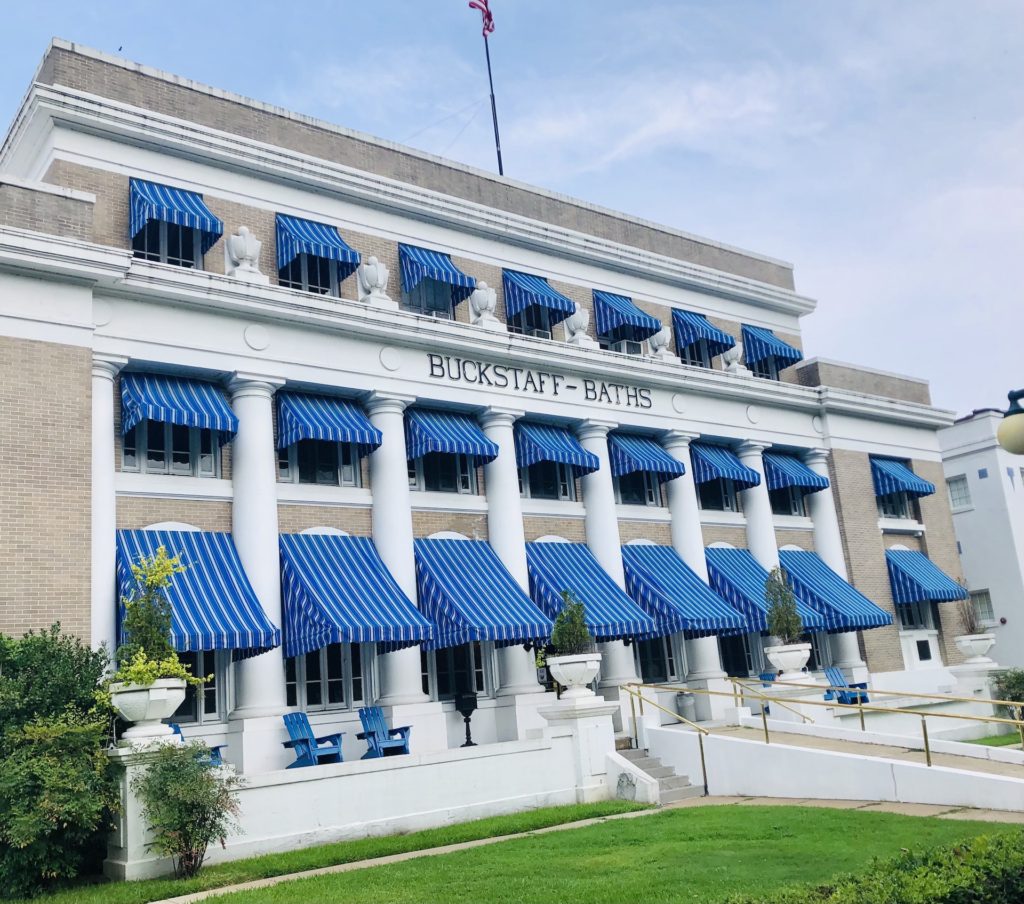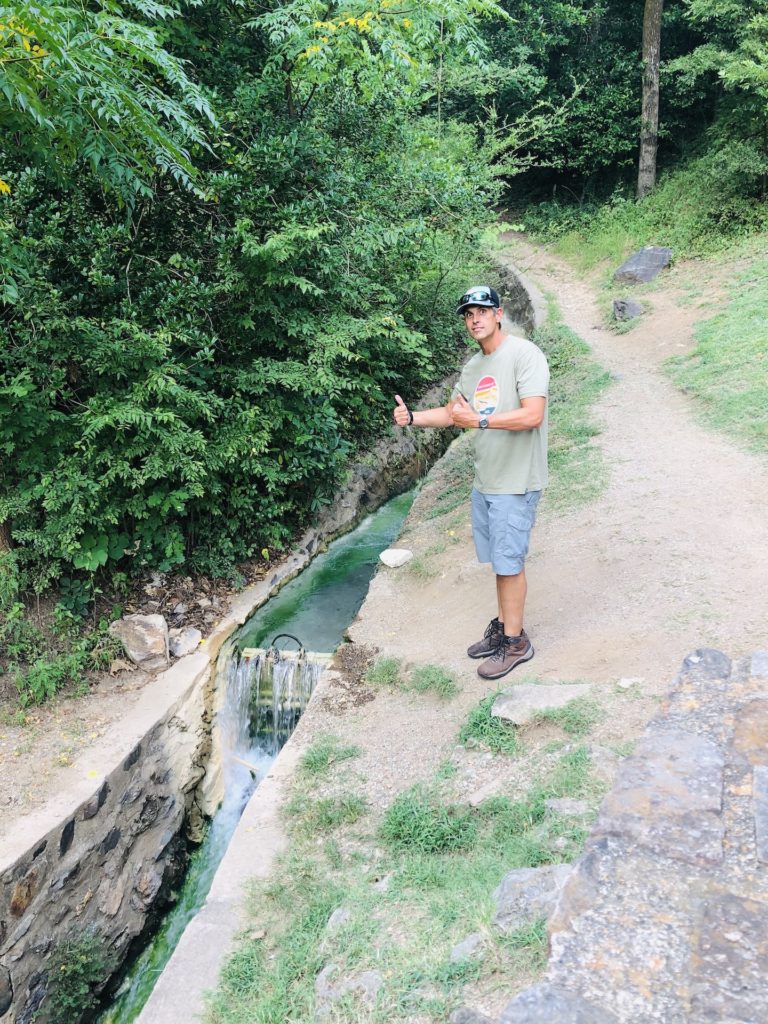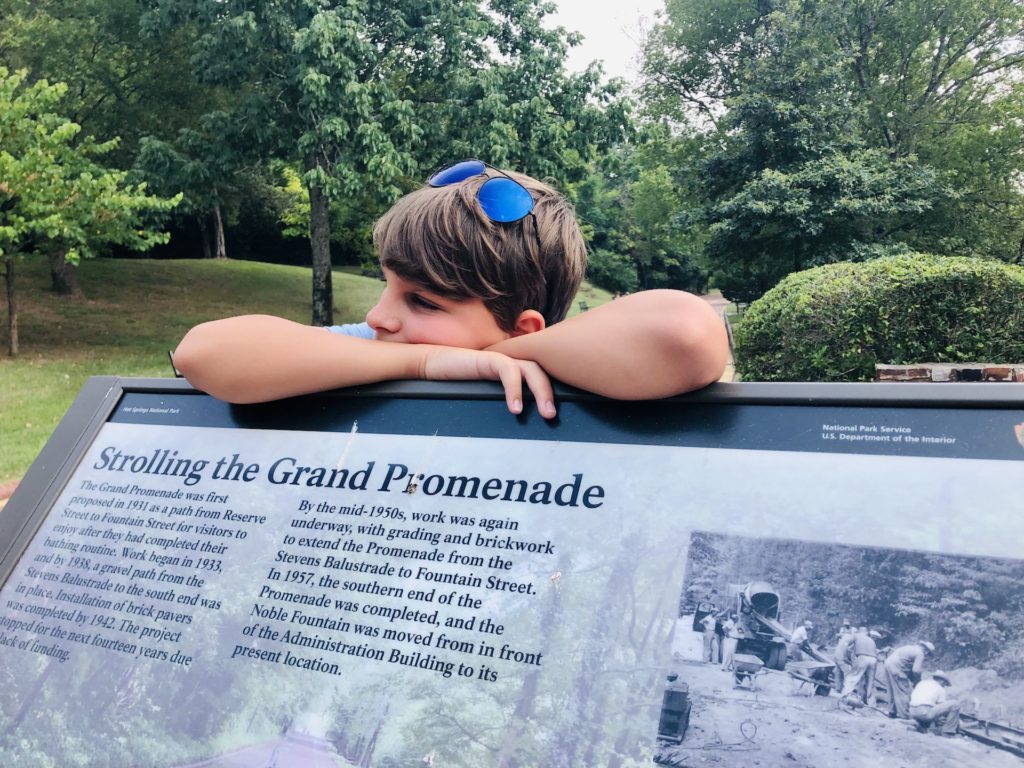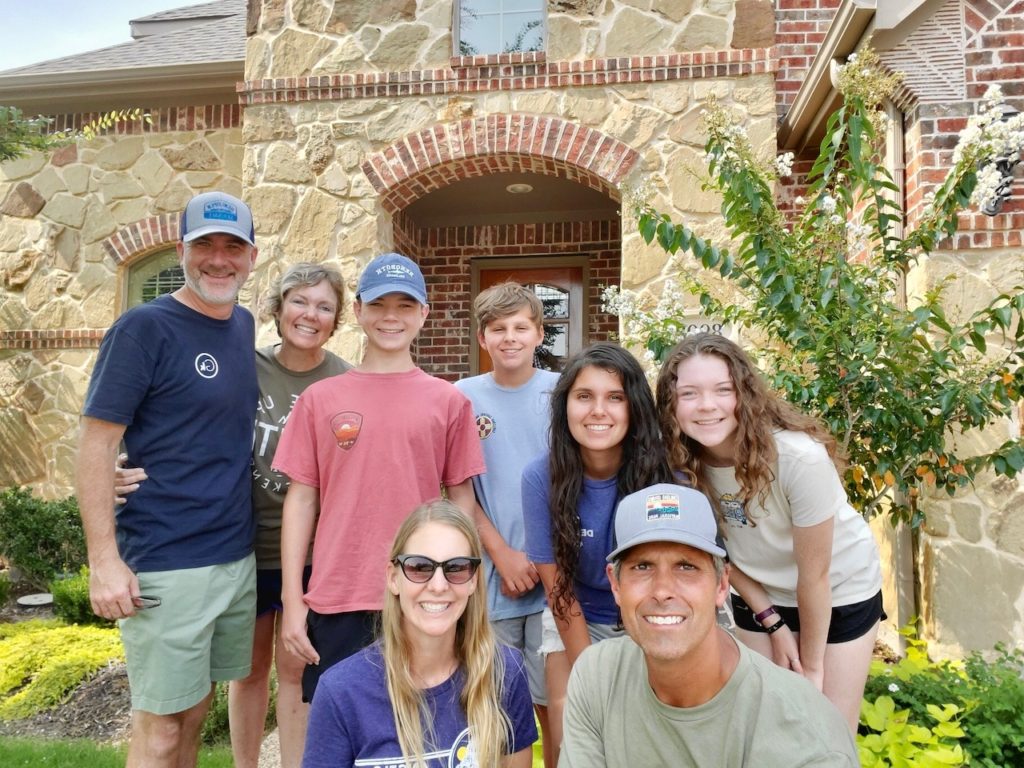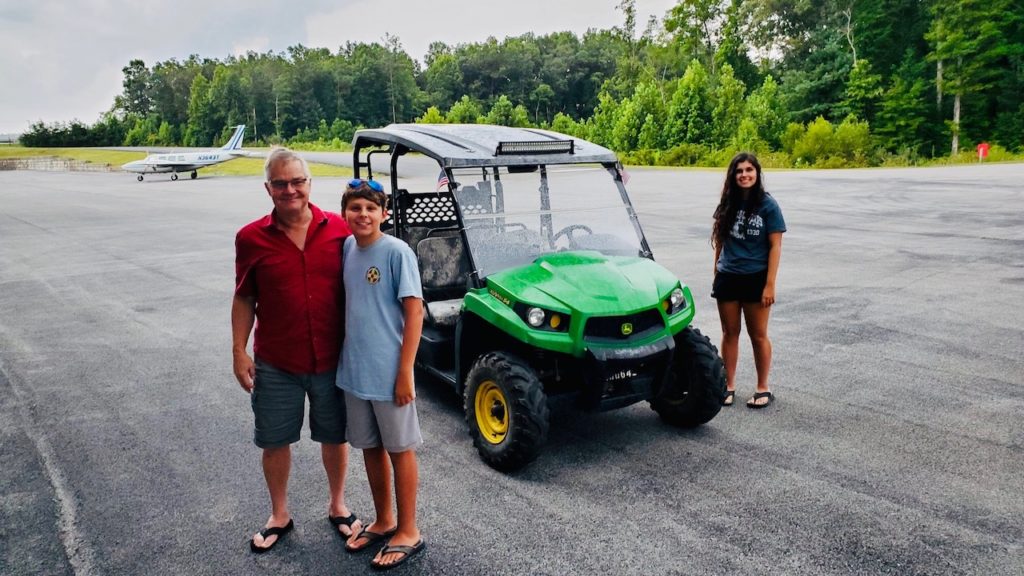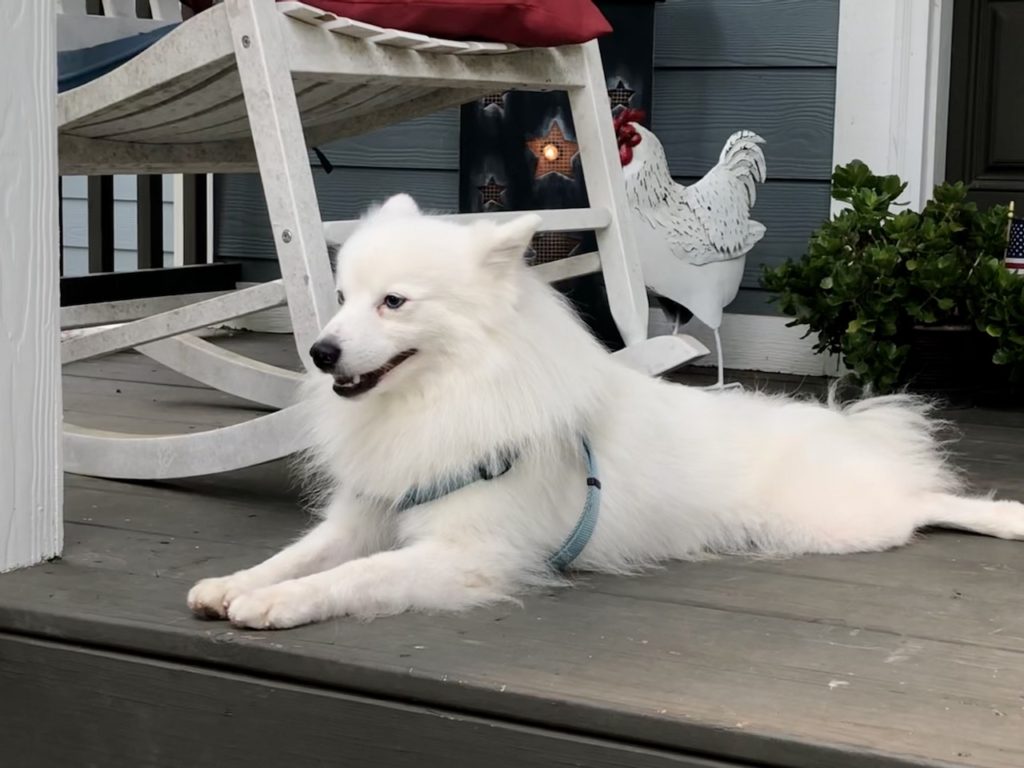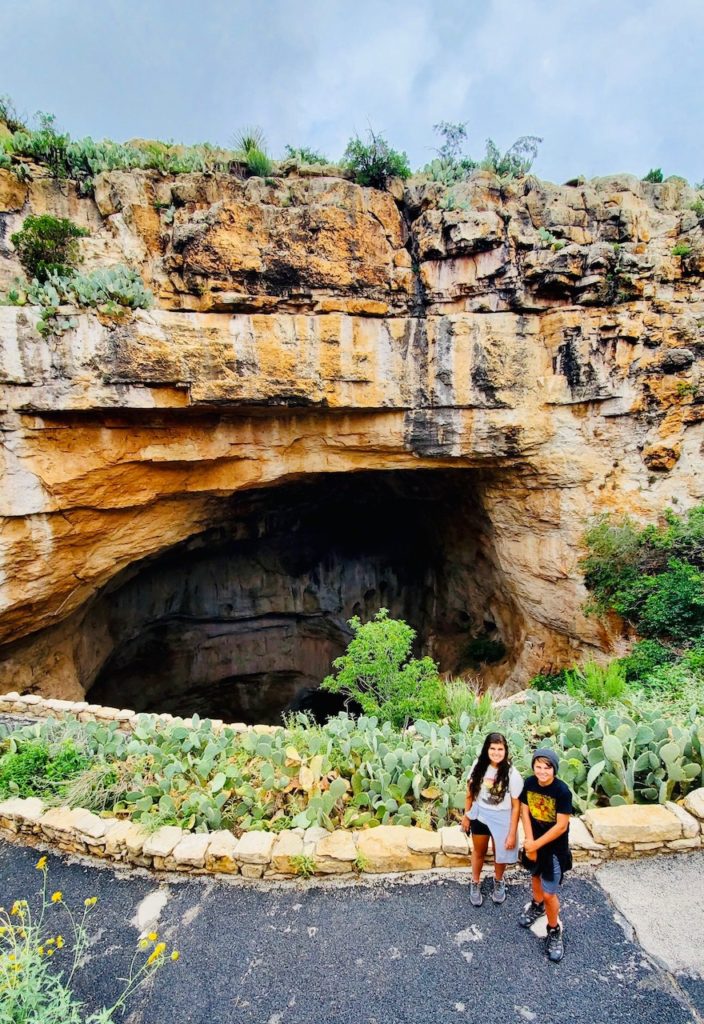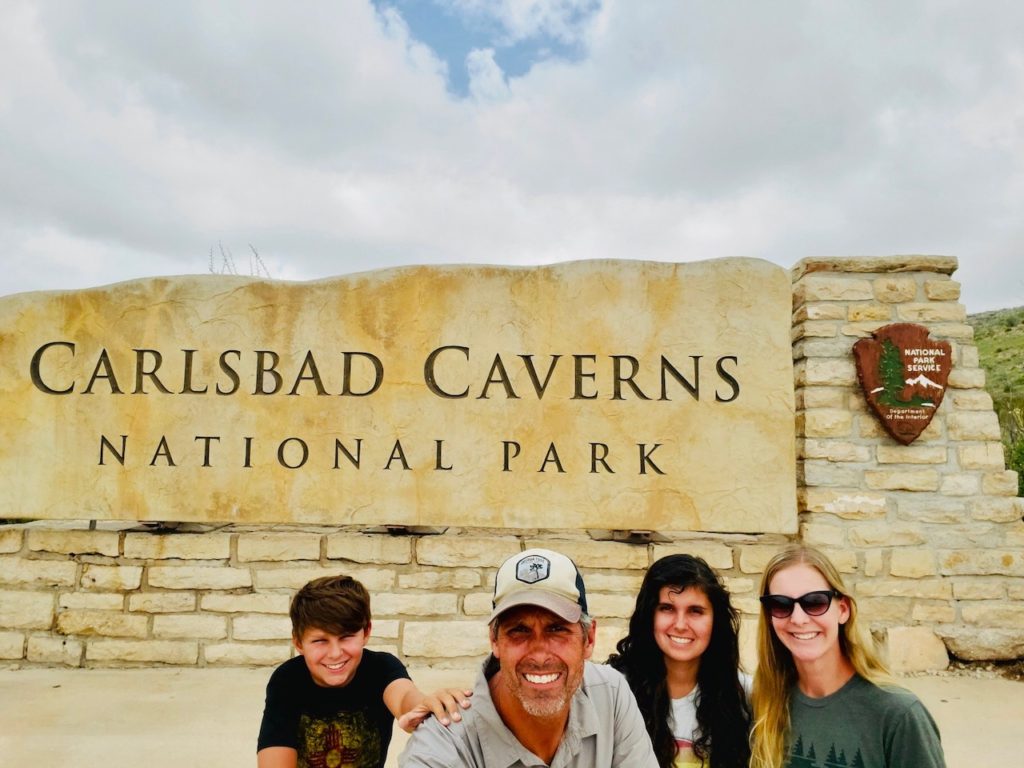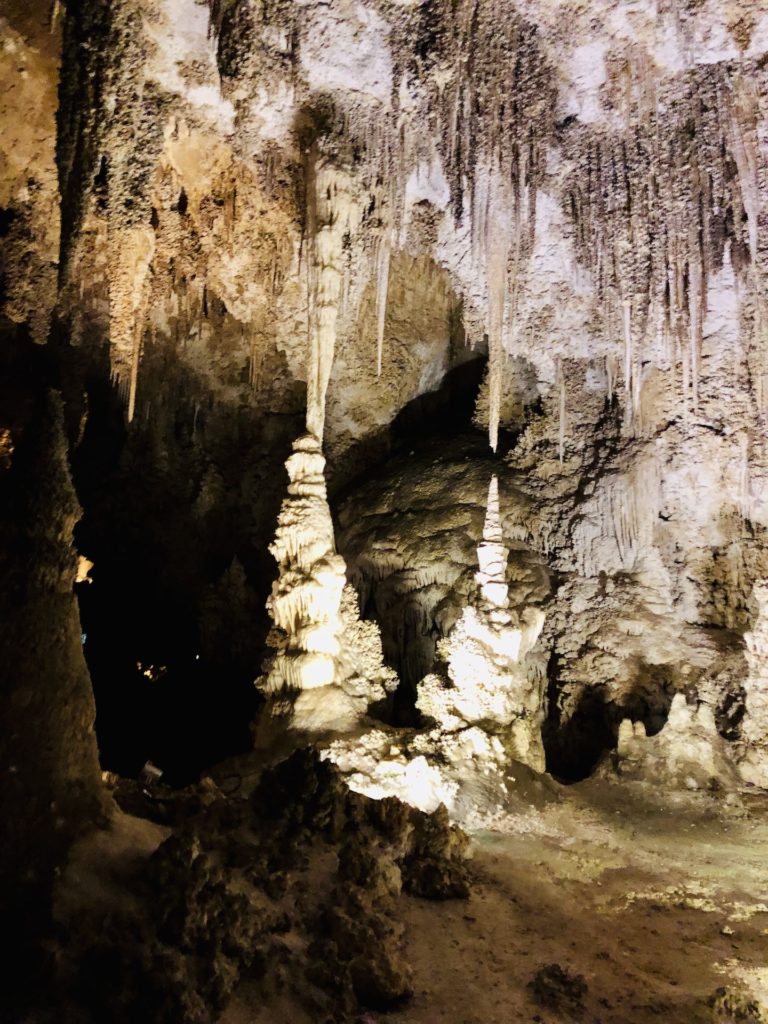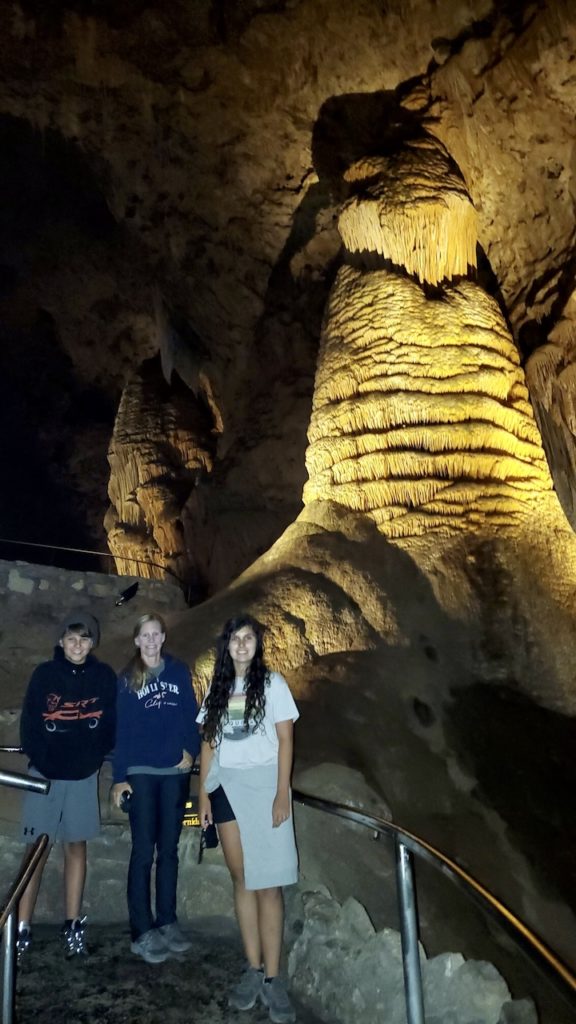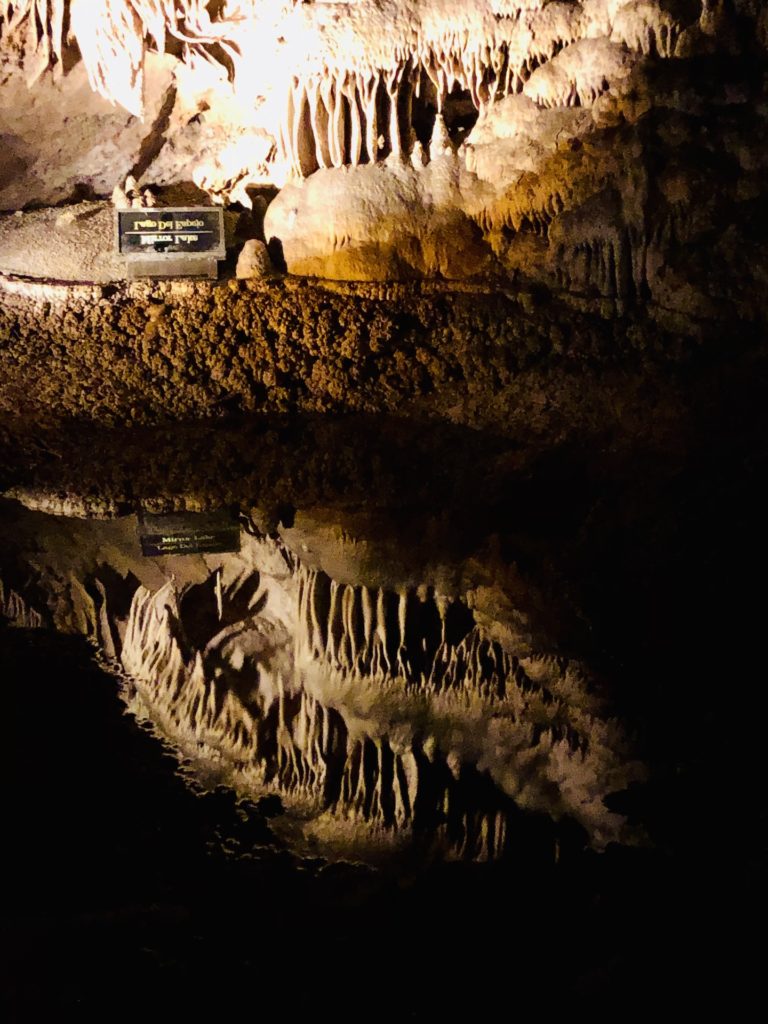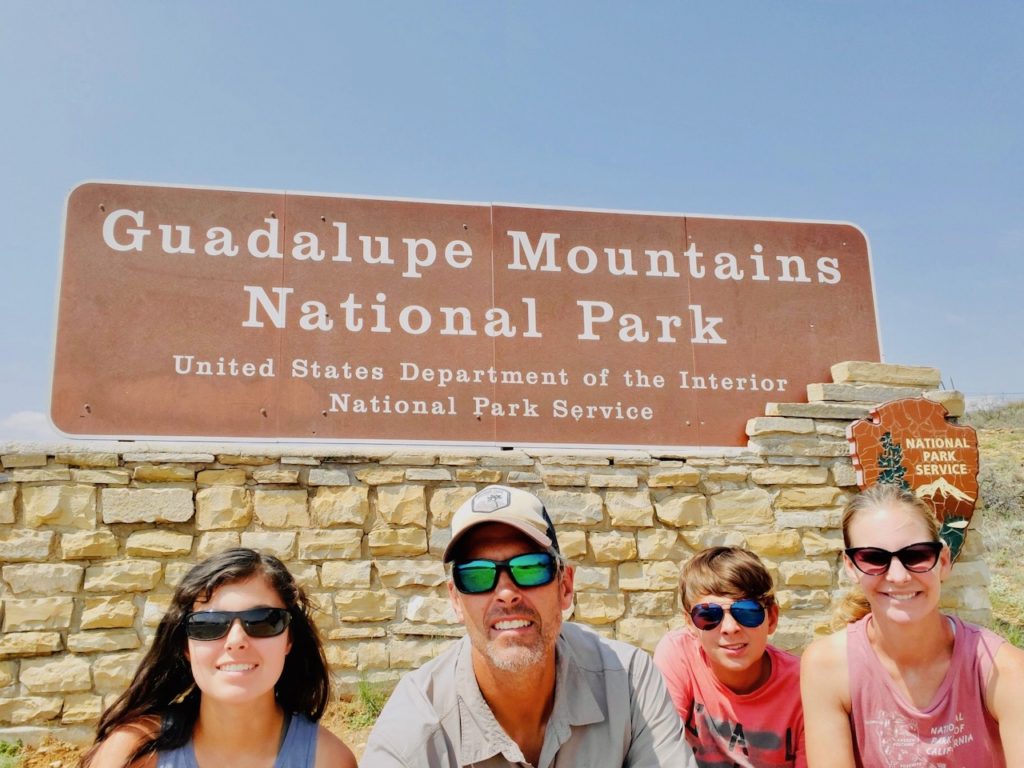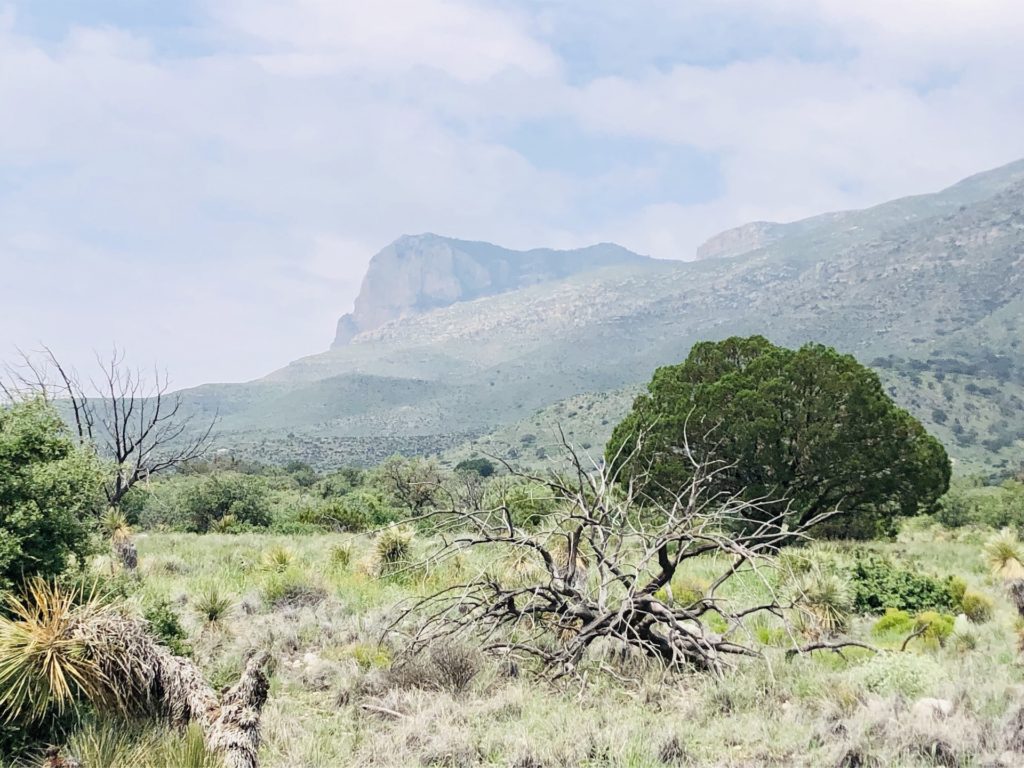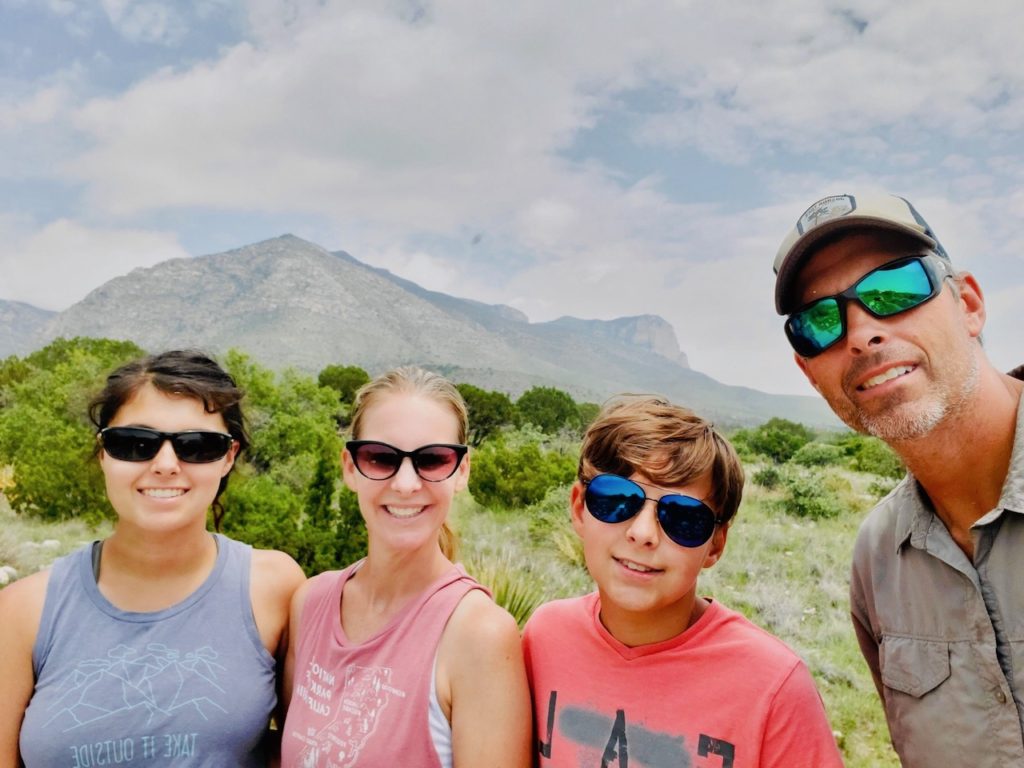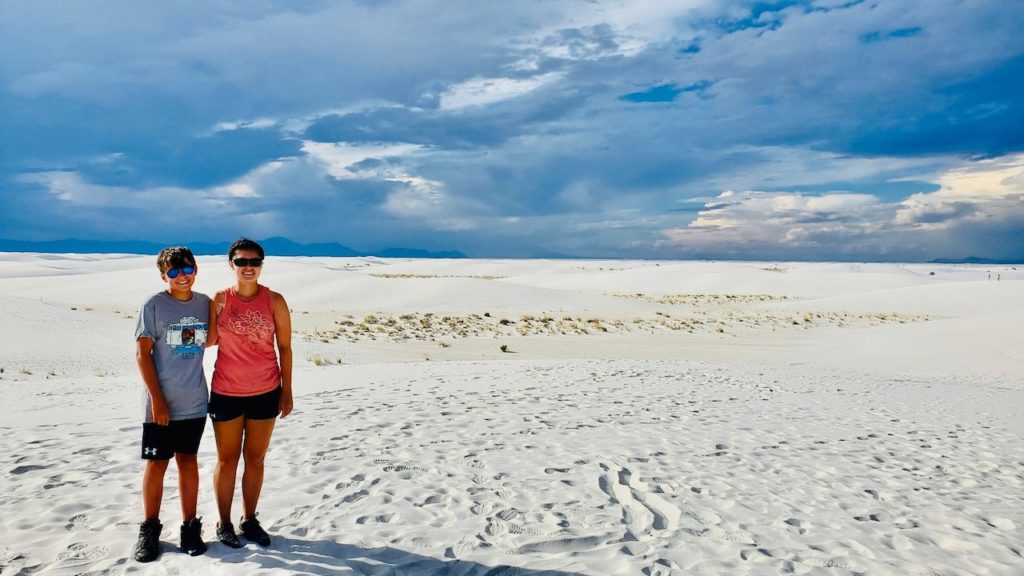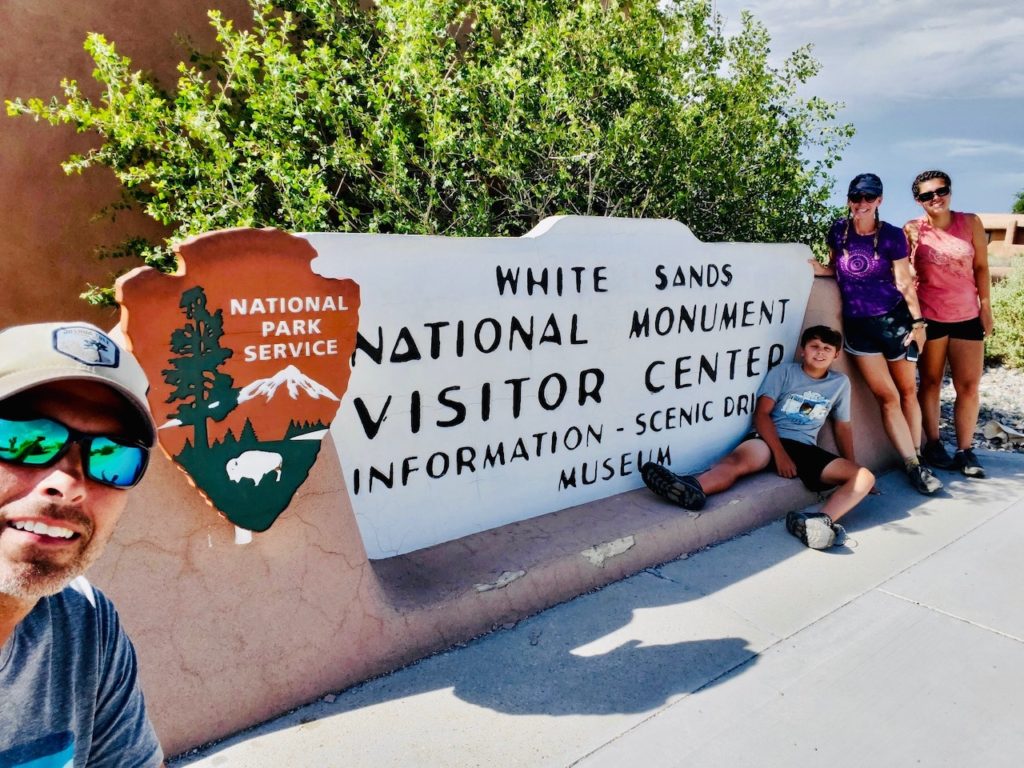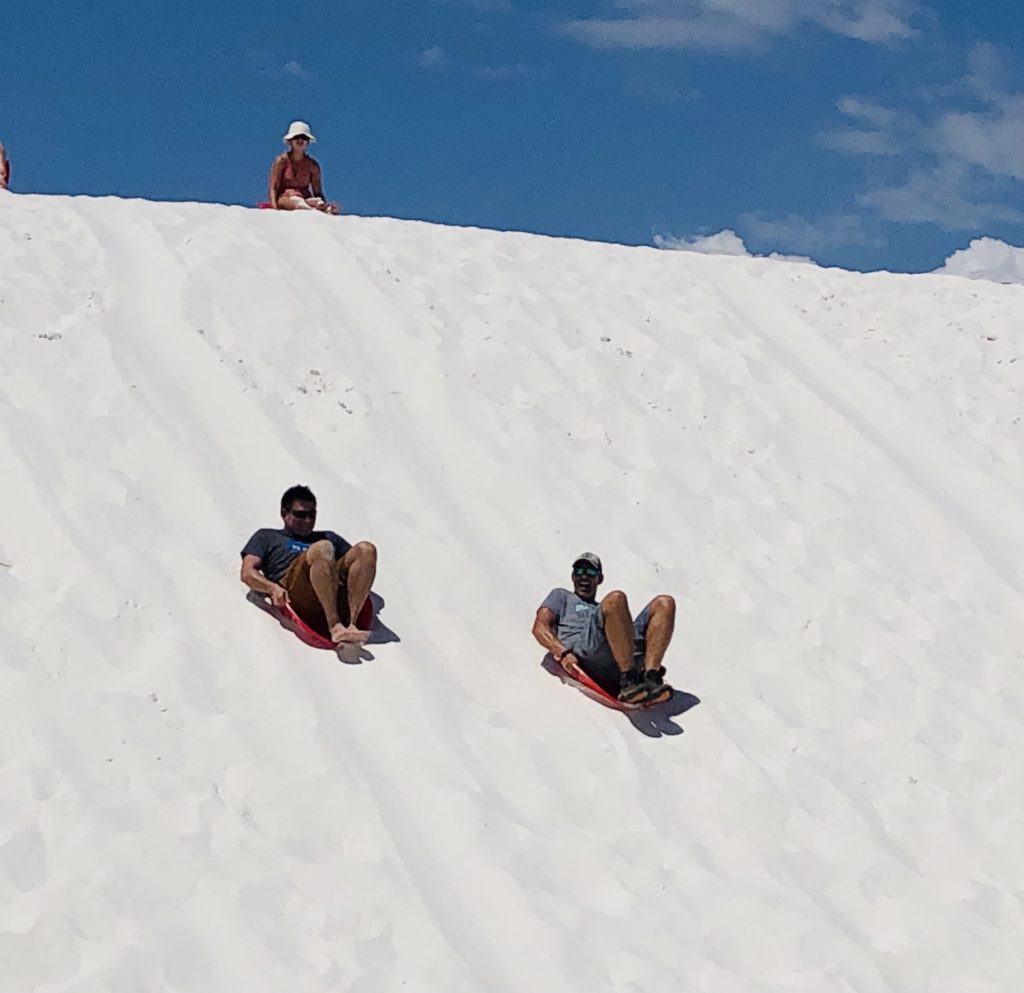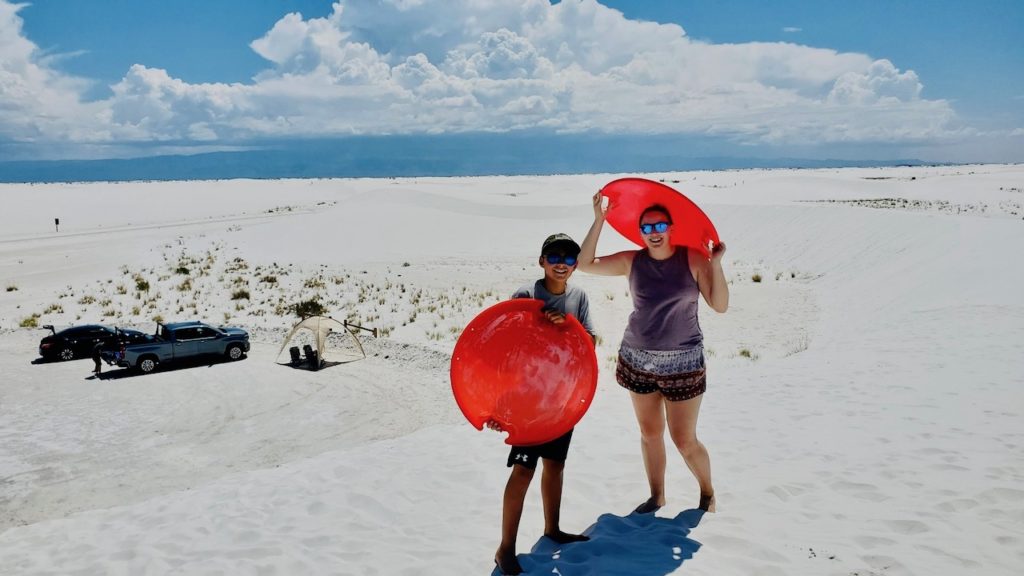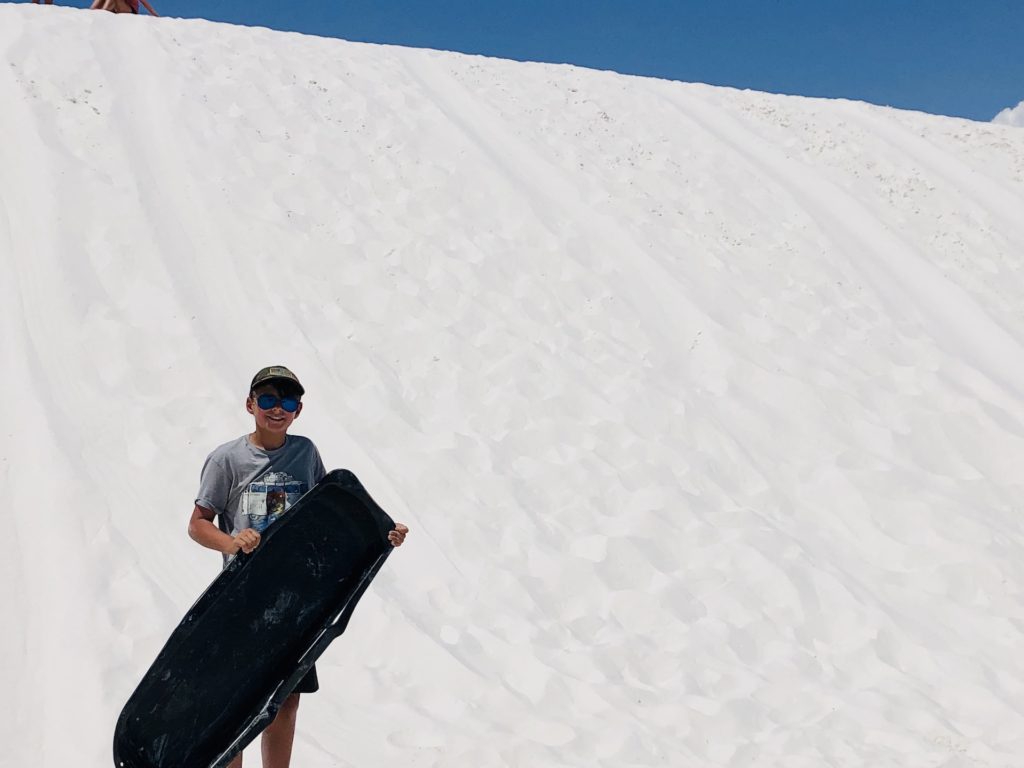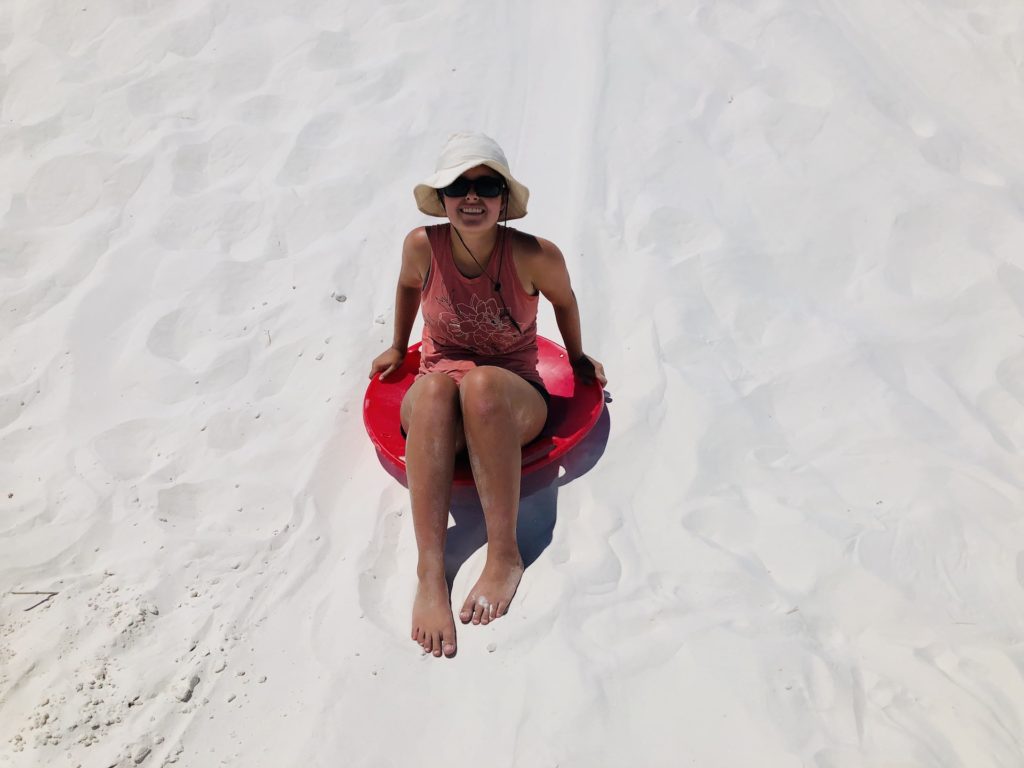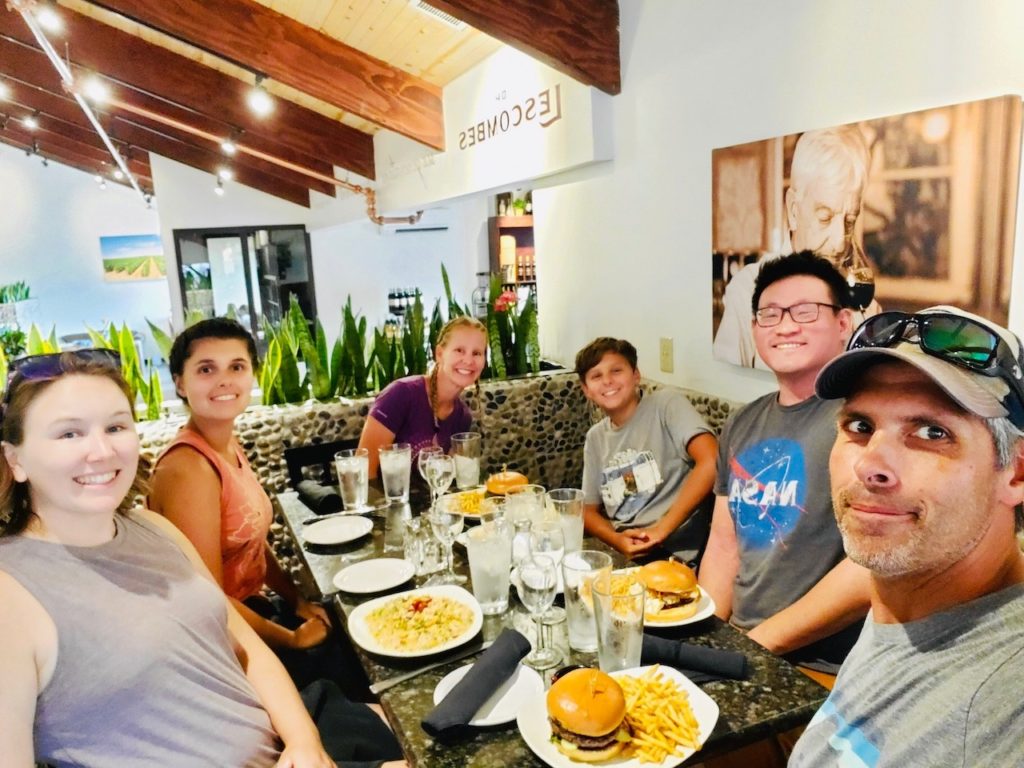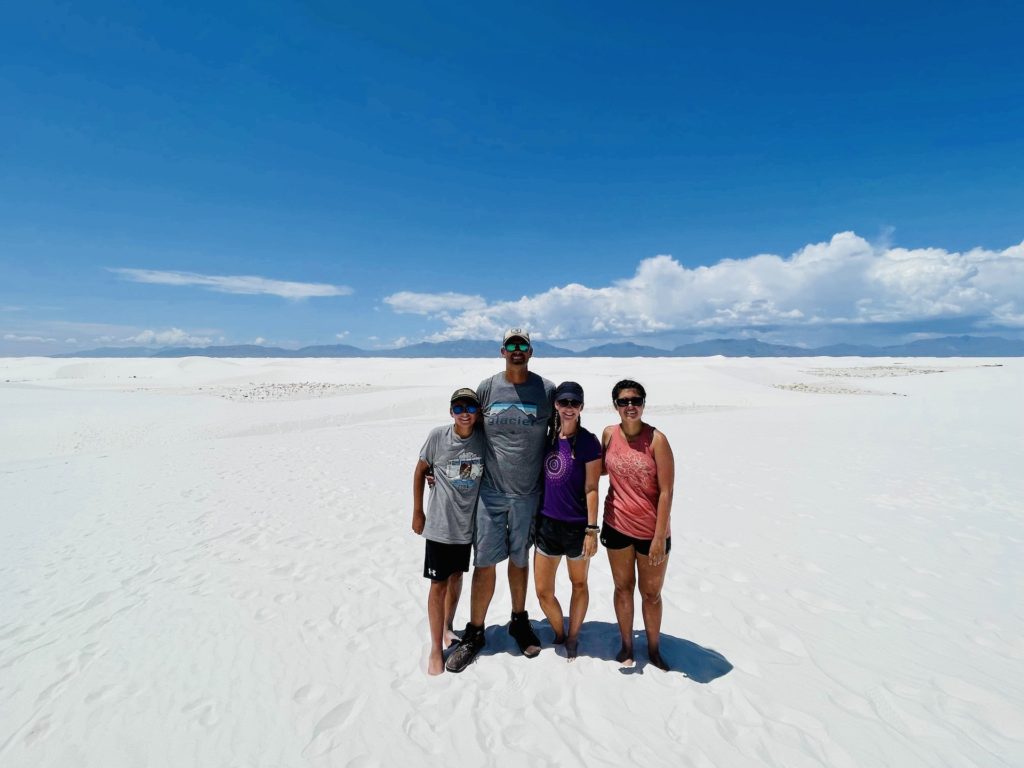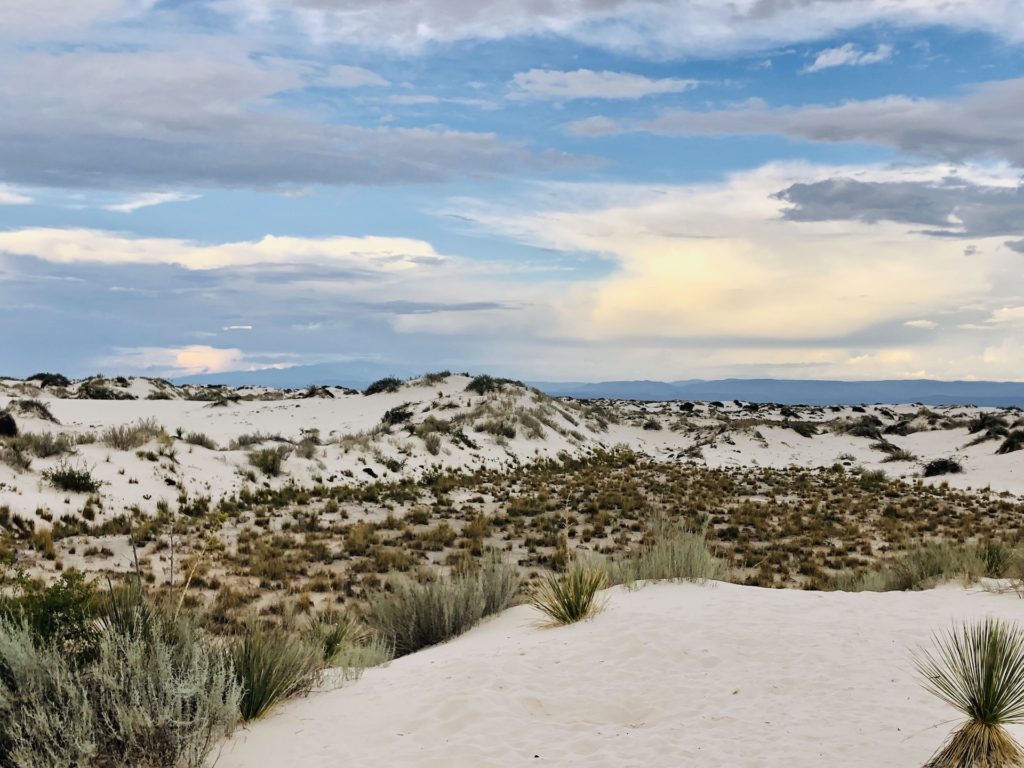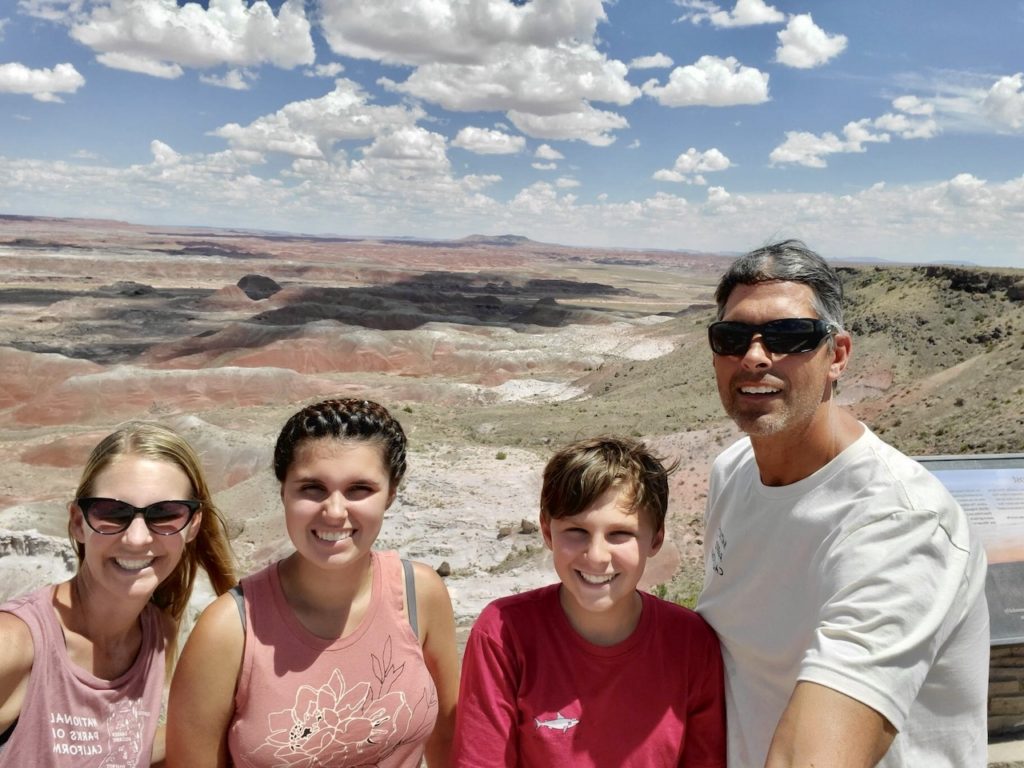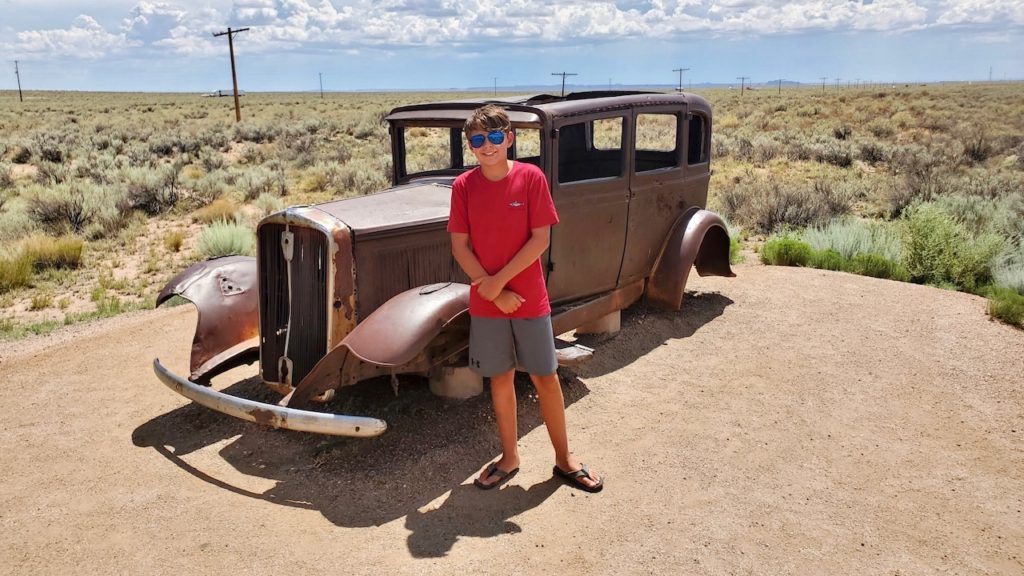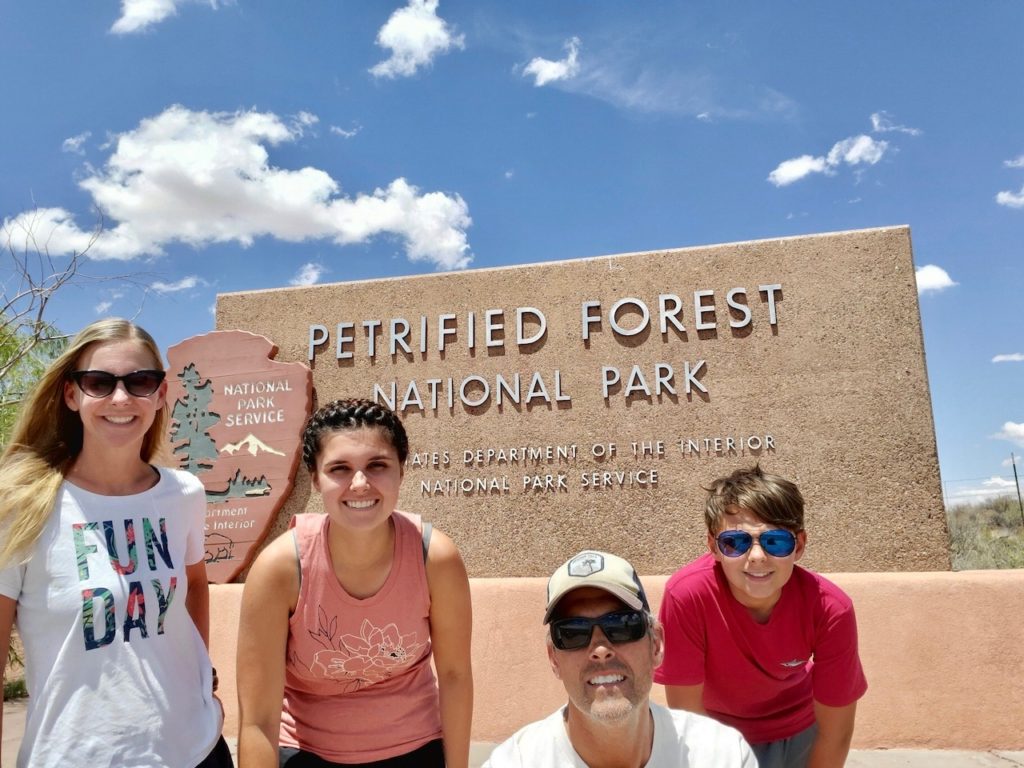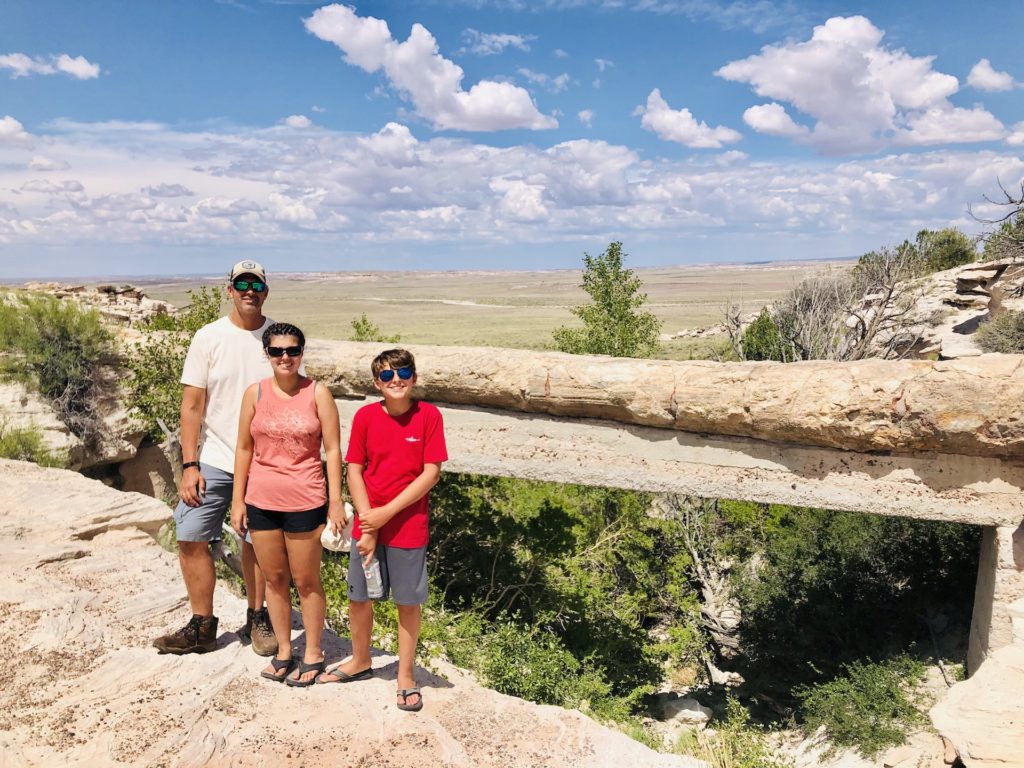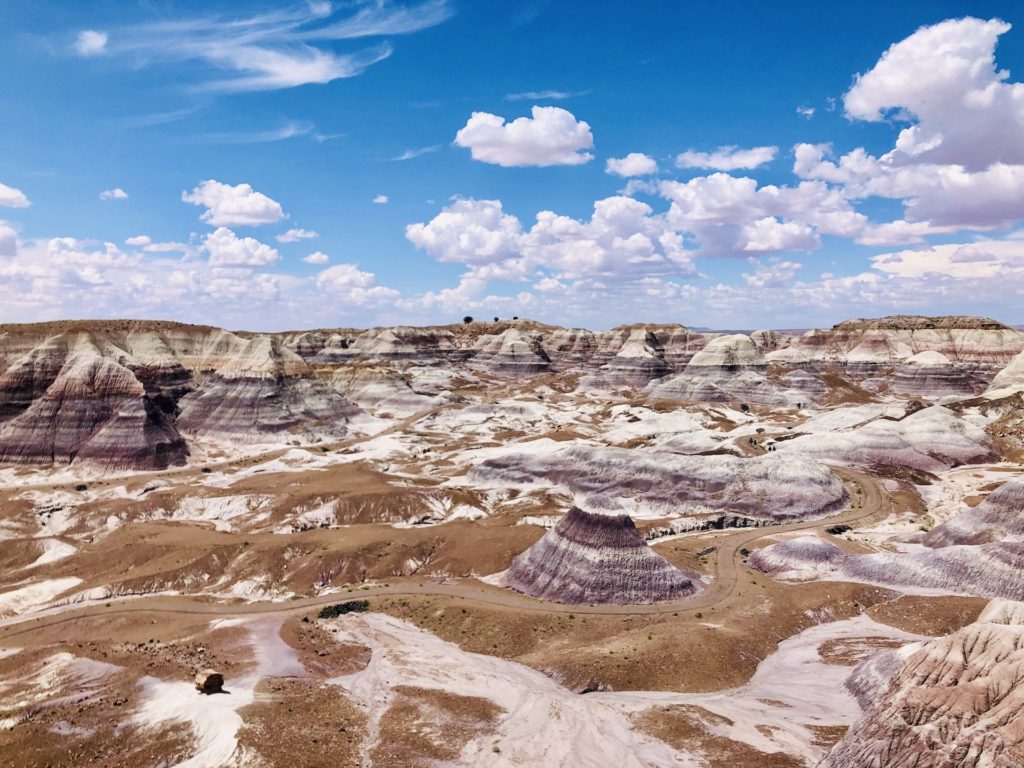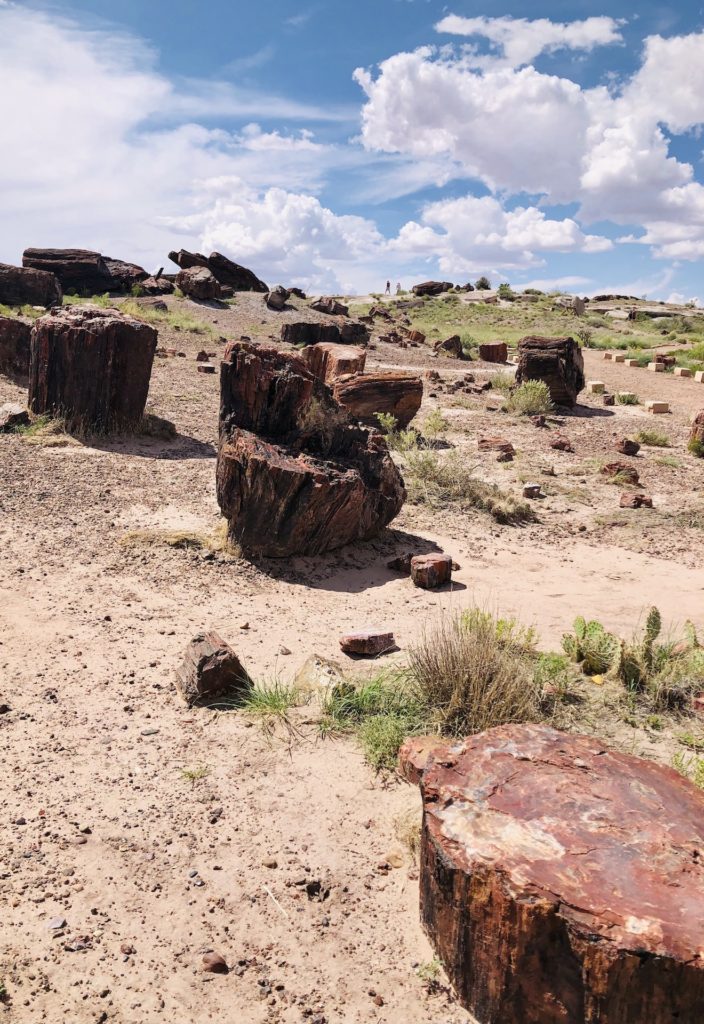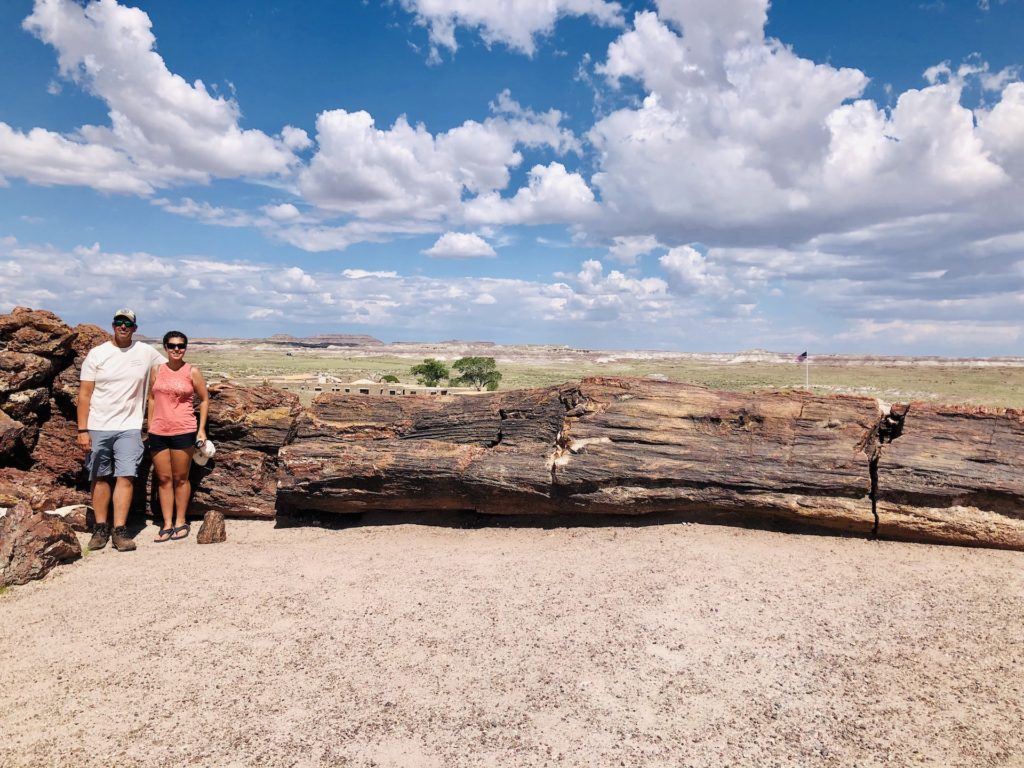I’ve always been curious about the Big Horn Mountains which are a spur of the Rocky Mountains in northwest Wyoming. The Big Horn Mountains are characterized by high alpine meadows and towering peaks. We drove in through Sheridan, Wyoming and made our way to the Dead Swede campground, named for…the dead Swede buried in the area. To get there, we drove several miles over partially packed gravel, but it was no problem. The elevation of the campground was approximately 8,400 feet. The high alpine meadows were filled with wildlife, and we saw five bull moose off the side of the road as we drove in. Our campsite was just a few feet from the south fork of the Tongue River which is a good trout fishery. Once we set up camp, Eli explored the granite boulder field and Korin found a moose resting in a nearby meadow, about 100 yards from our campsite. In the evening, Eli and I cast a few lures into the river and caught a few brook trout. As we settled down for an evening fire very friendly deer wandered into our site and it was clear they have been habituated to human presence. This made for an interesting evening.
The next morning we were greeted by a big cow moose in our campsite. There is nothing like having your morning coffee in the trailer while watching a moose. The morning was beautiful, so we decided to complete a hike up the Black Mountain Fire Lookout. We took a dirt road to a fire road, crossed a stream with the truck and set out on our hike up a 1 ½ mile path gaining 1500 feet. The hike was steep, and we were winded from the elevation, but it was rewarding at the end. At the top, we found a fire lookout station where rangers live during peak fire season. We had a clear view of the cloud peak wilderness with peaks as high as 13,000 feet but soon after we got to the summit, clouds rolled in, so we decided to head back down. That night was the strongest storm we’ve been in while camping. The wind was howling, we heard branches falling and the hail was intense. Our tailer was blowing around quite a bit. When we woke up there was quarter inch hail all over the ground, but it melted quickly as the sun came up over the mountain tops. Steam was coming off the trees as the dry air moved in and there were some very unhappy tent campers that decided they had enough of the big horns. The tongue river was swollen from the night storm and the fishing conditions dramatically improved. While catching trout along the bank I also got to see a river otter emerge from its den. That afternoon we did a hike along the south fork of the tongue river and Eli and I caught many brook trout as we walked through the forest. Rain was threating again so we decided to take a drive to shell falls on the western side of the Big Horns. The view of the falls was spectacular. The next morning we packed up and headed down route 14A which turned out to be one of the steepest roads I’ve ever driven. It was 10% grade for 10 miles! Korin and Eli enjoyed the views across the valley into Yellowstone while I focused on the road. I definitely want to go back to the Big Horns due to the abundance of wildlife, great fishing and beautiful views. By the time we left, we had lost track of how many moose we saw while we were there.
